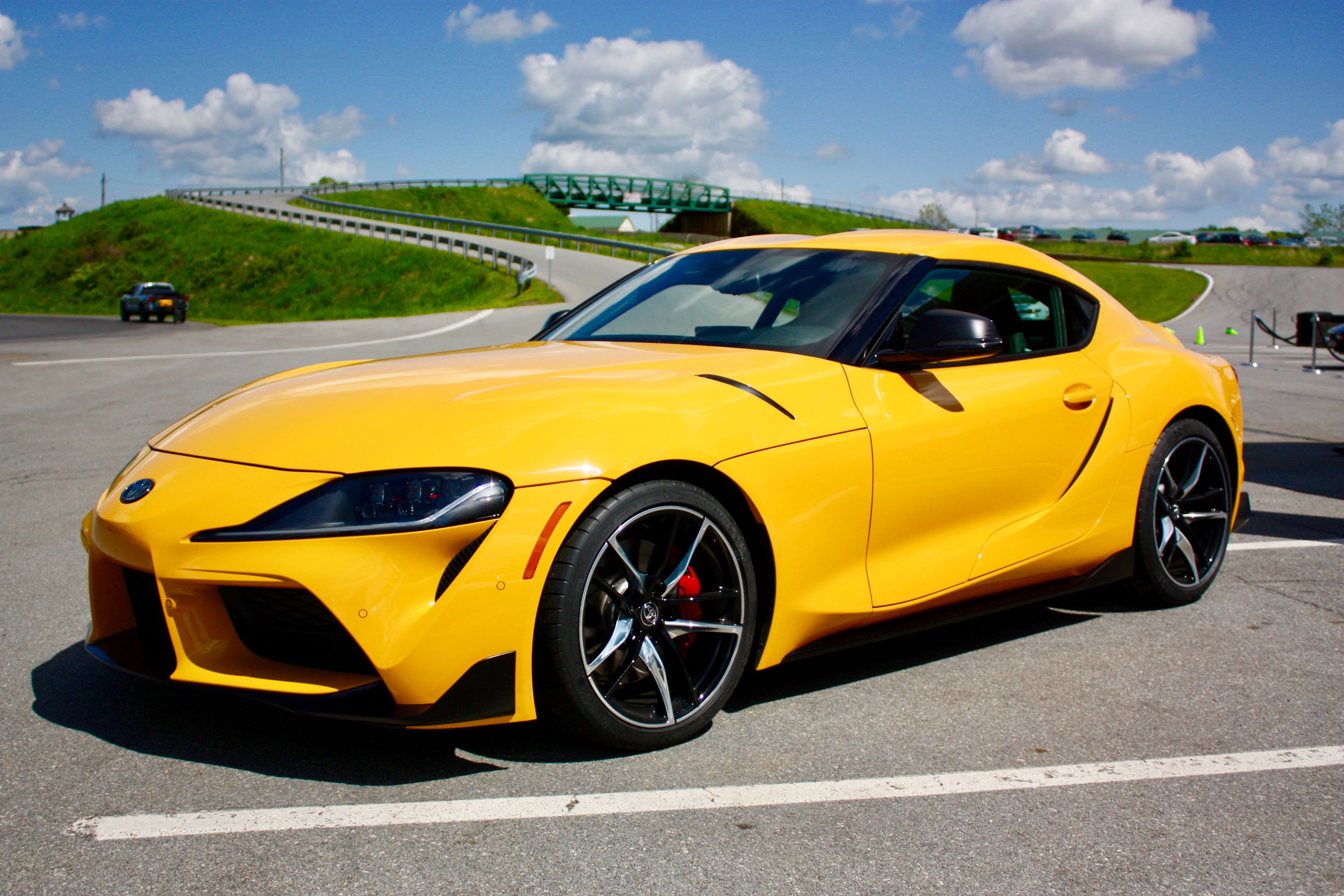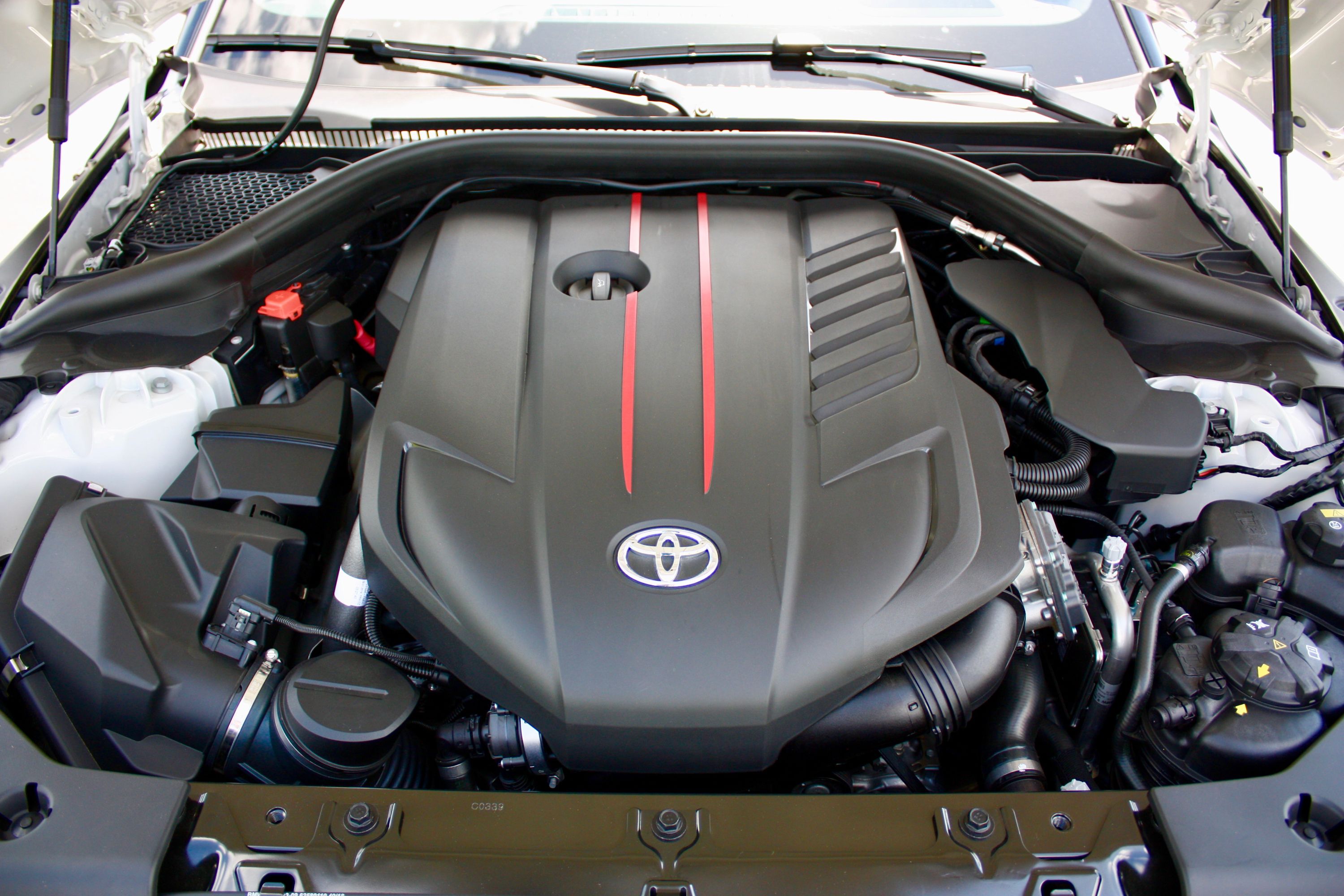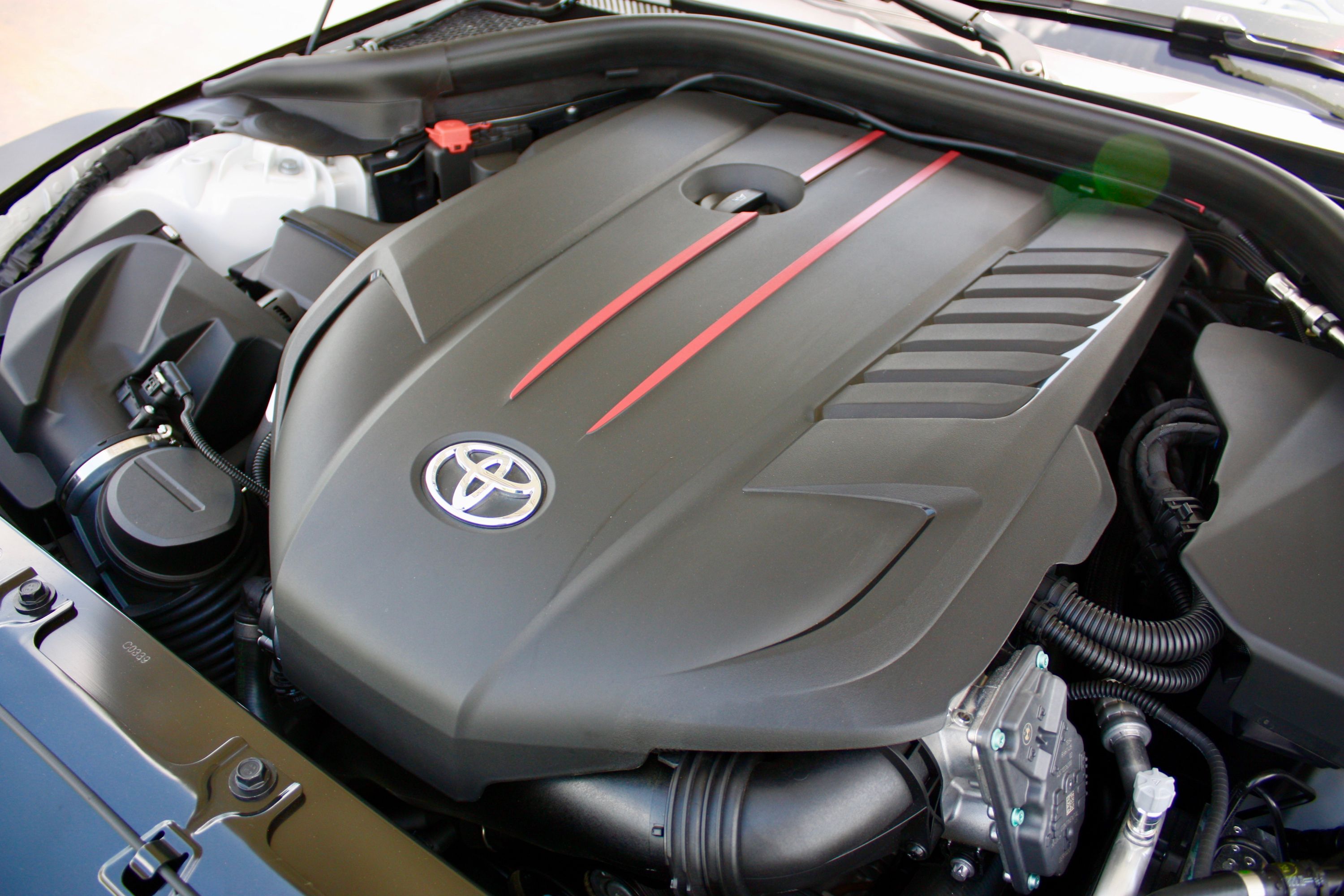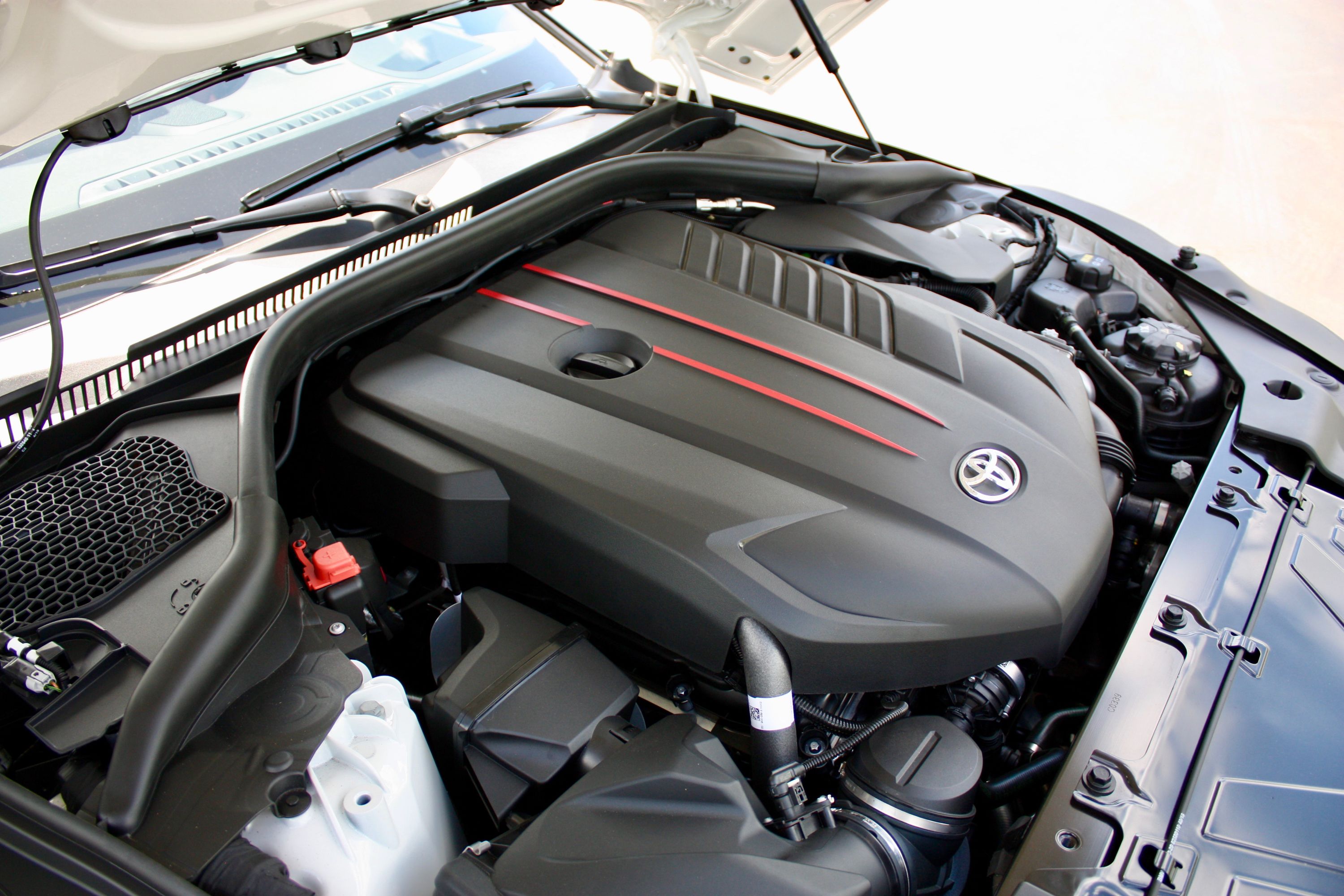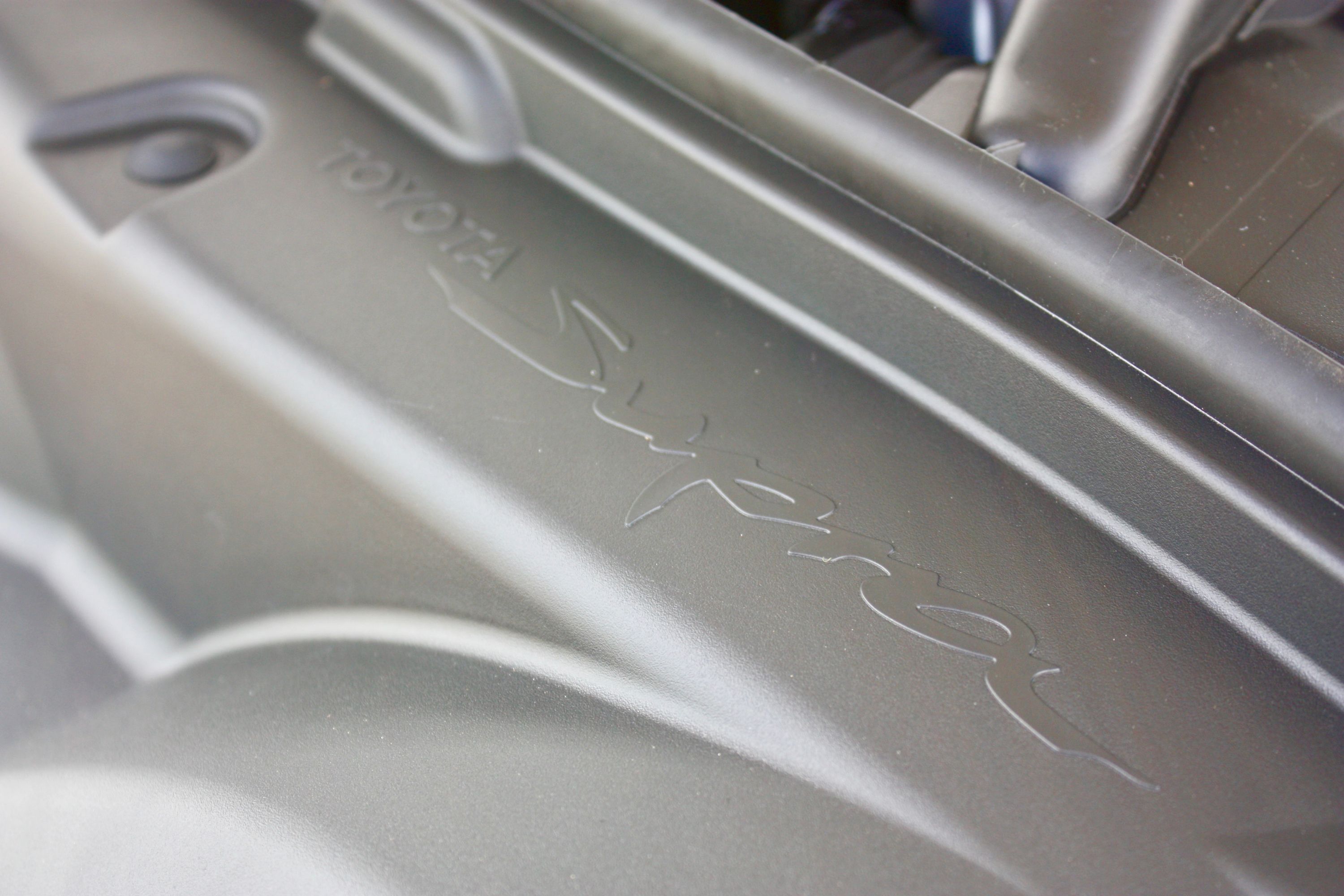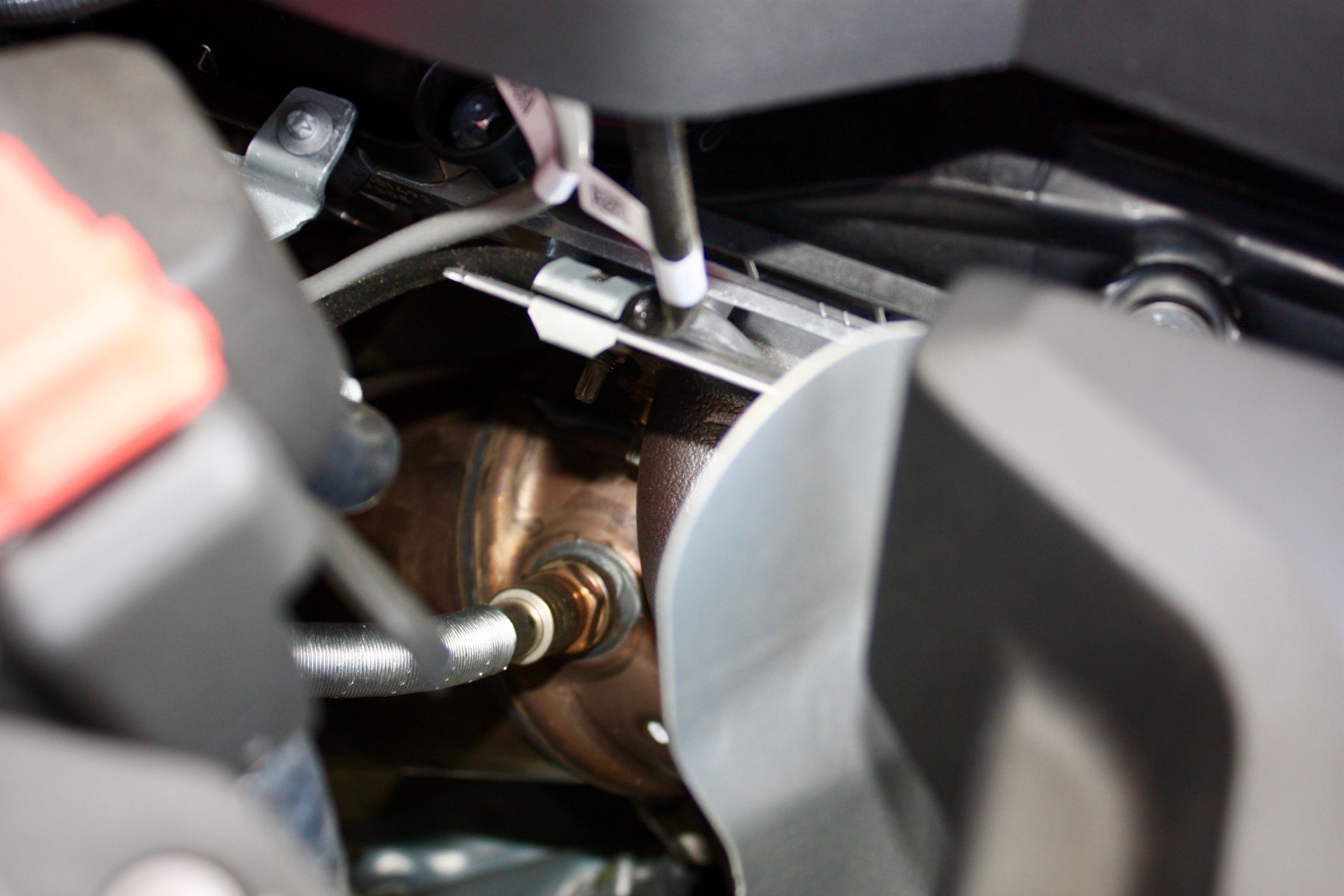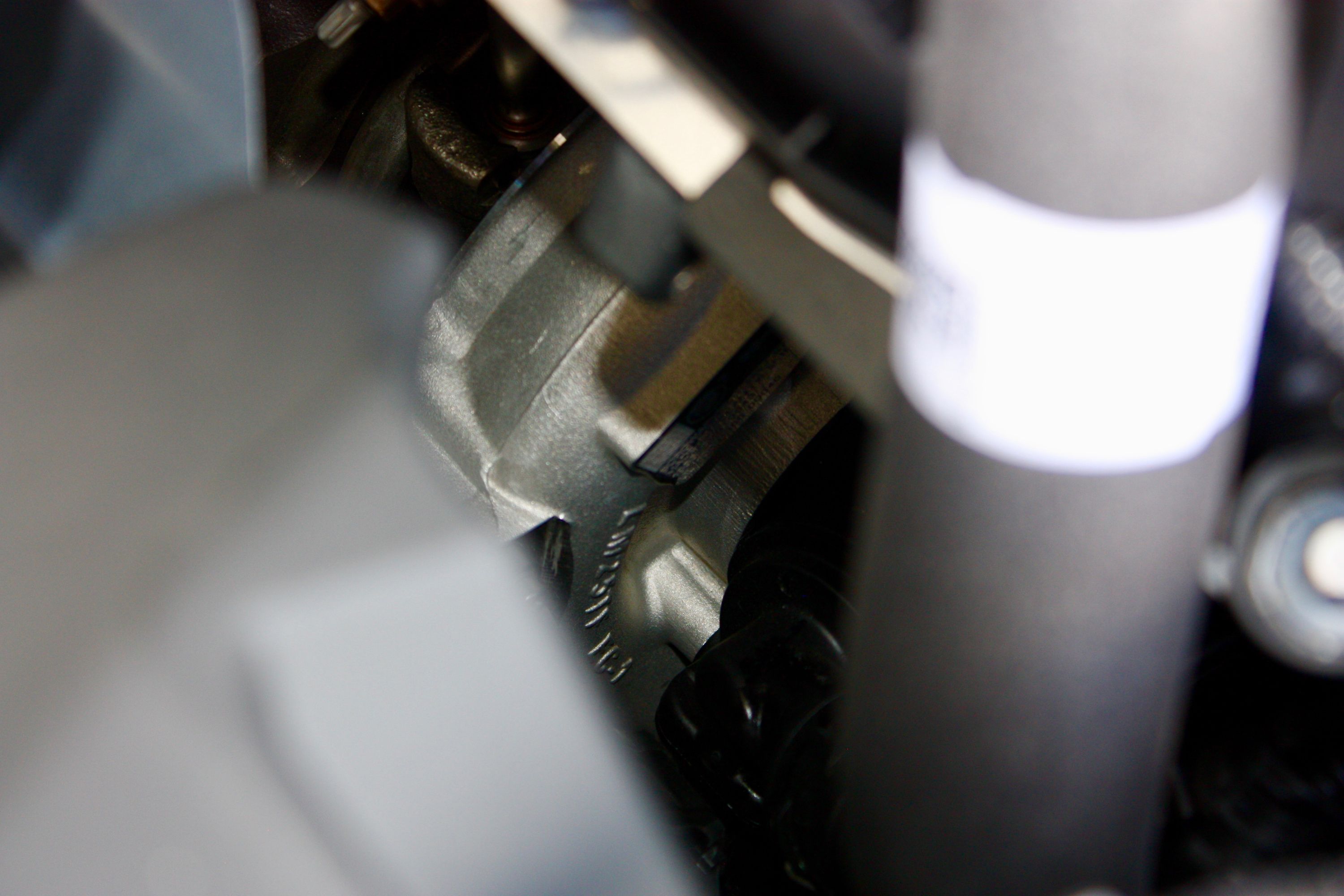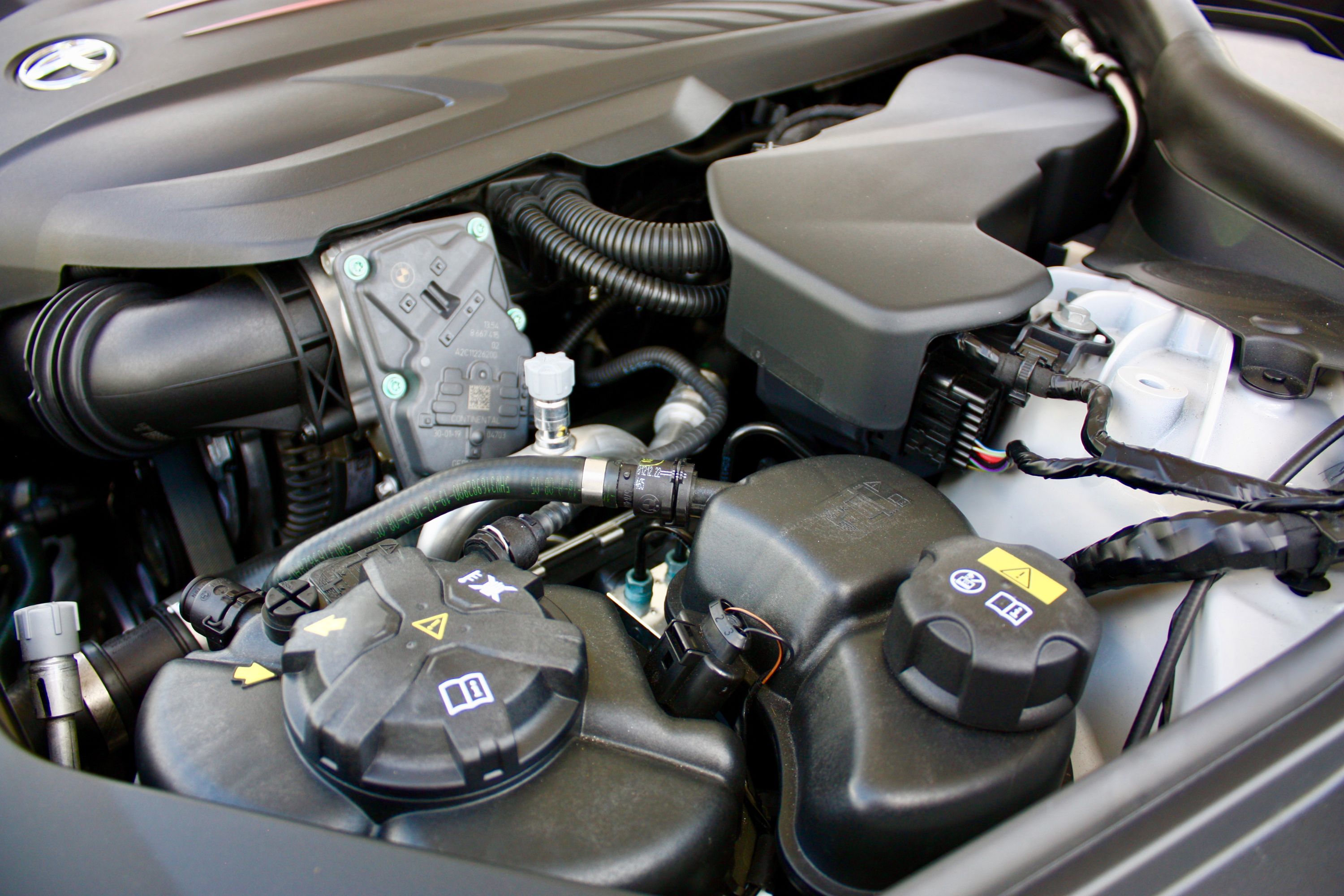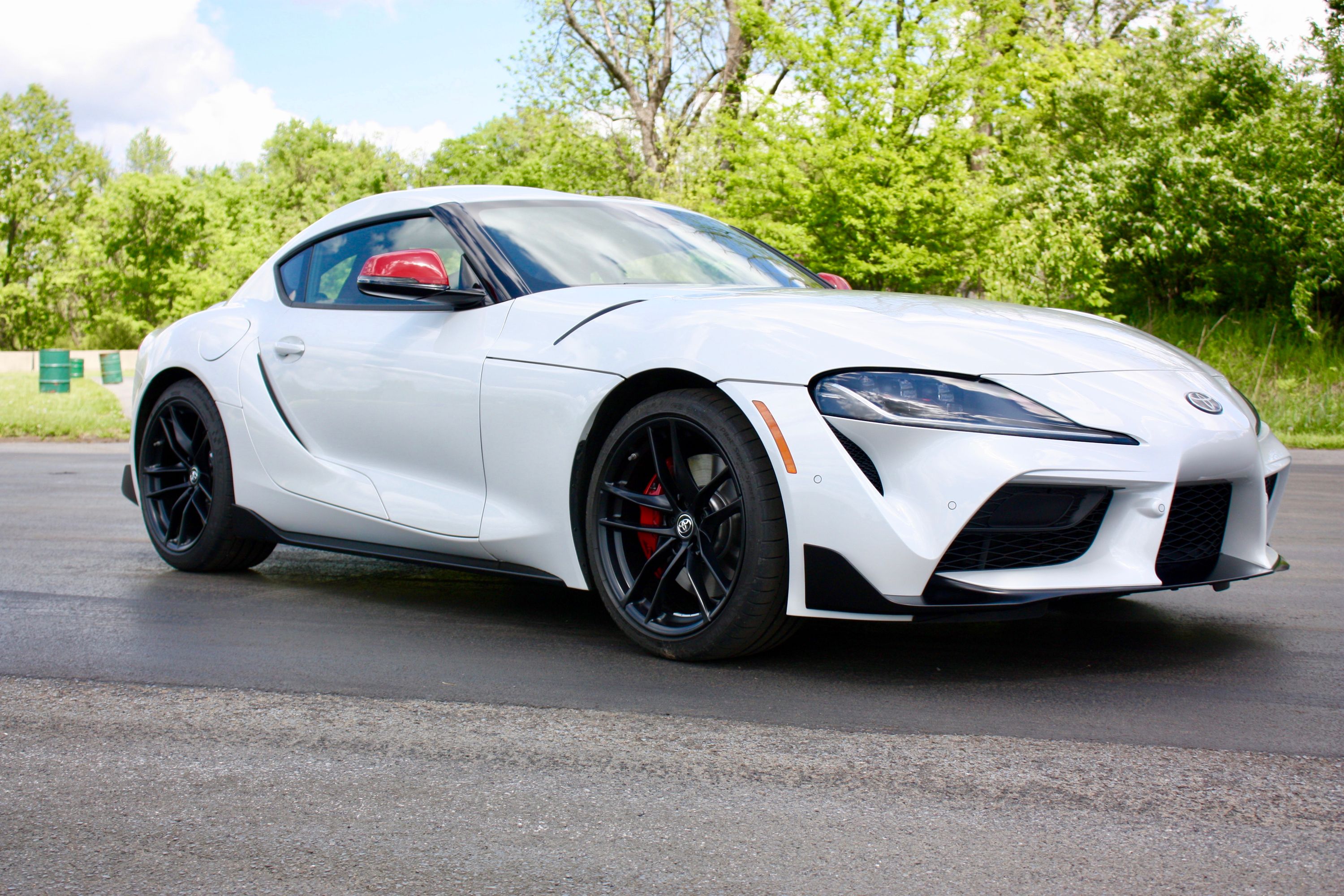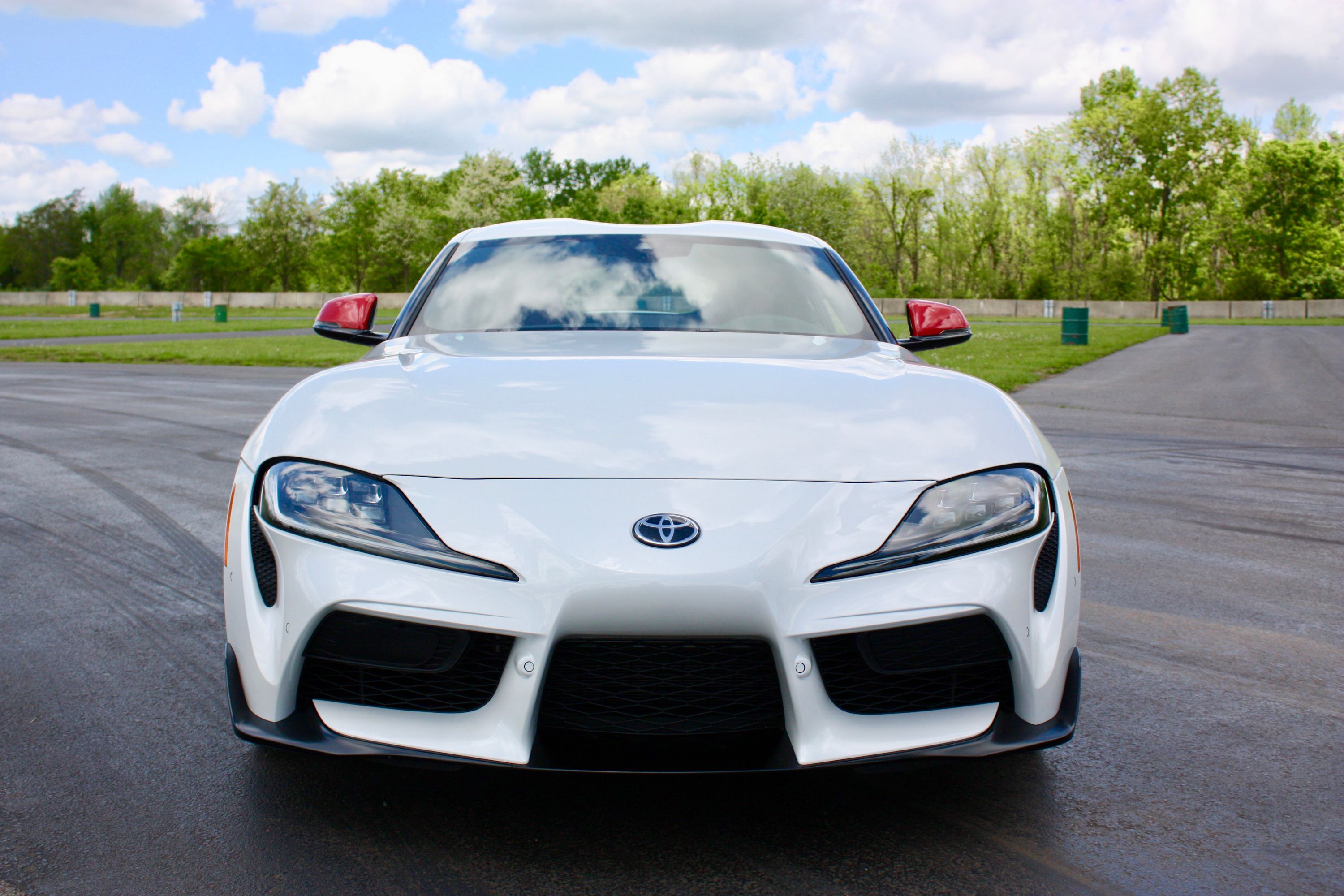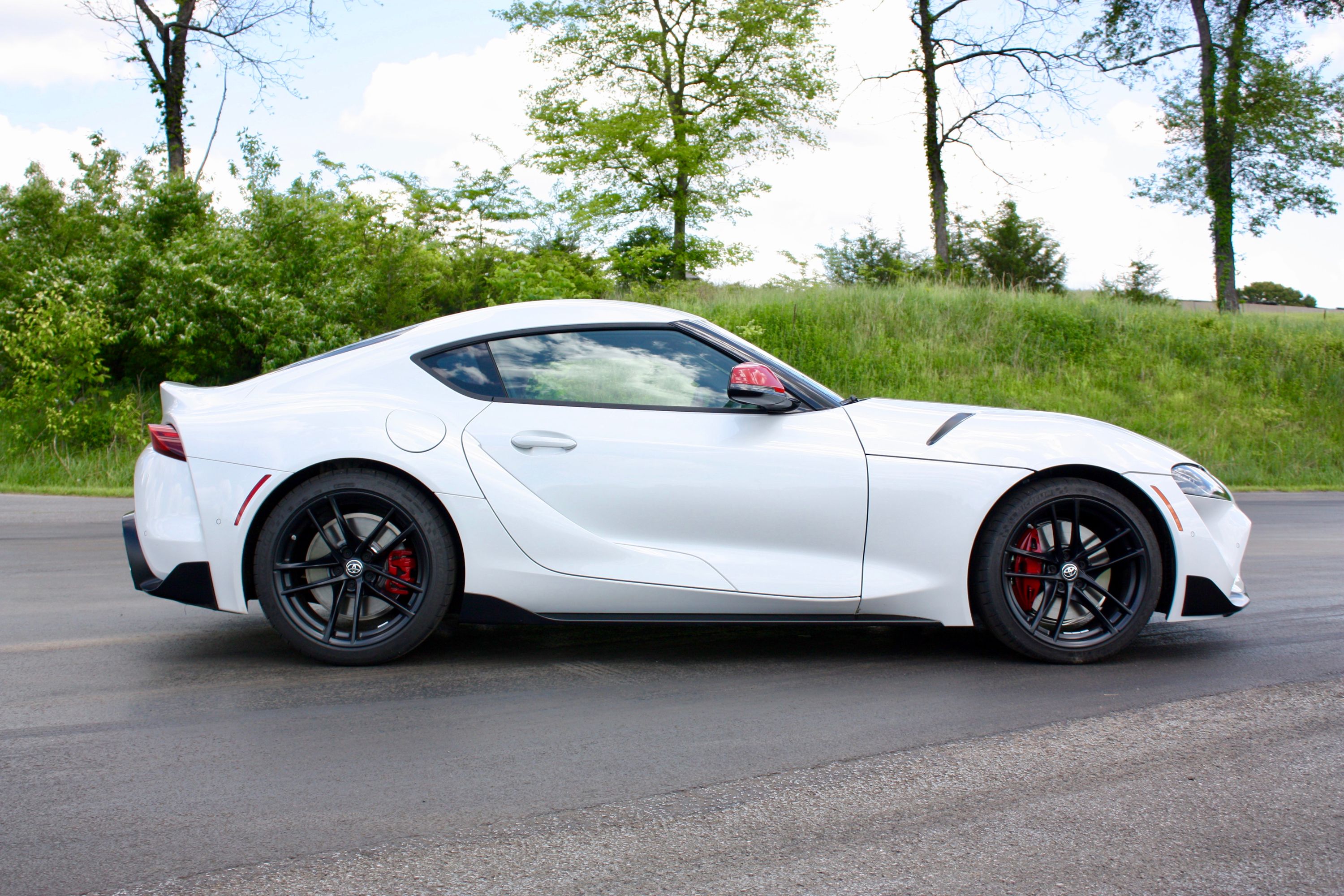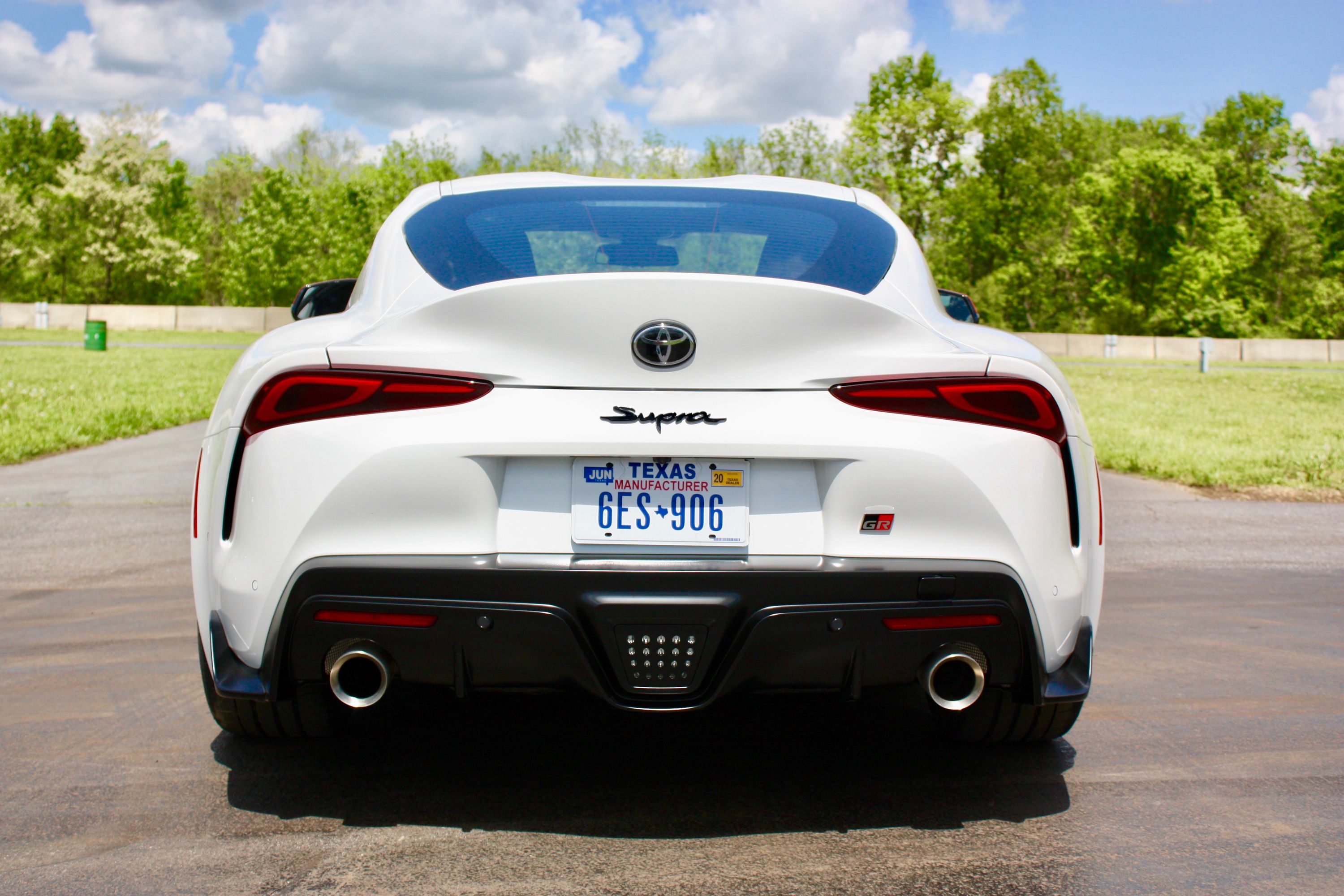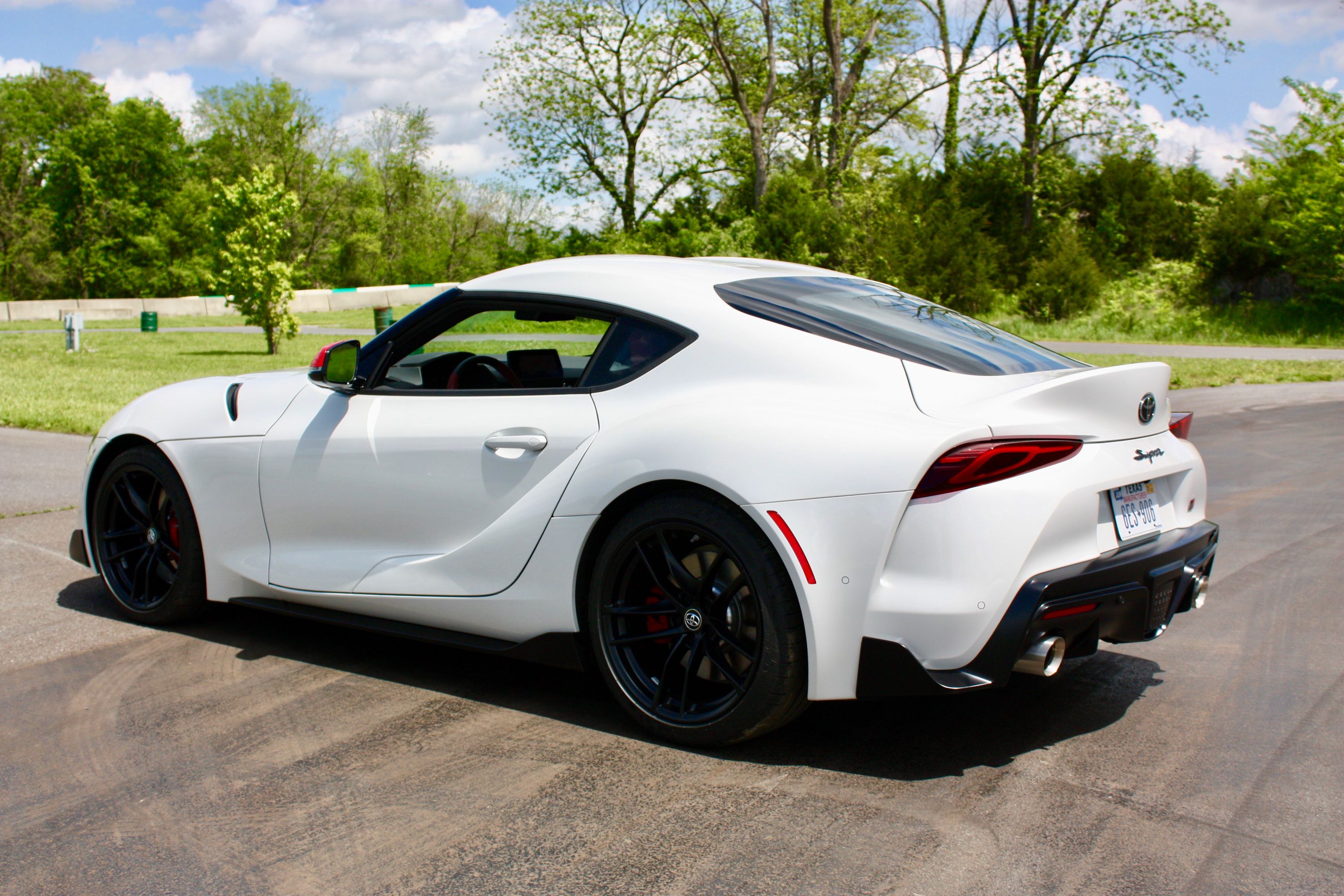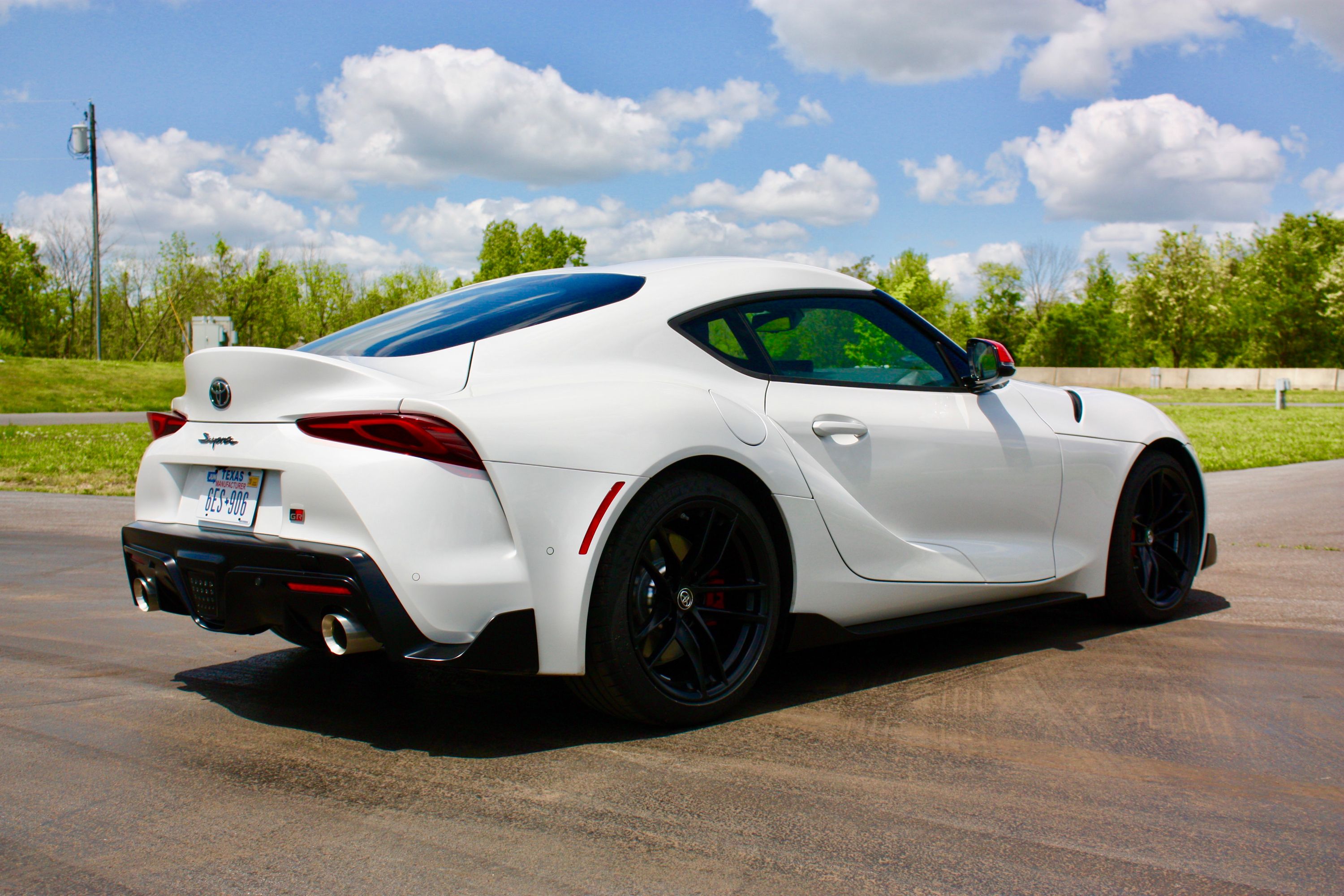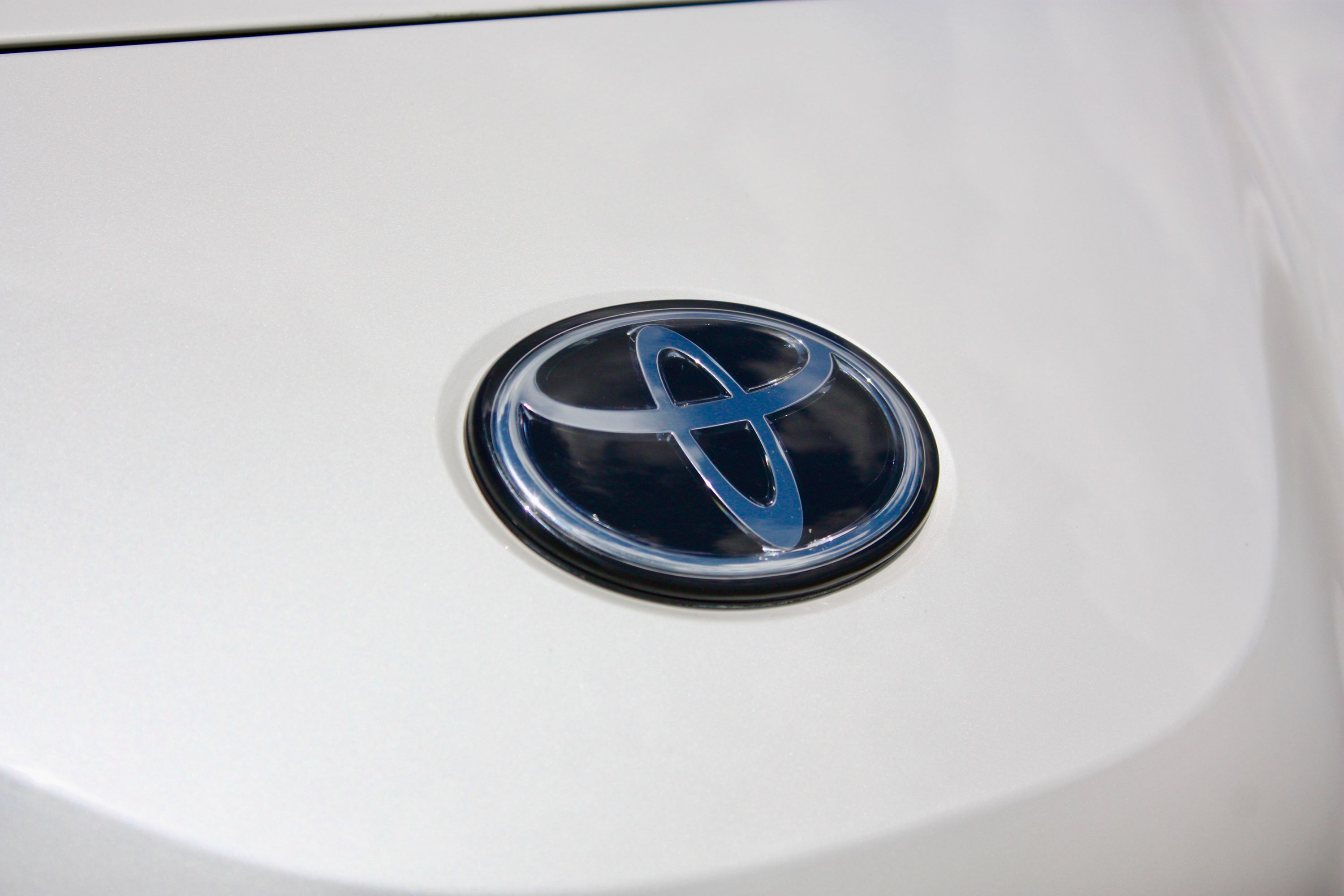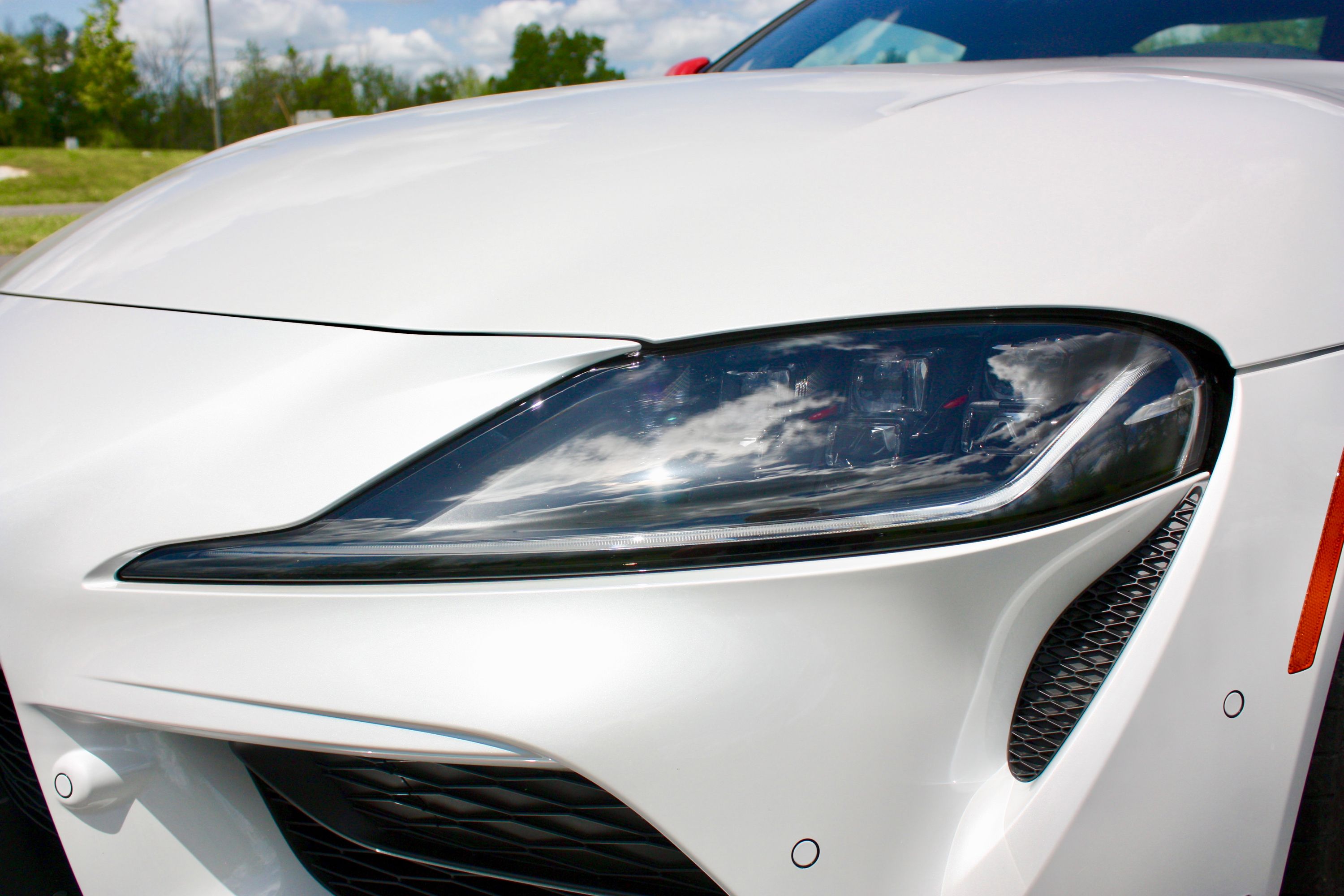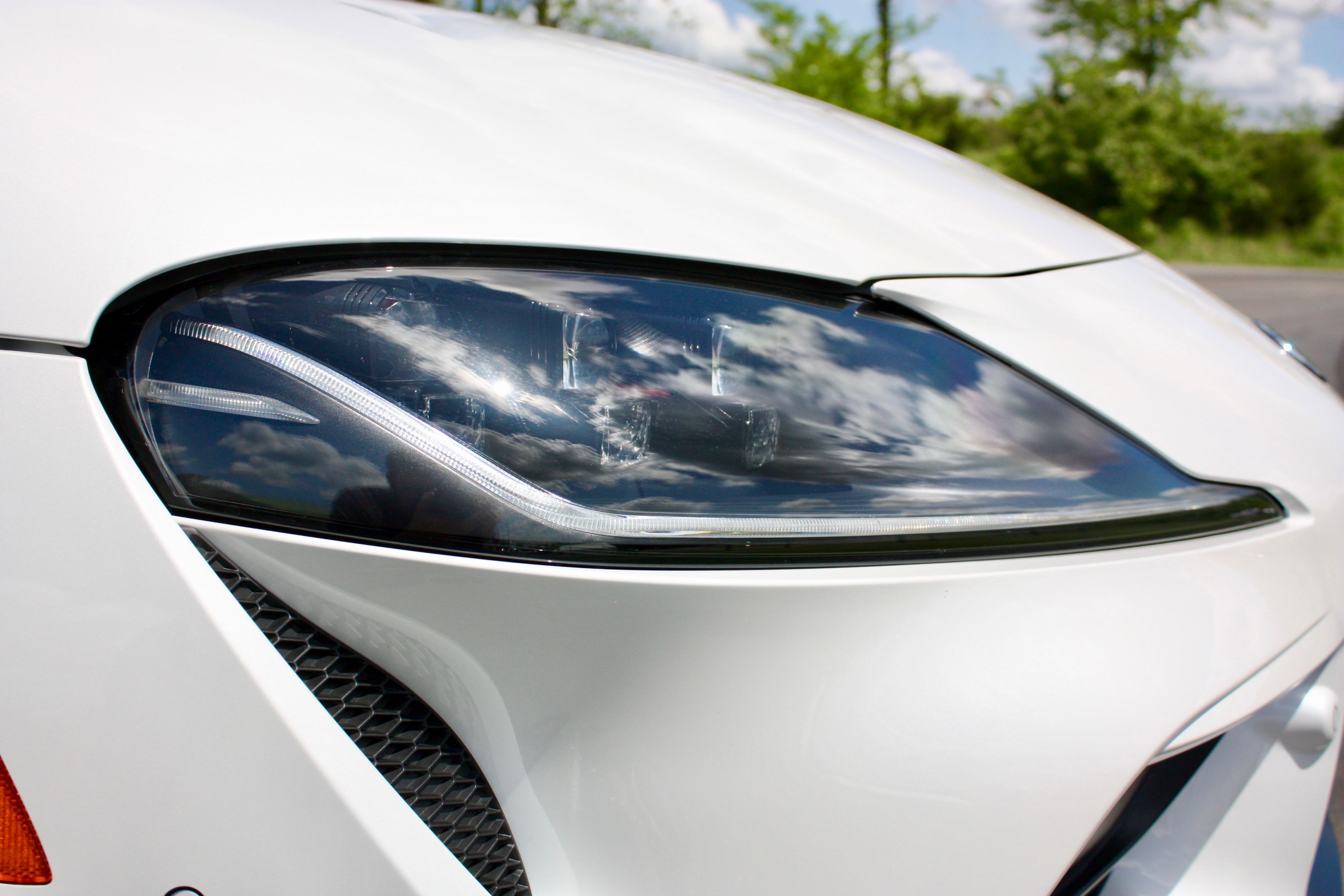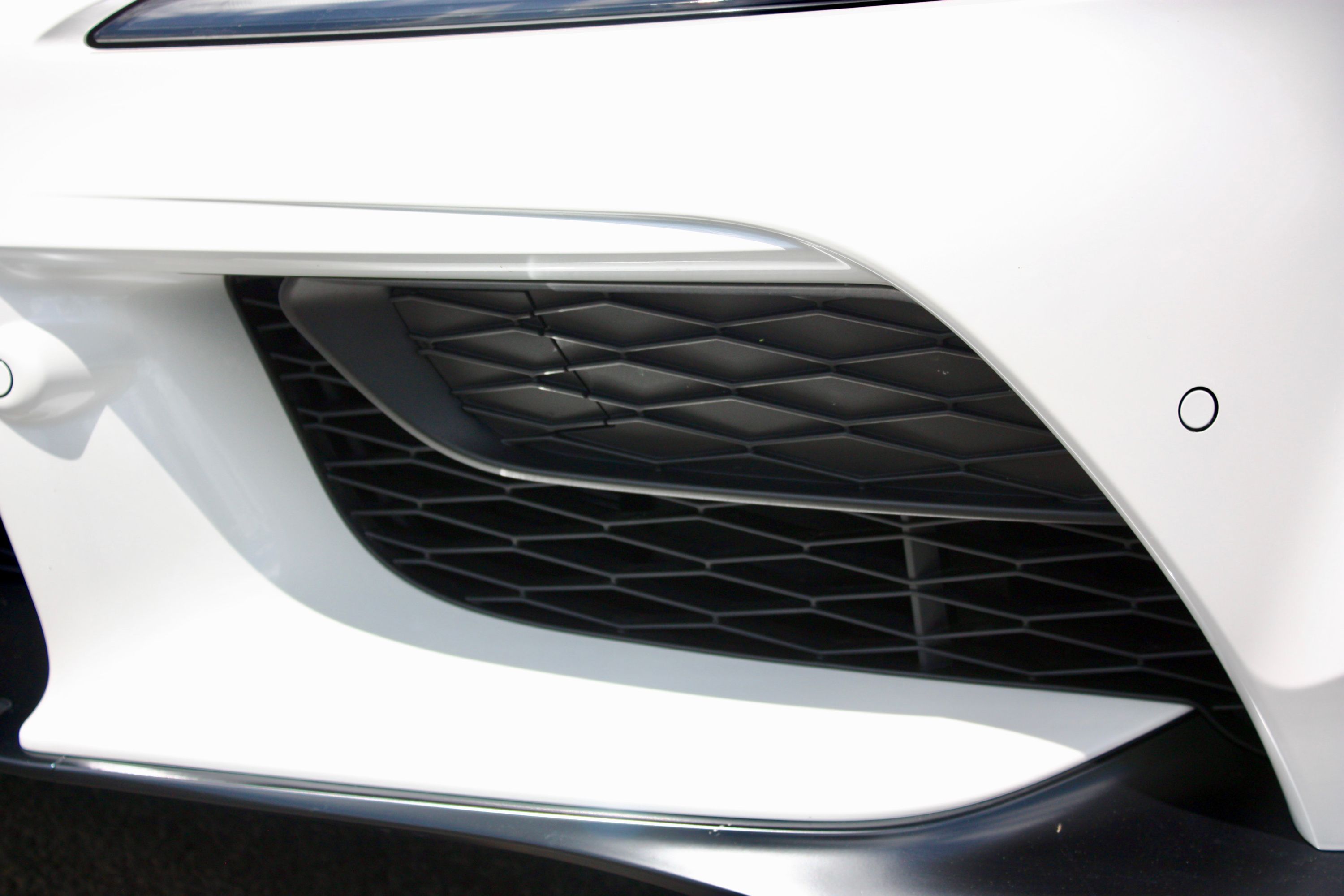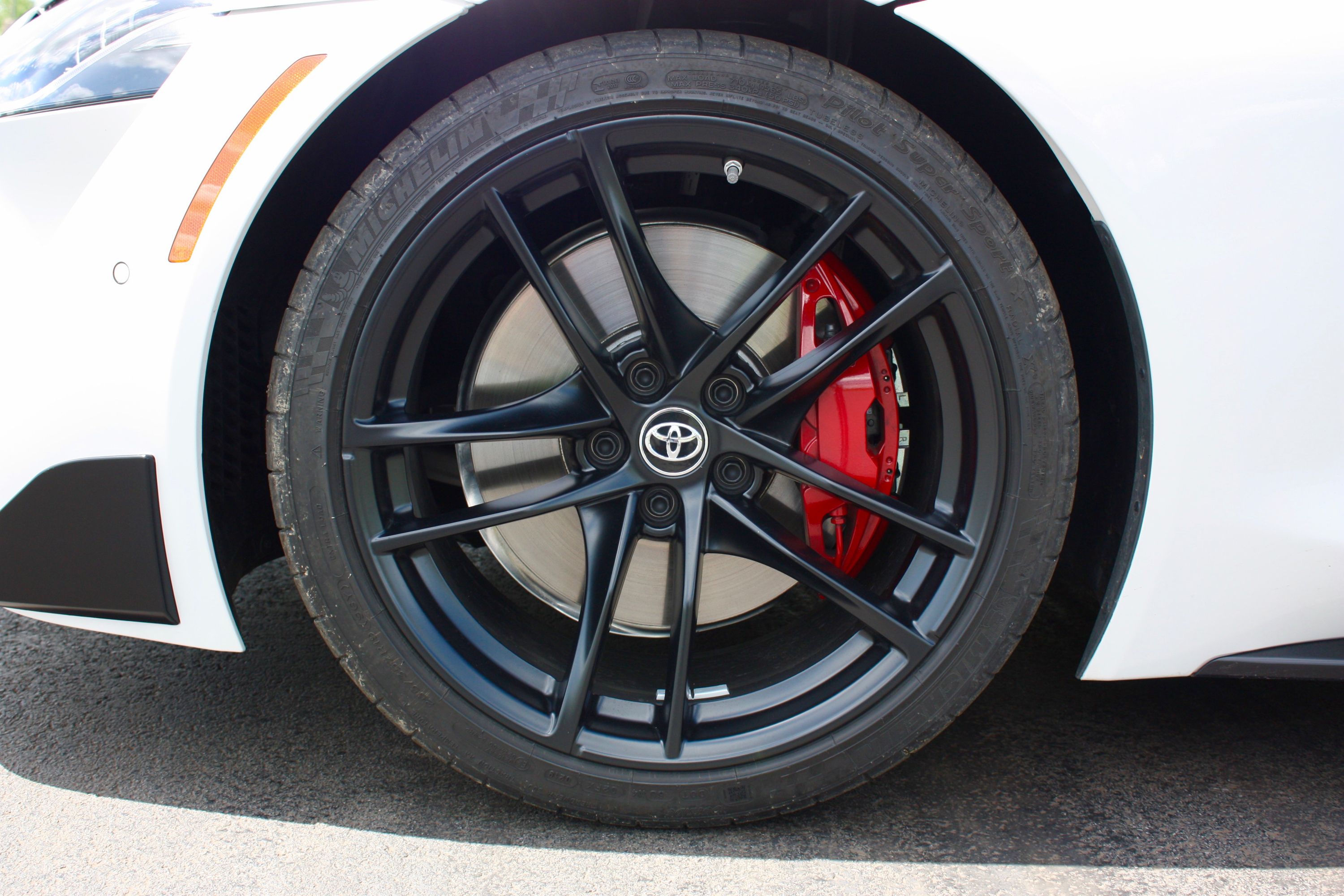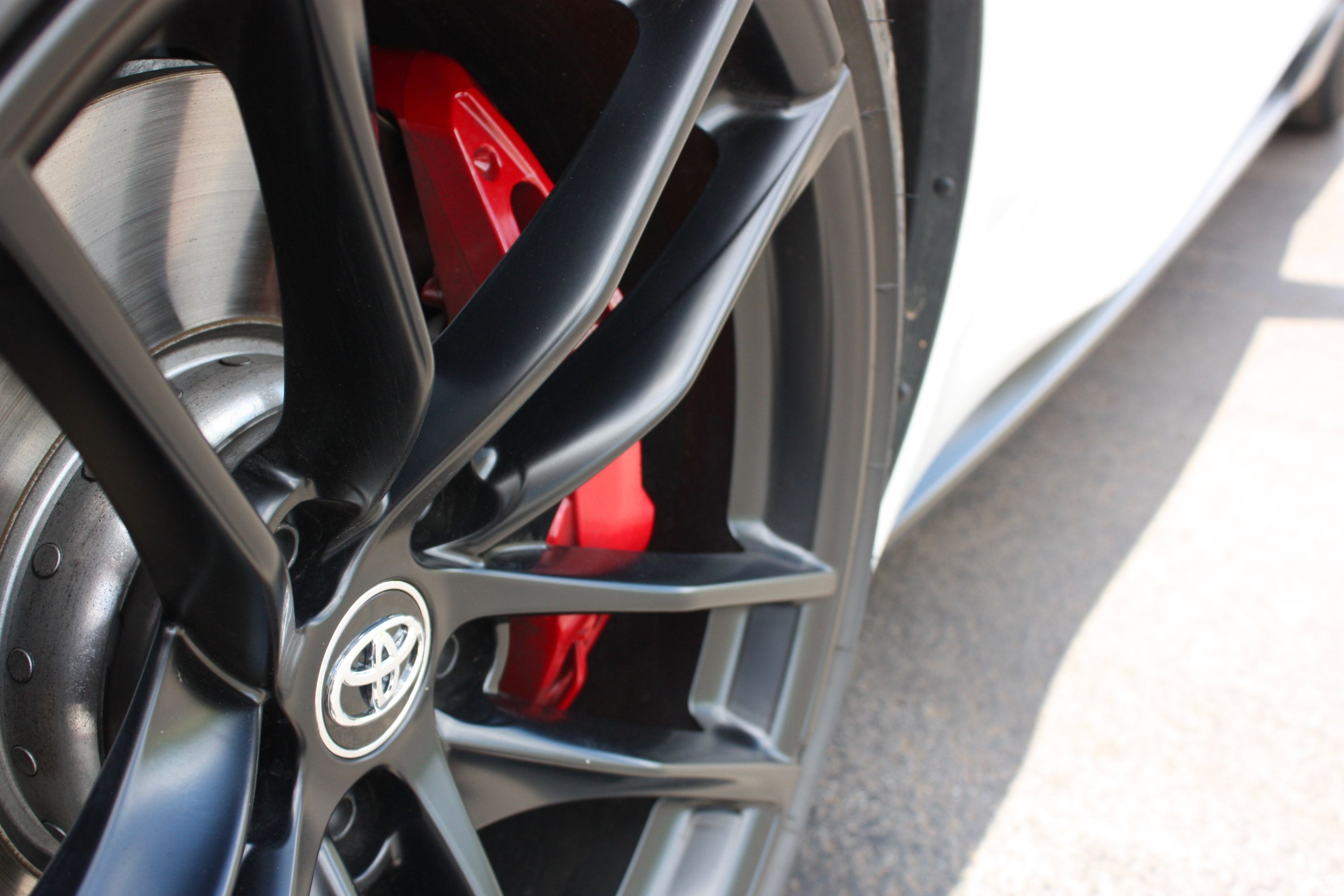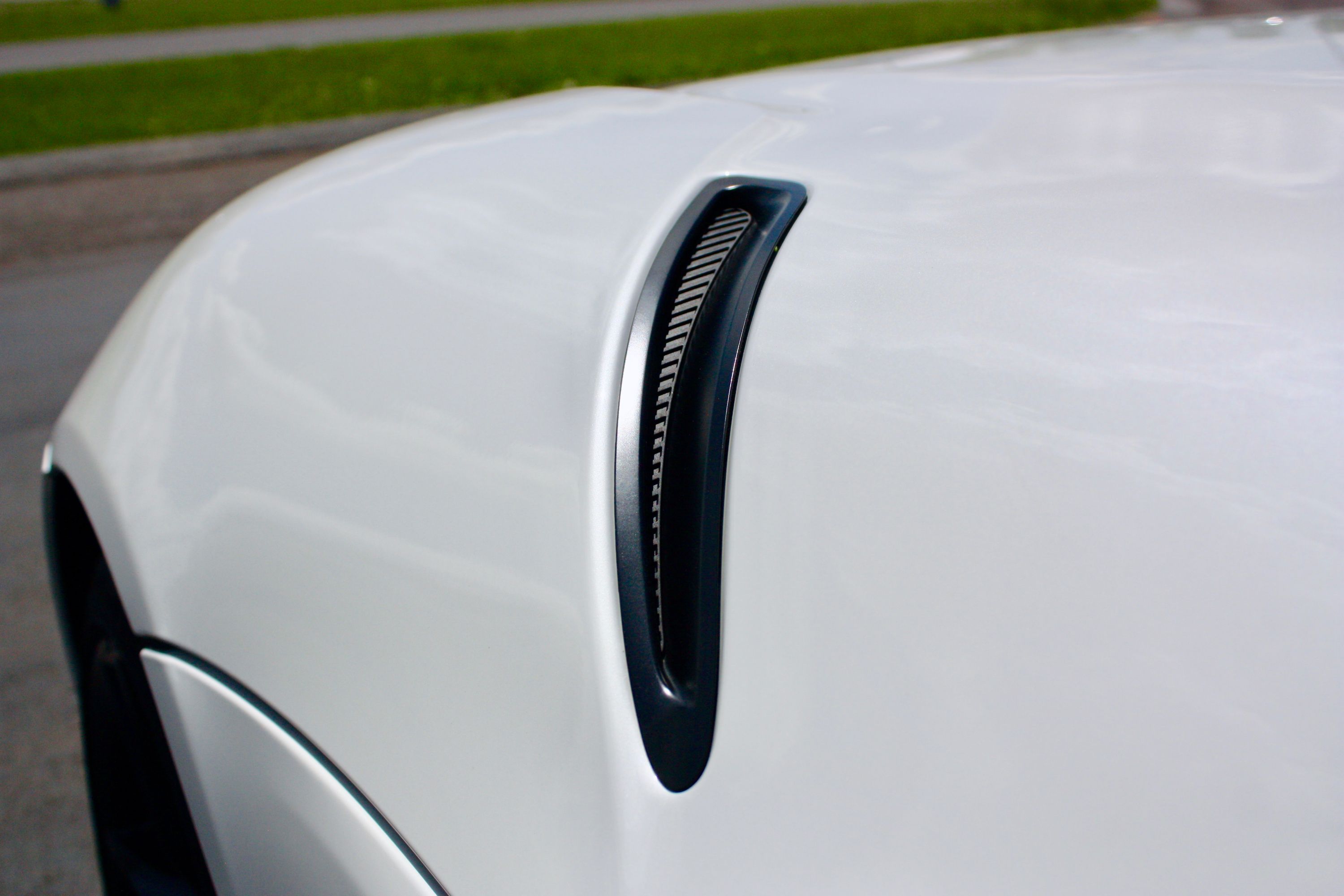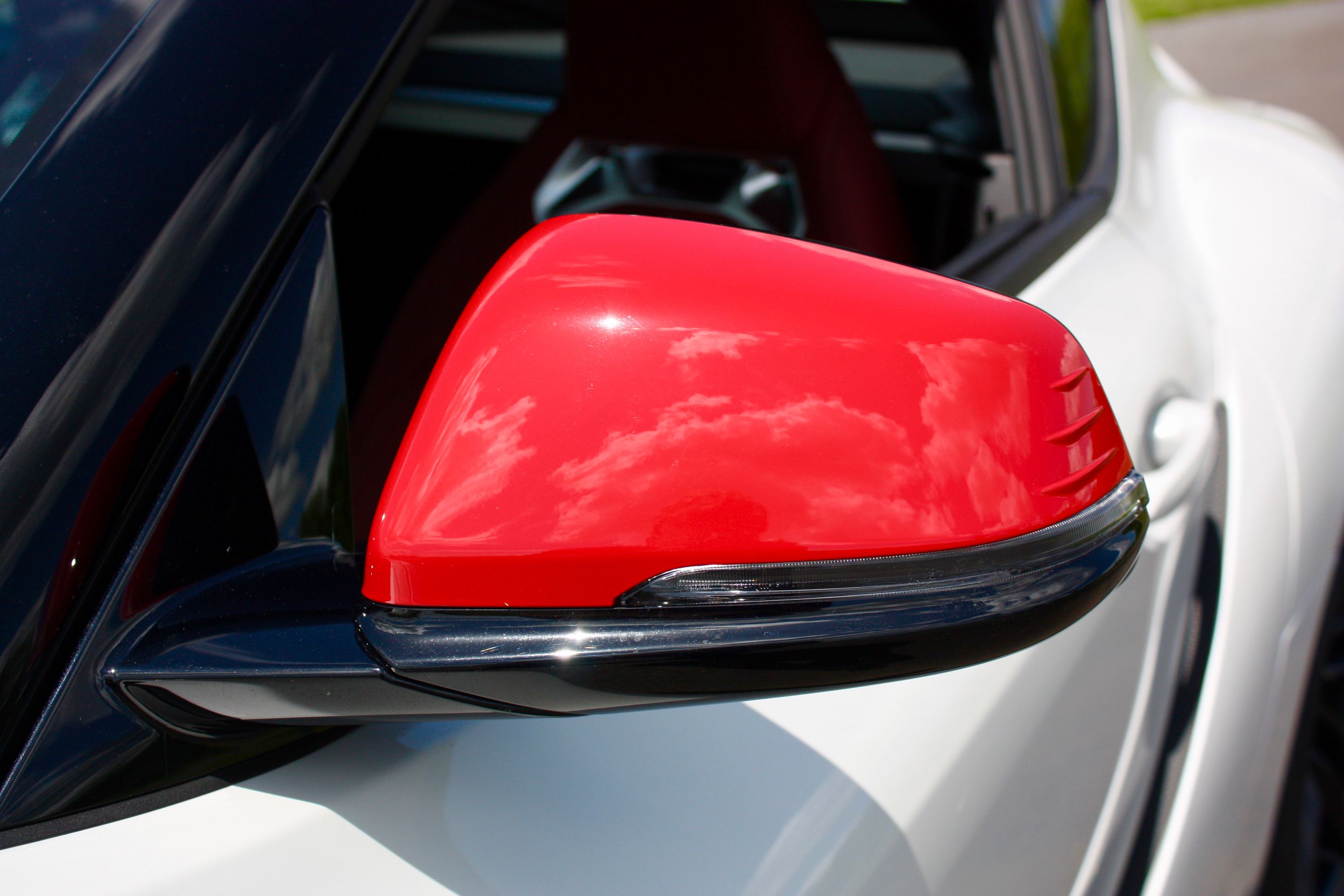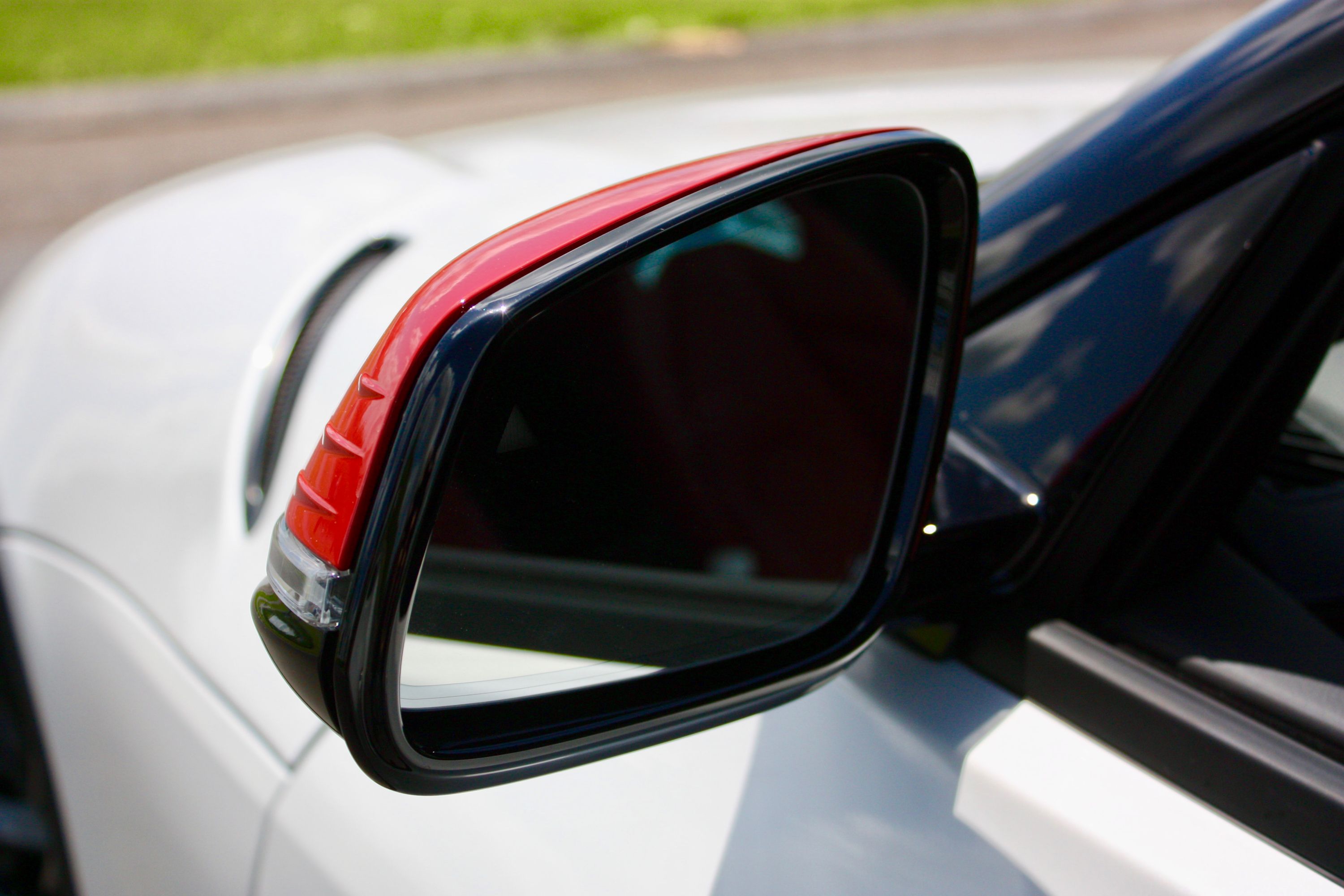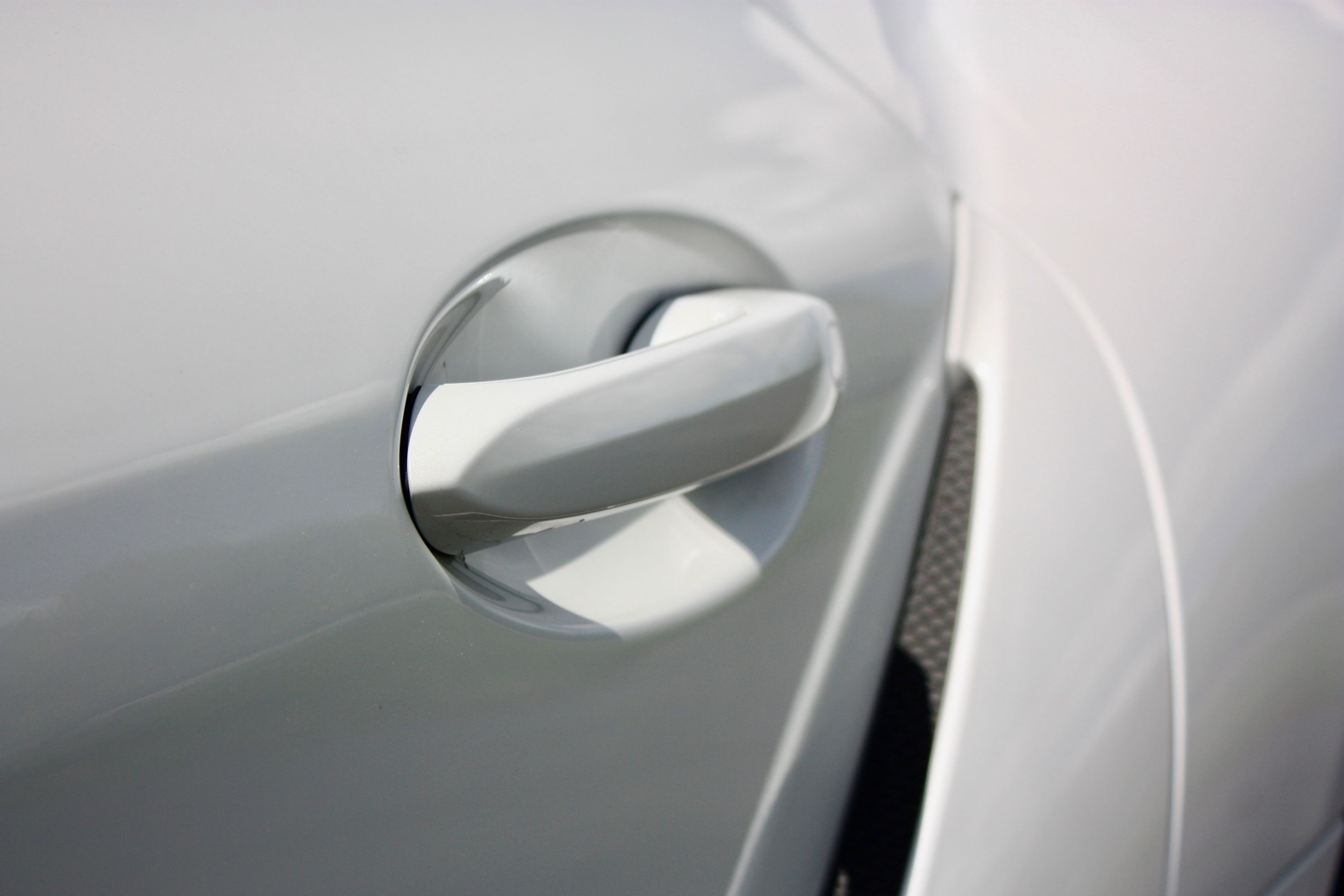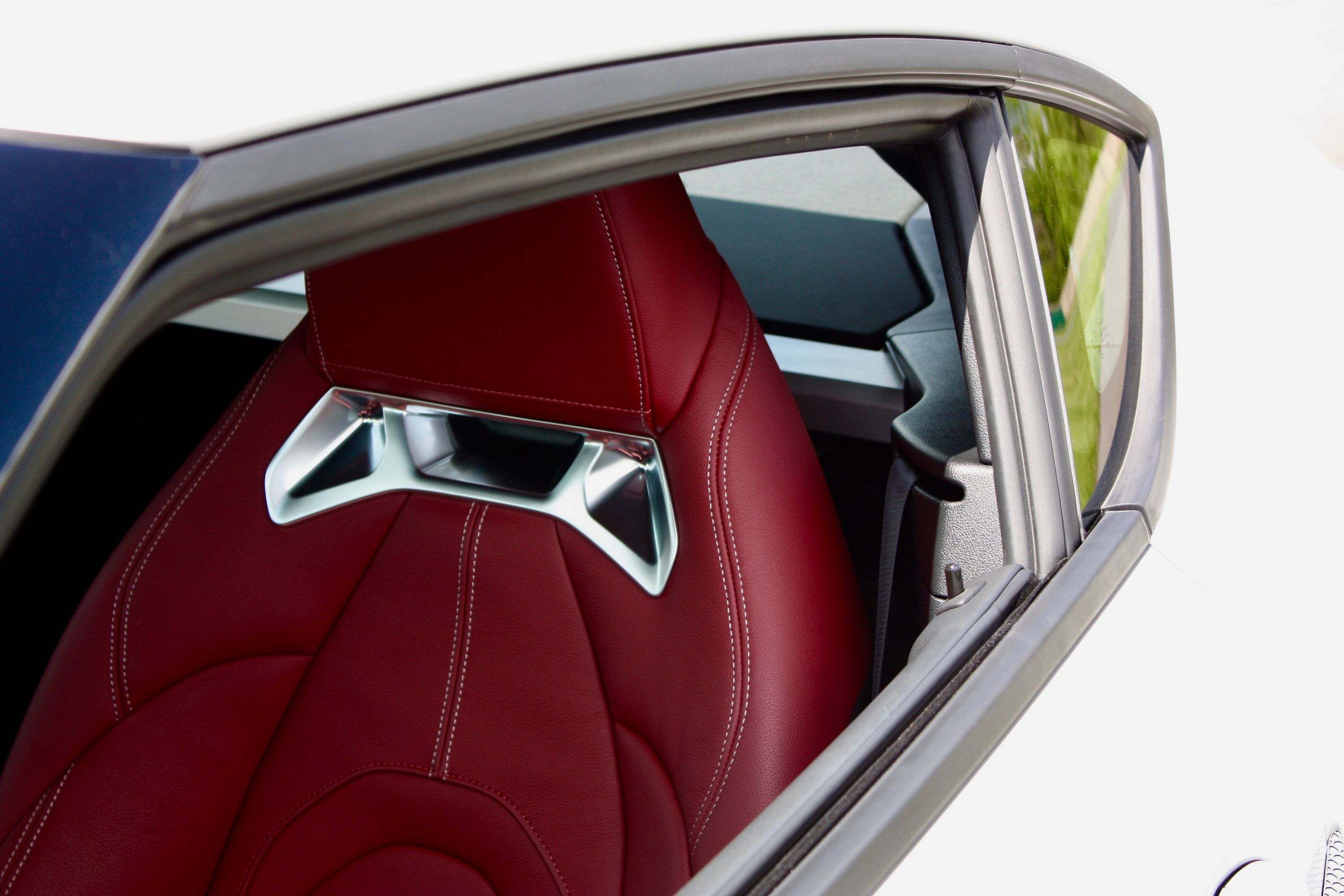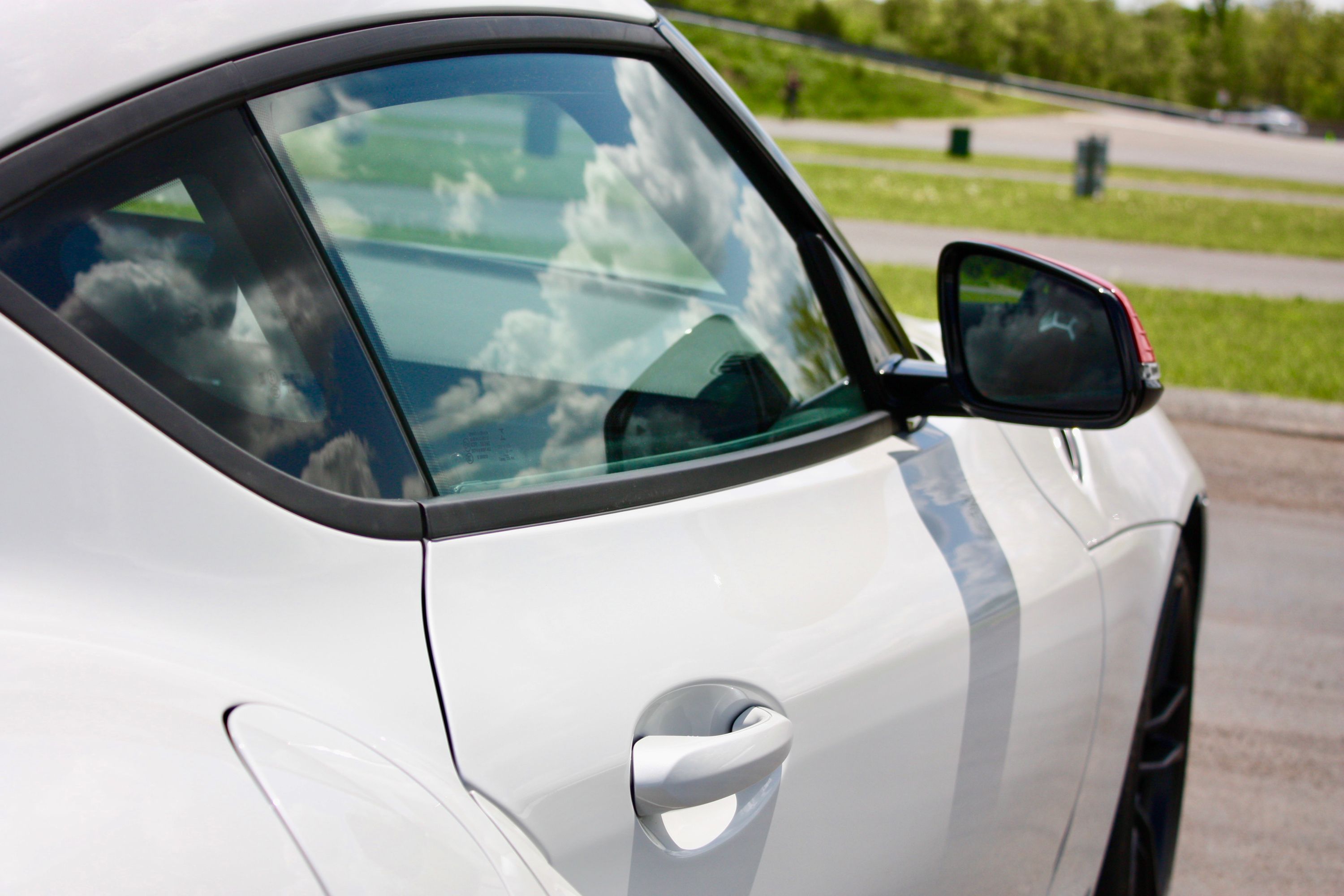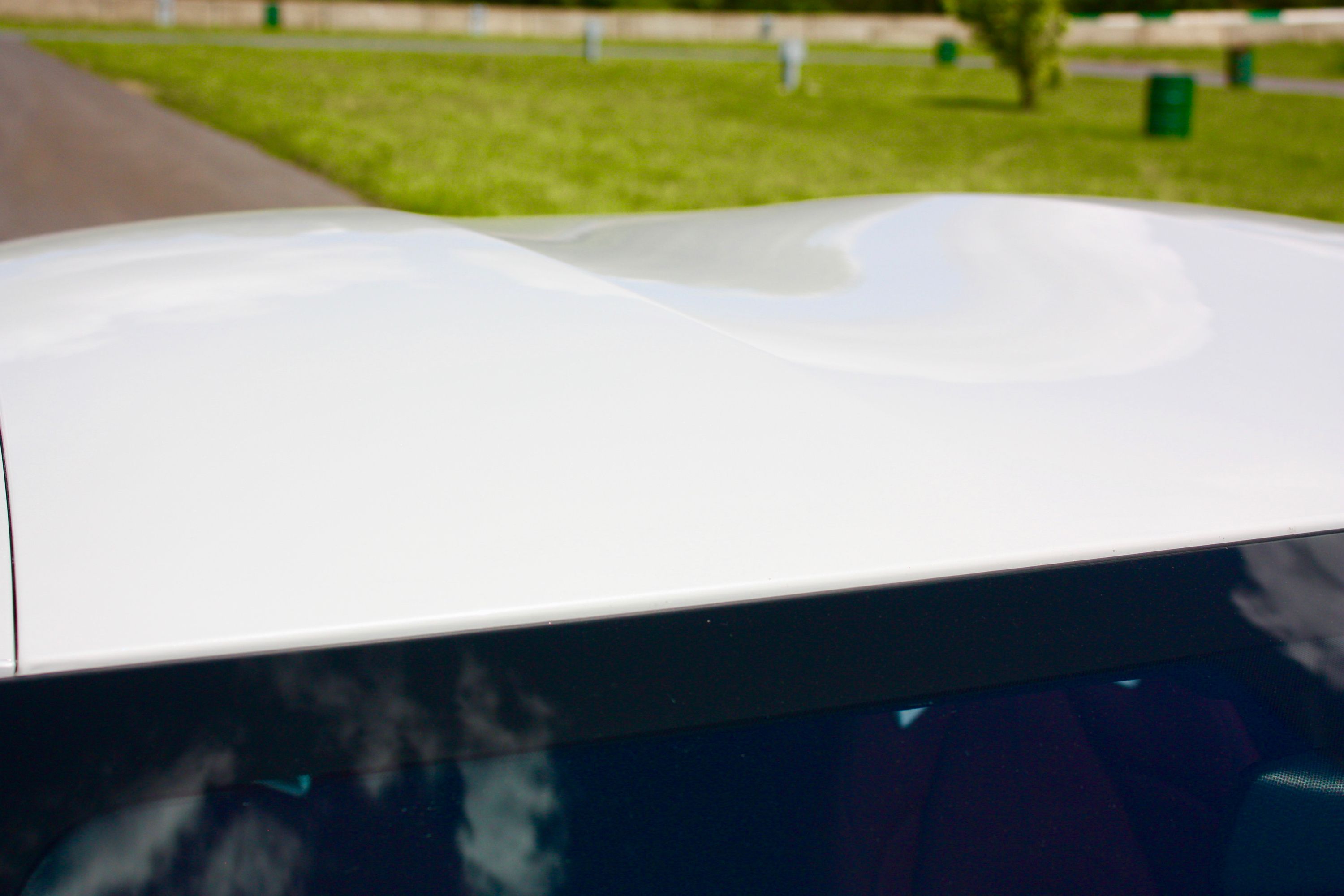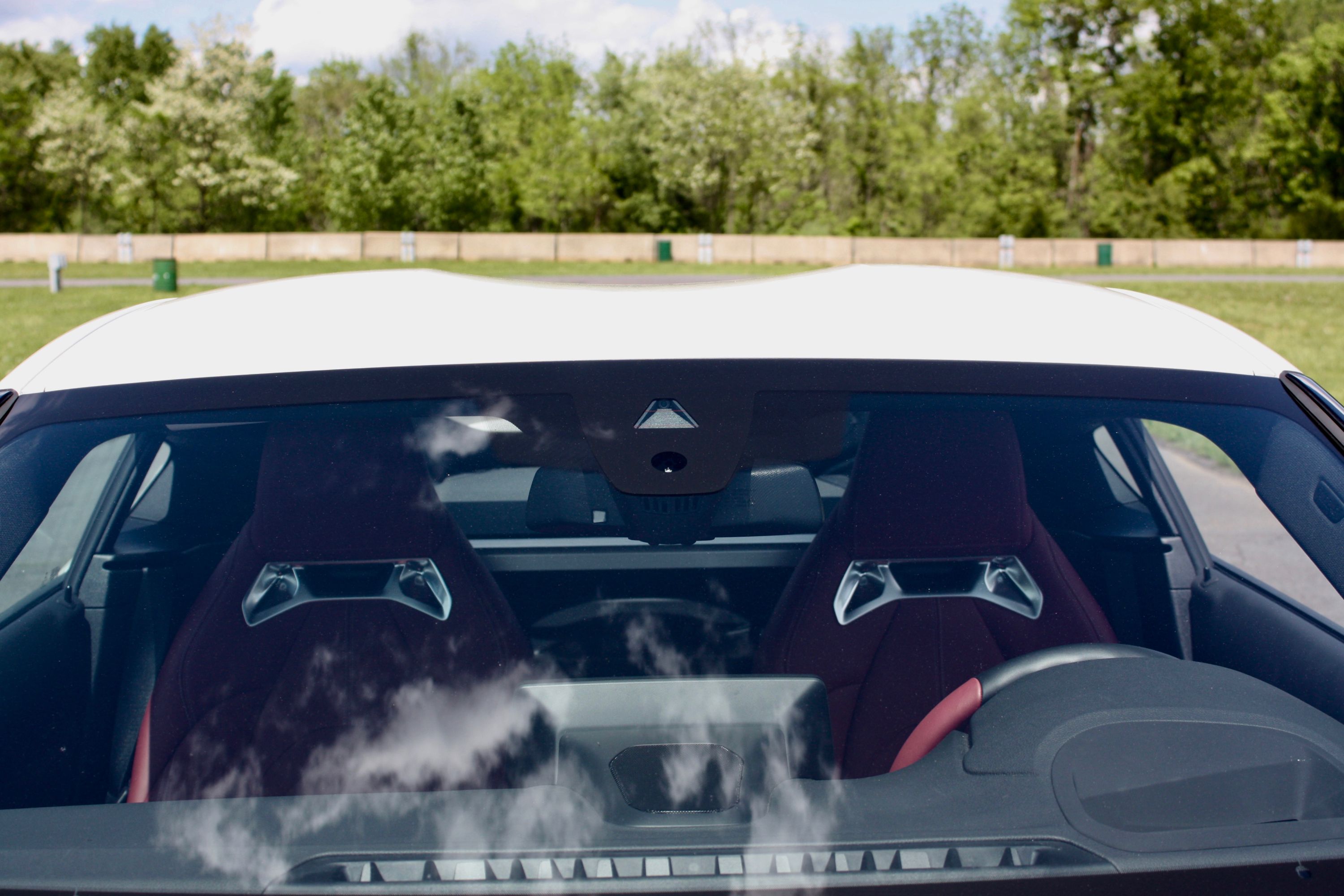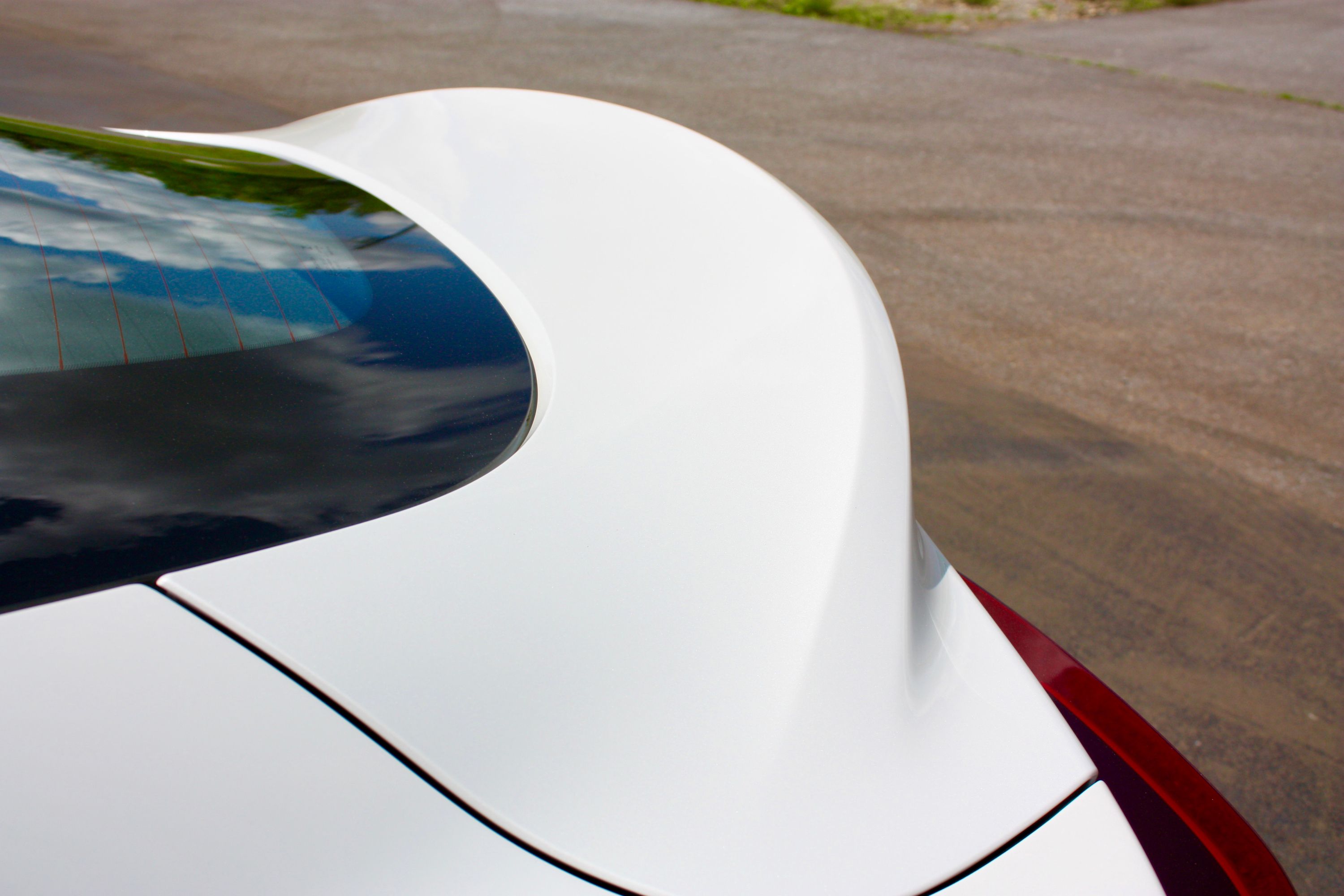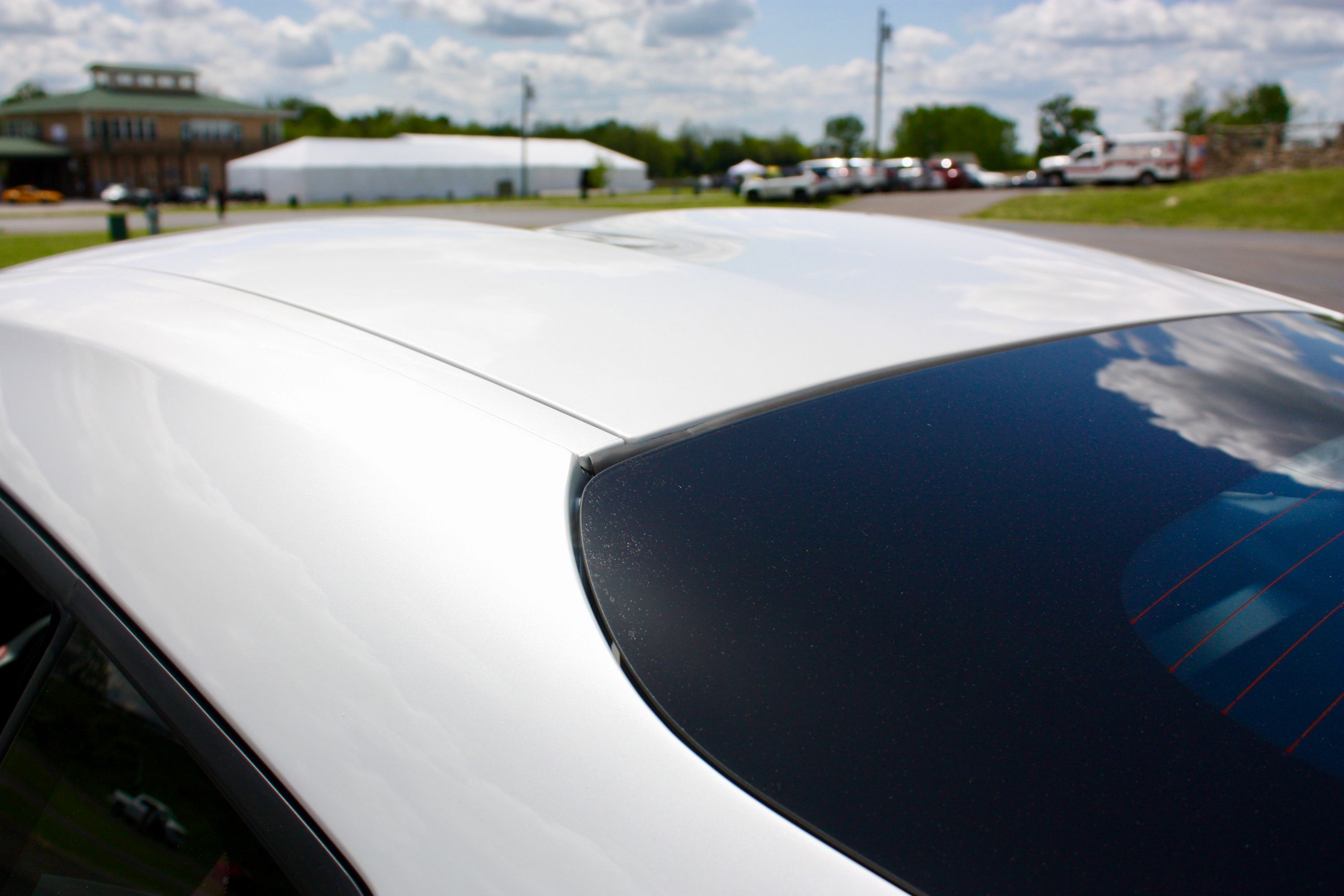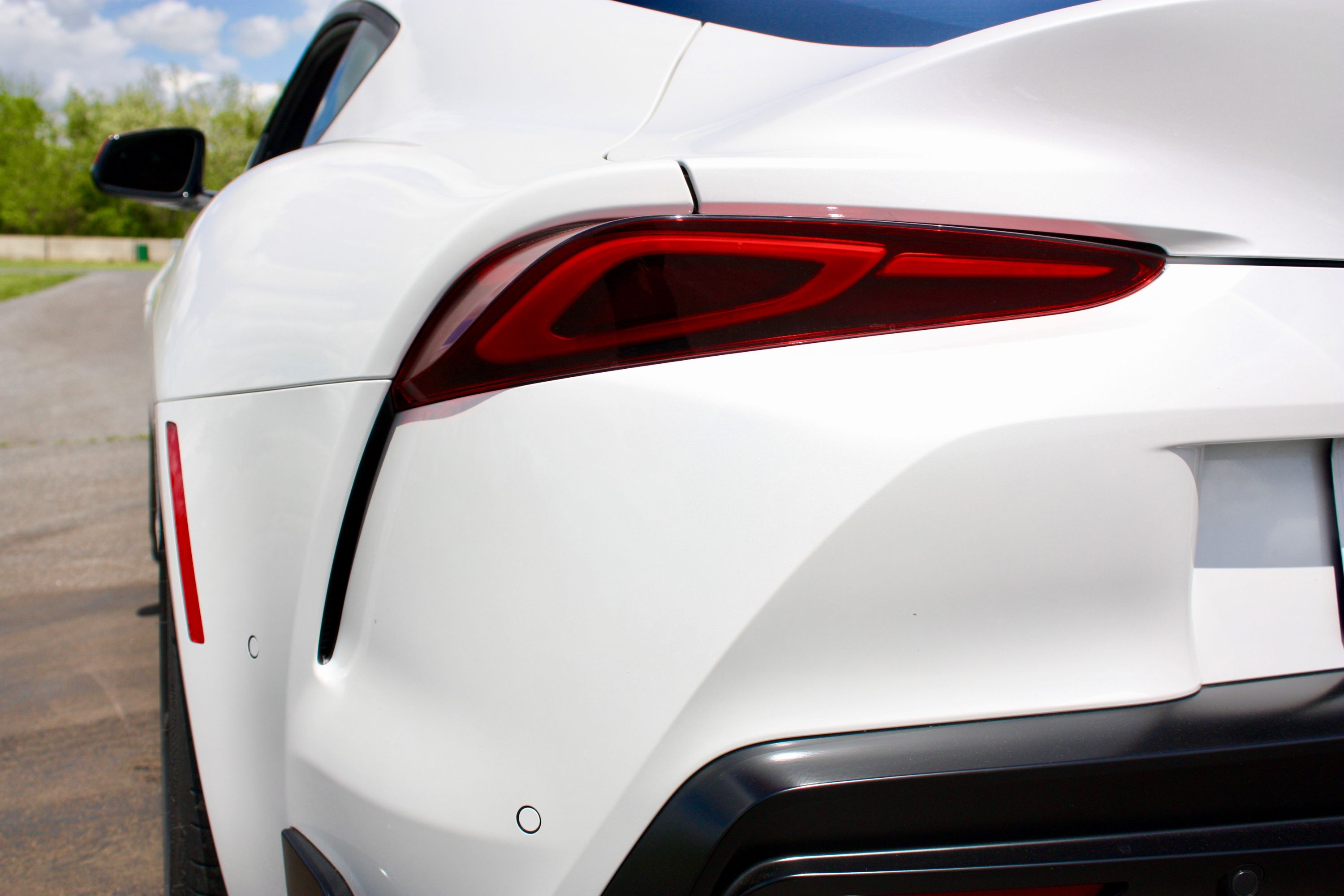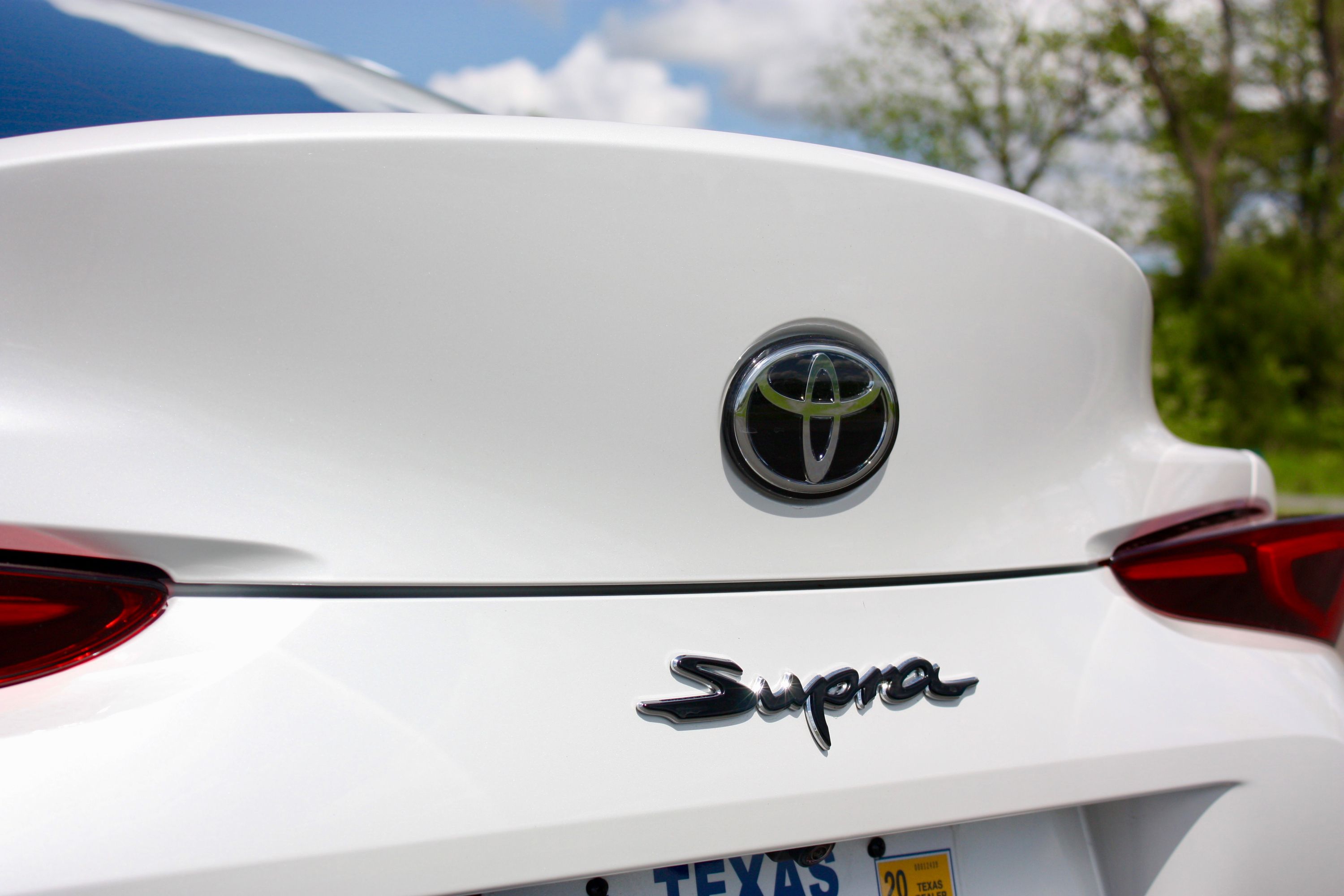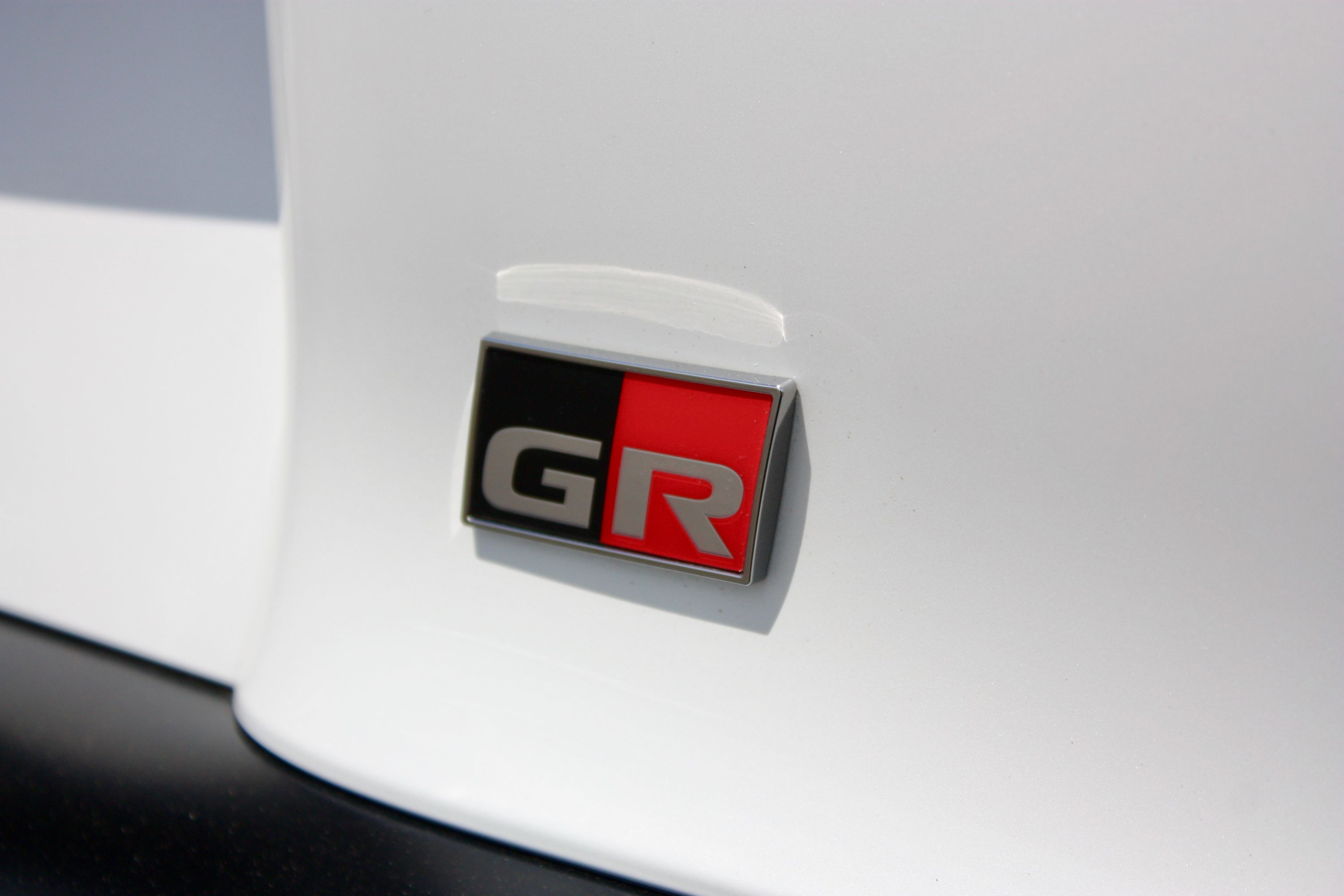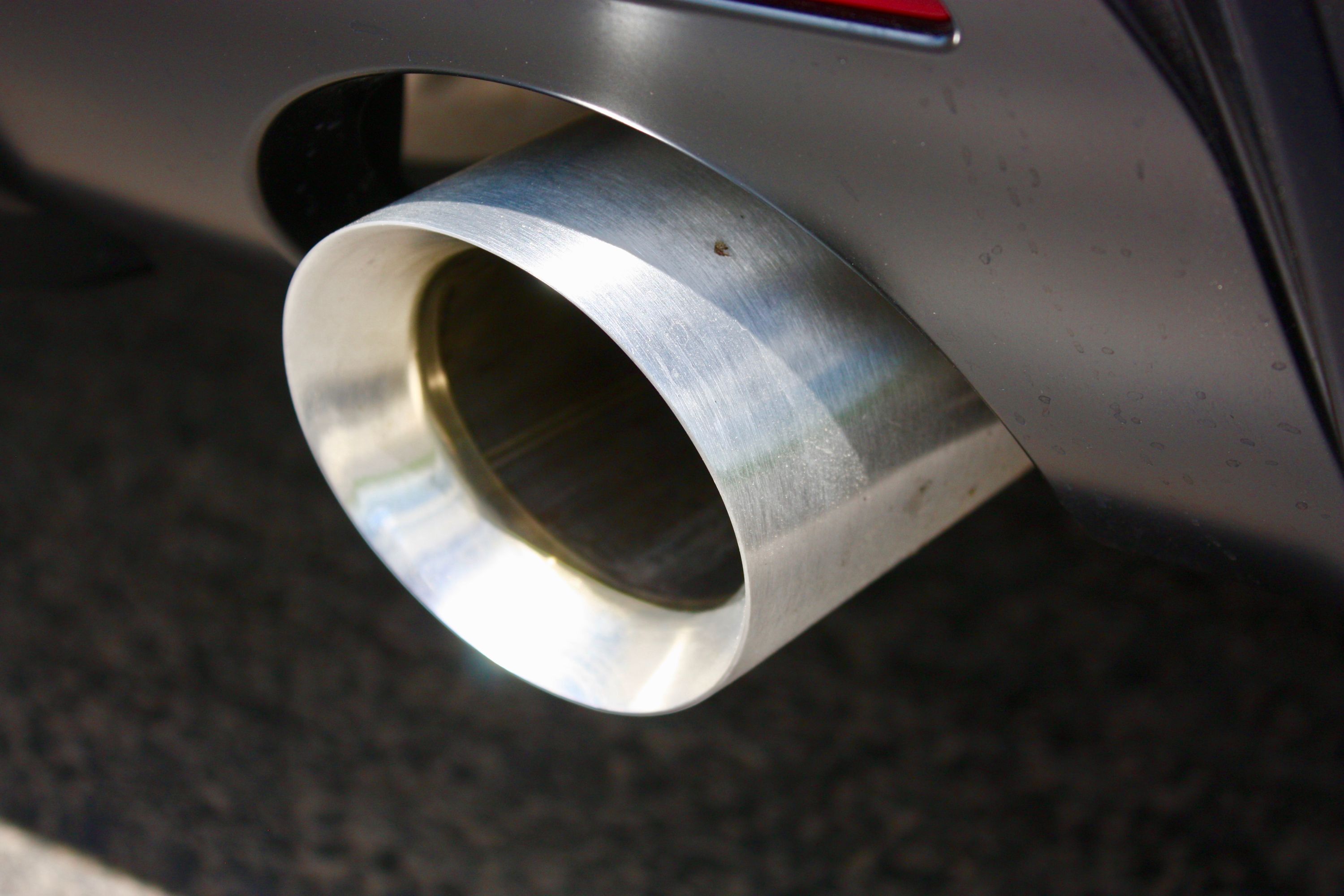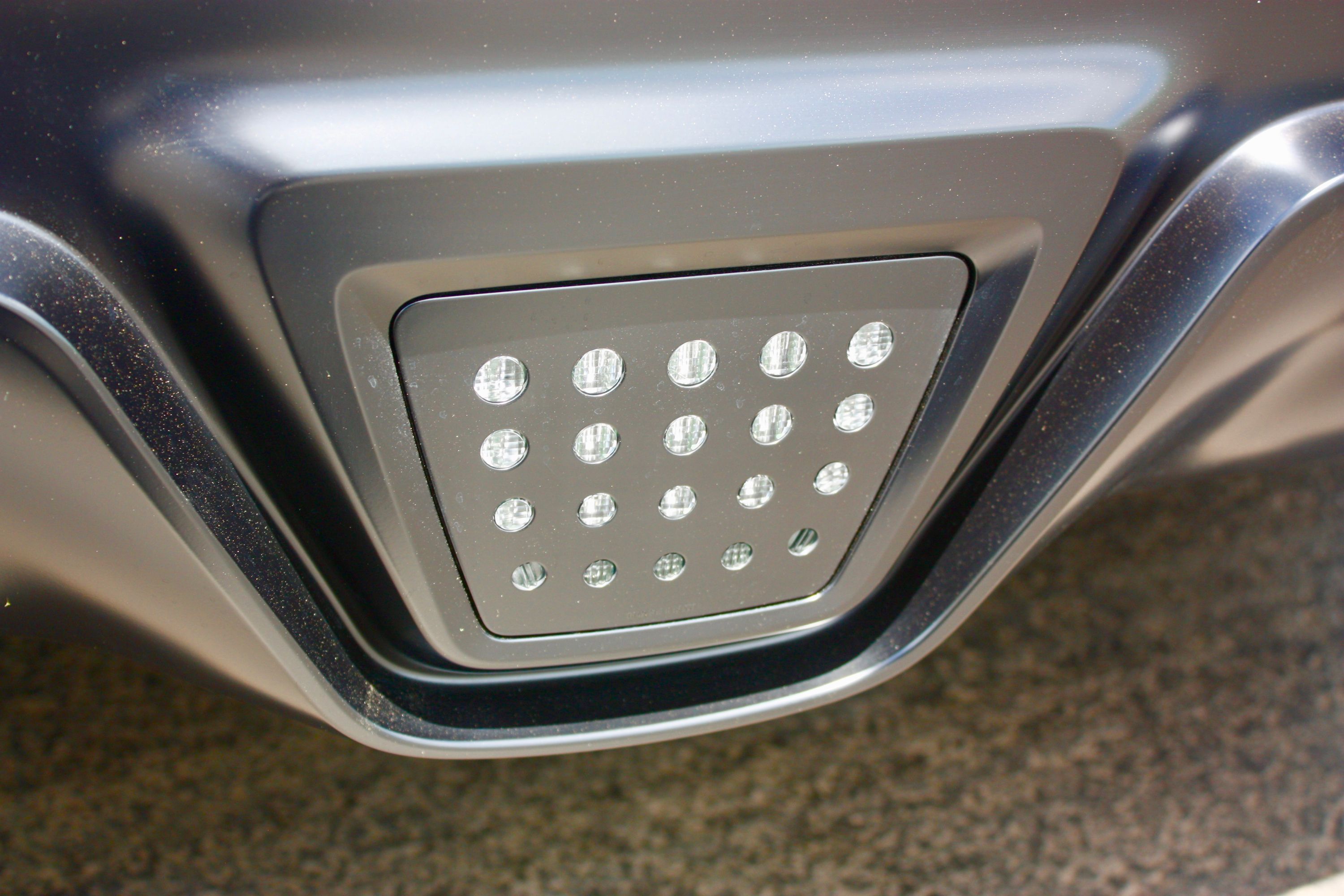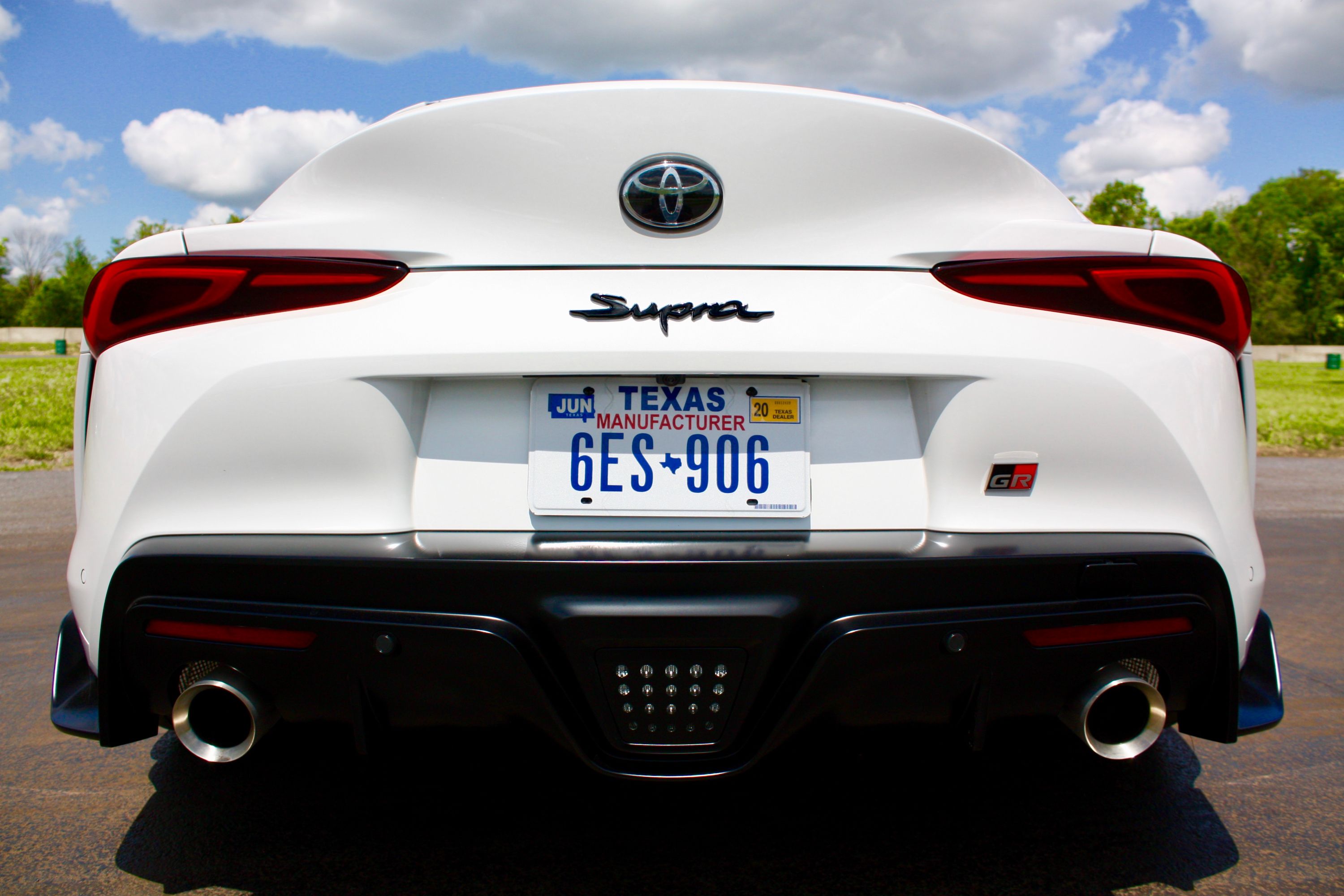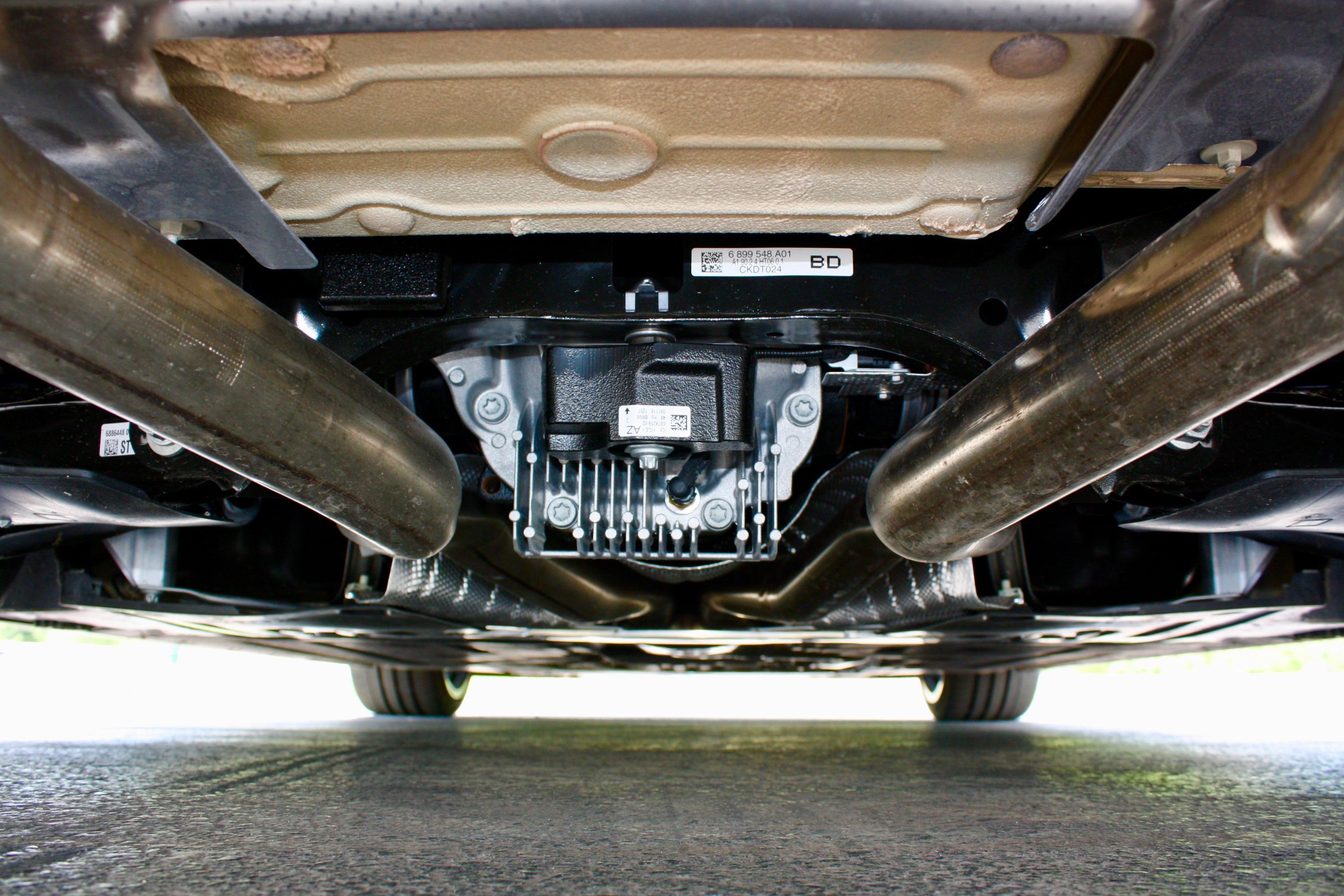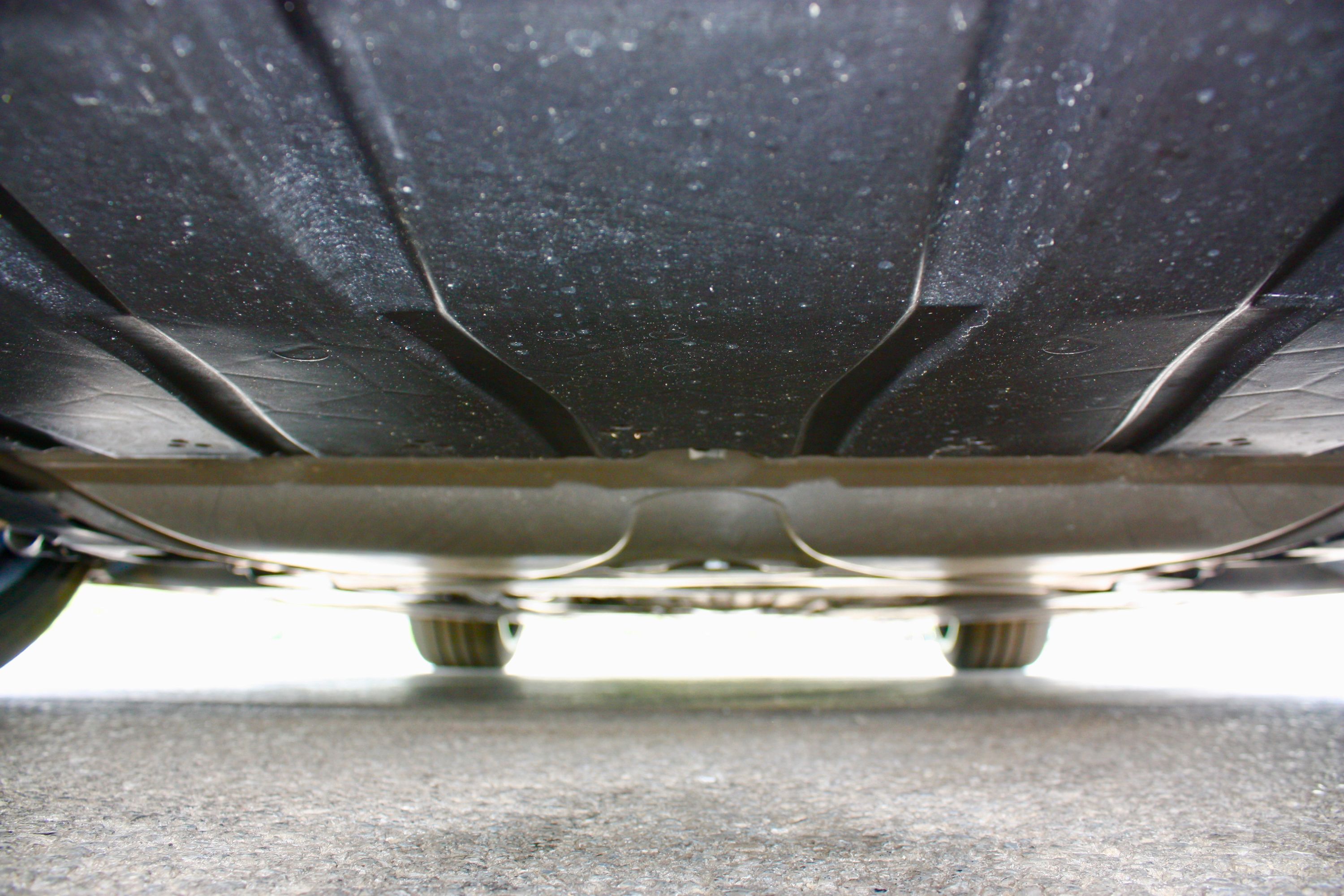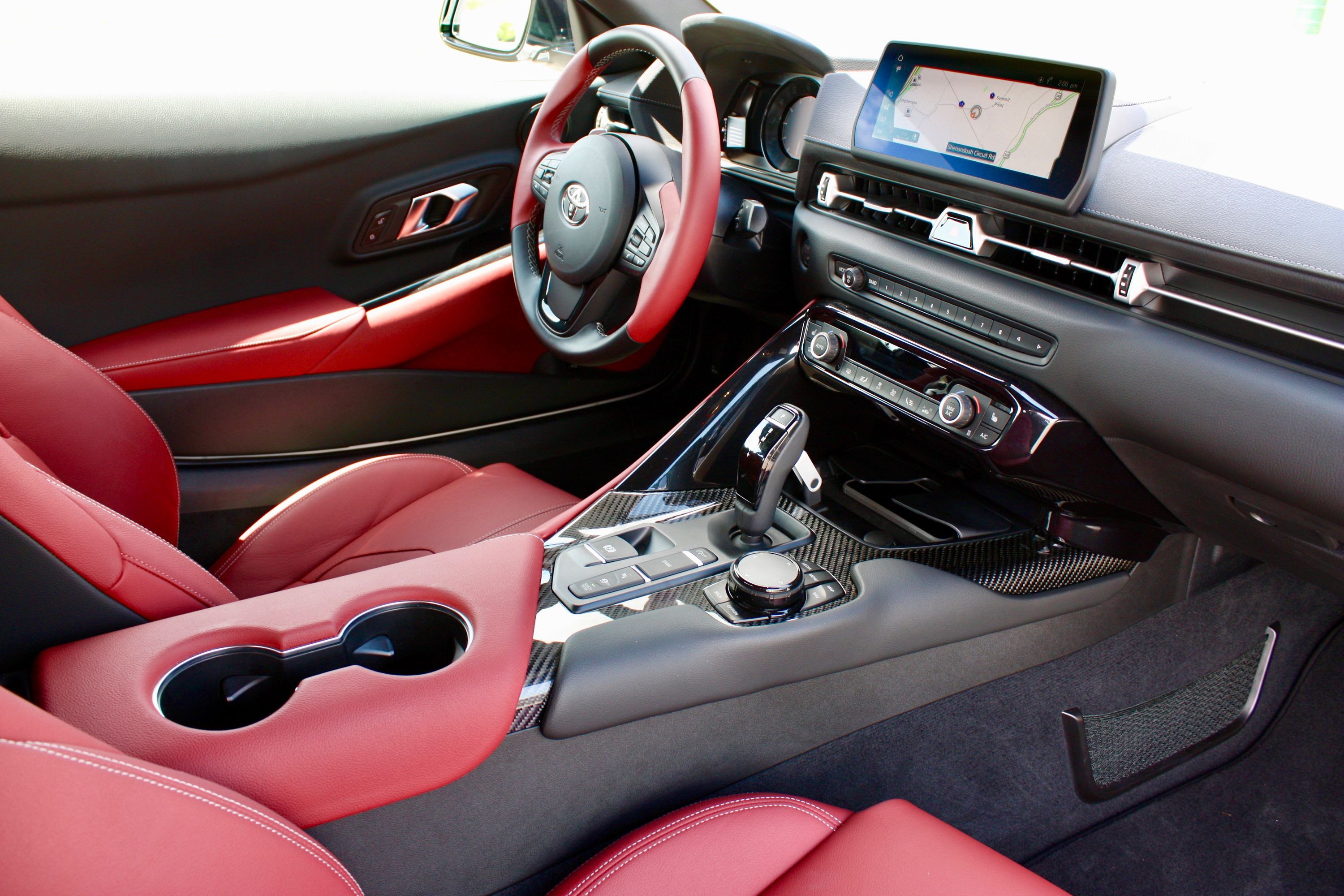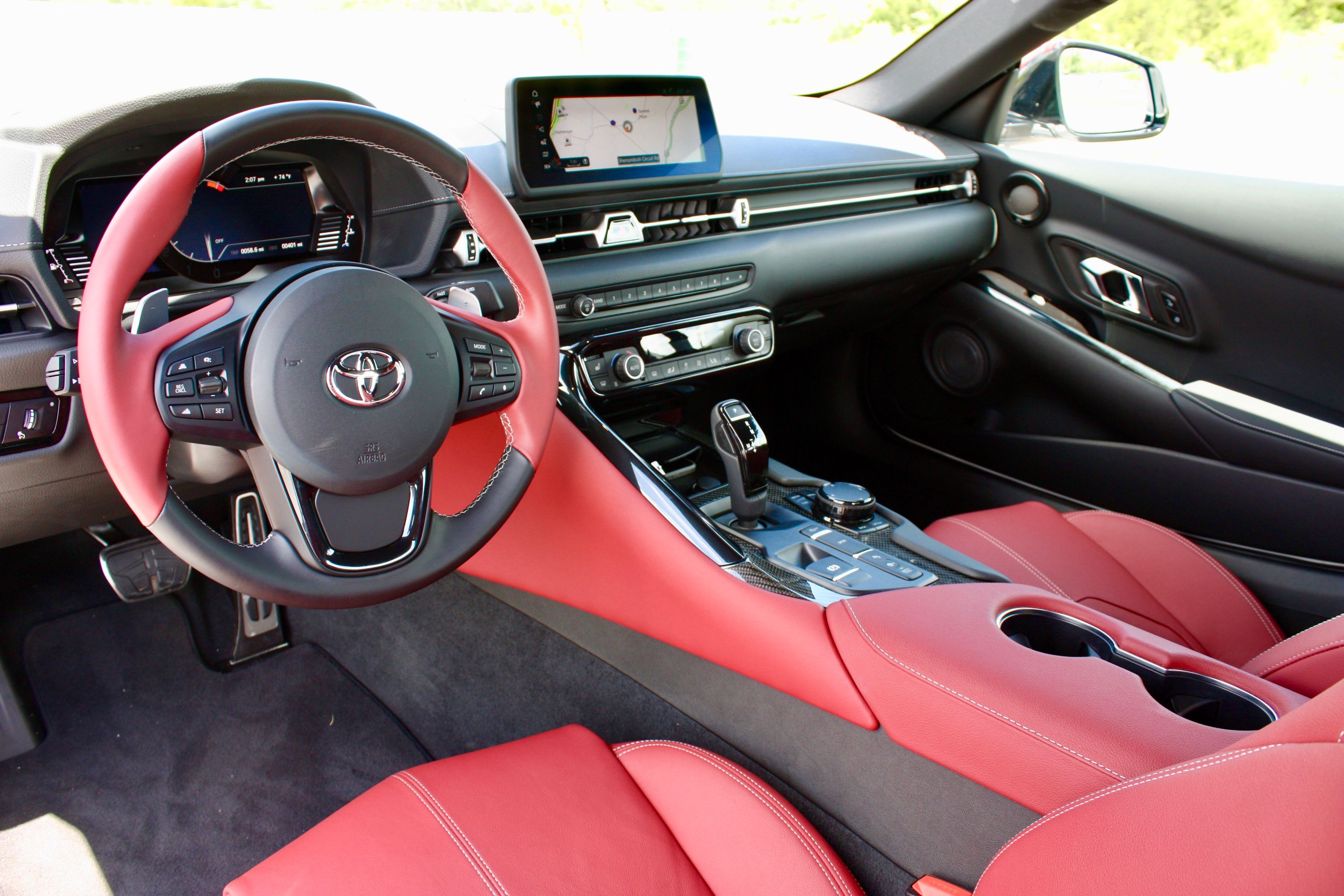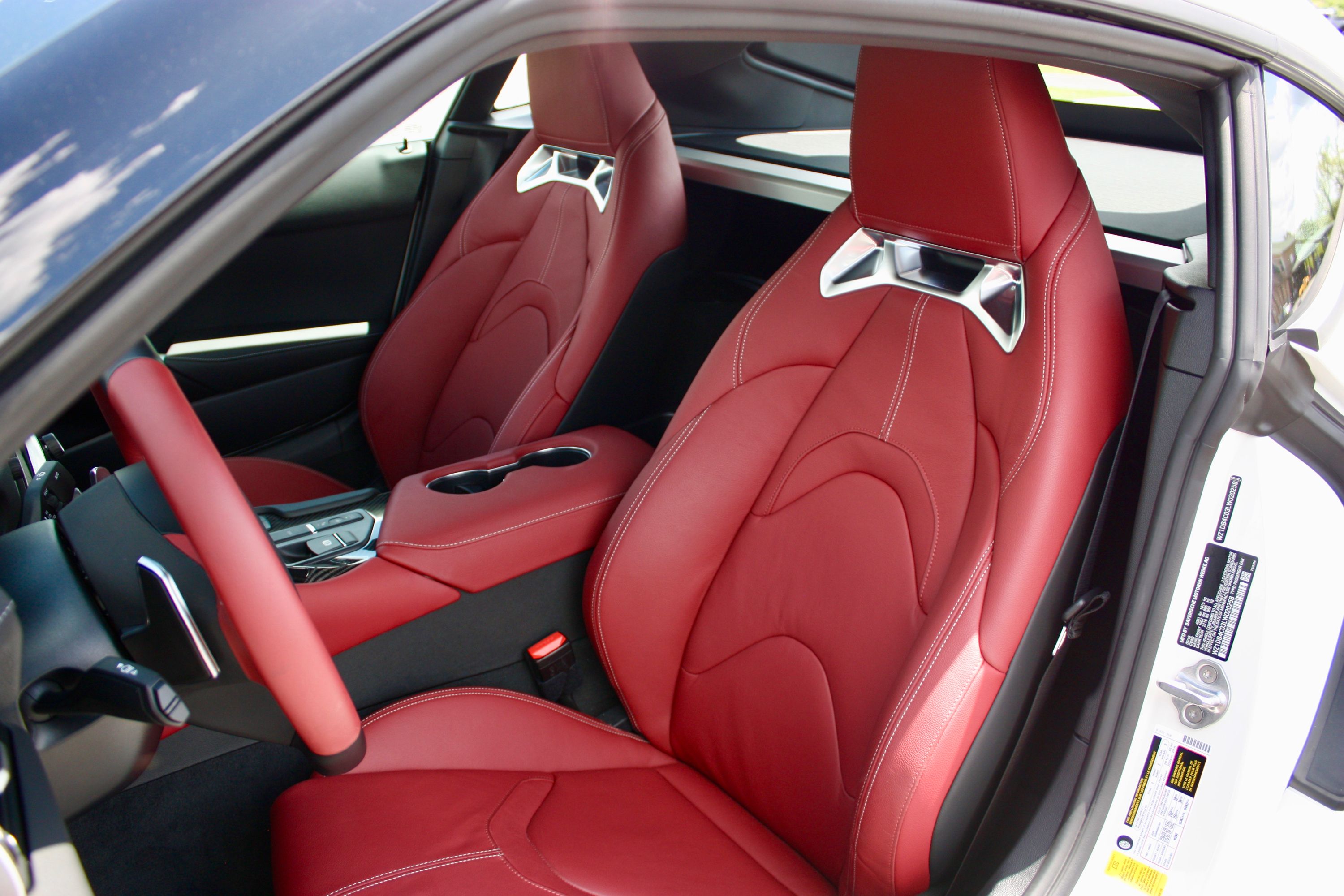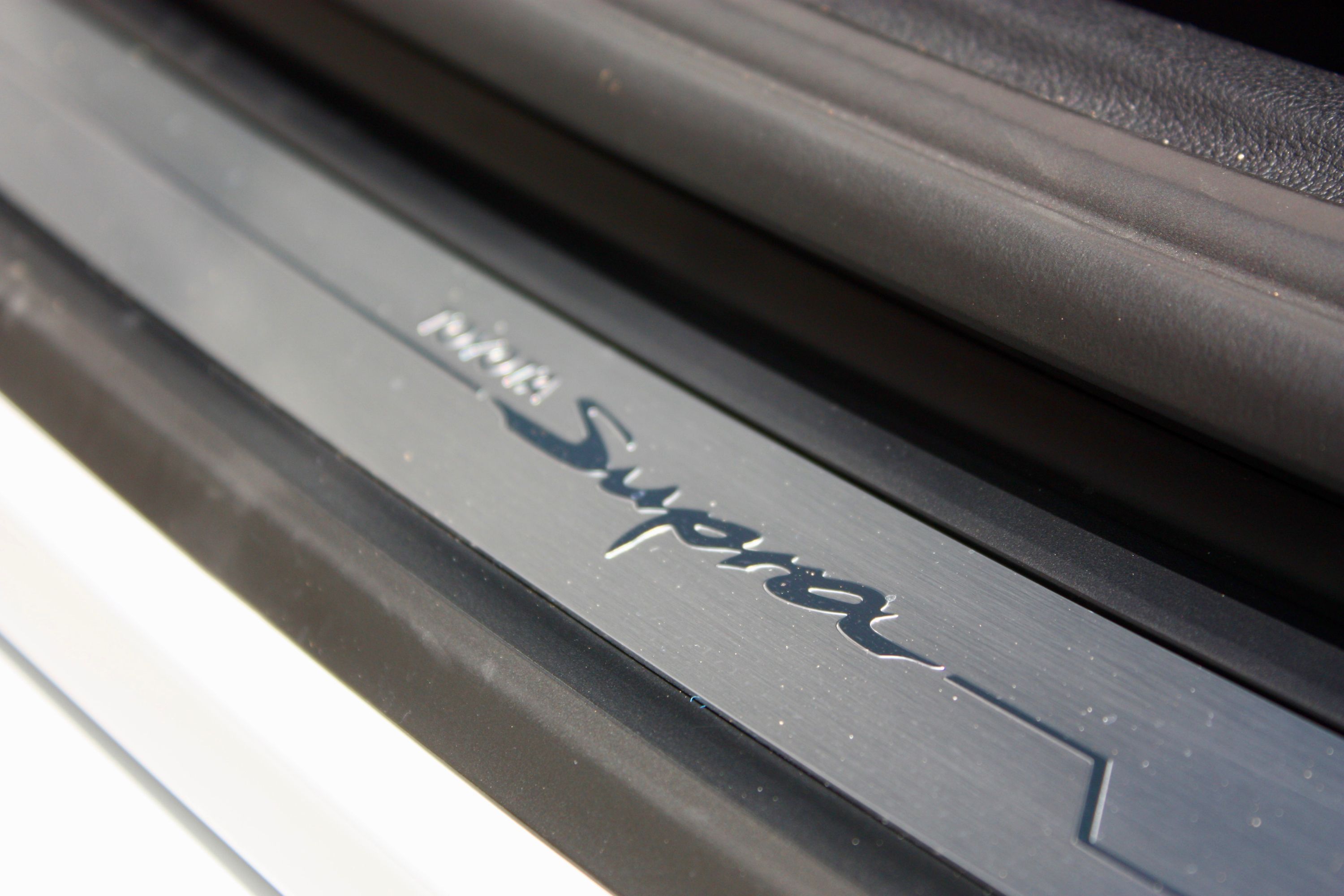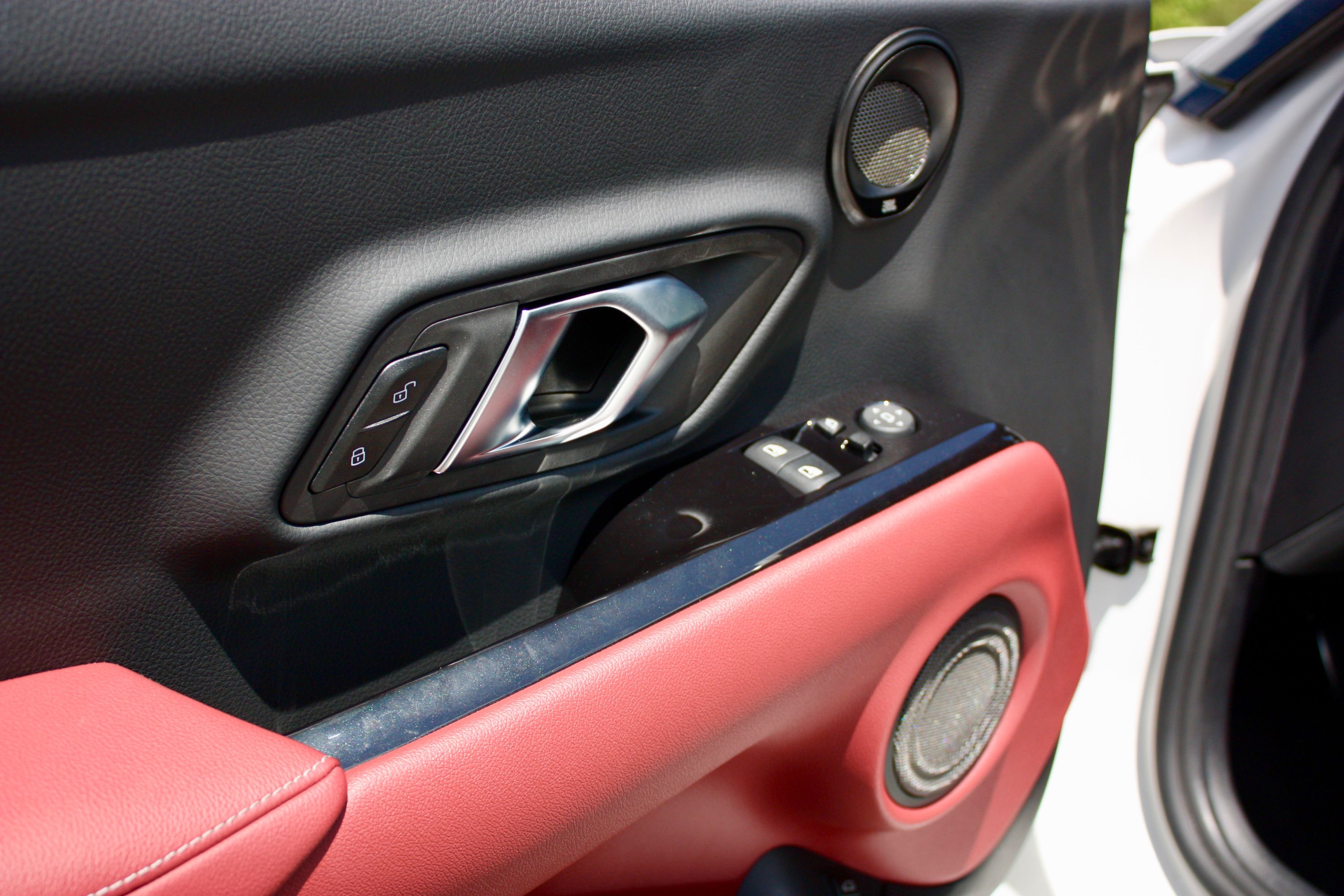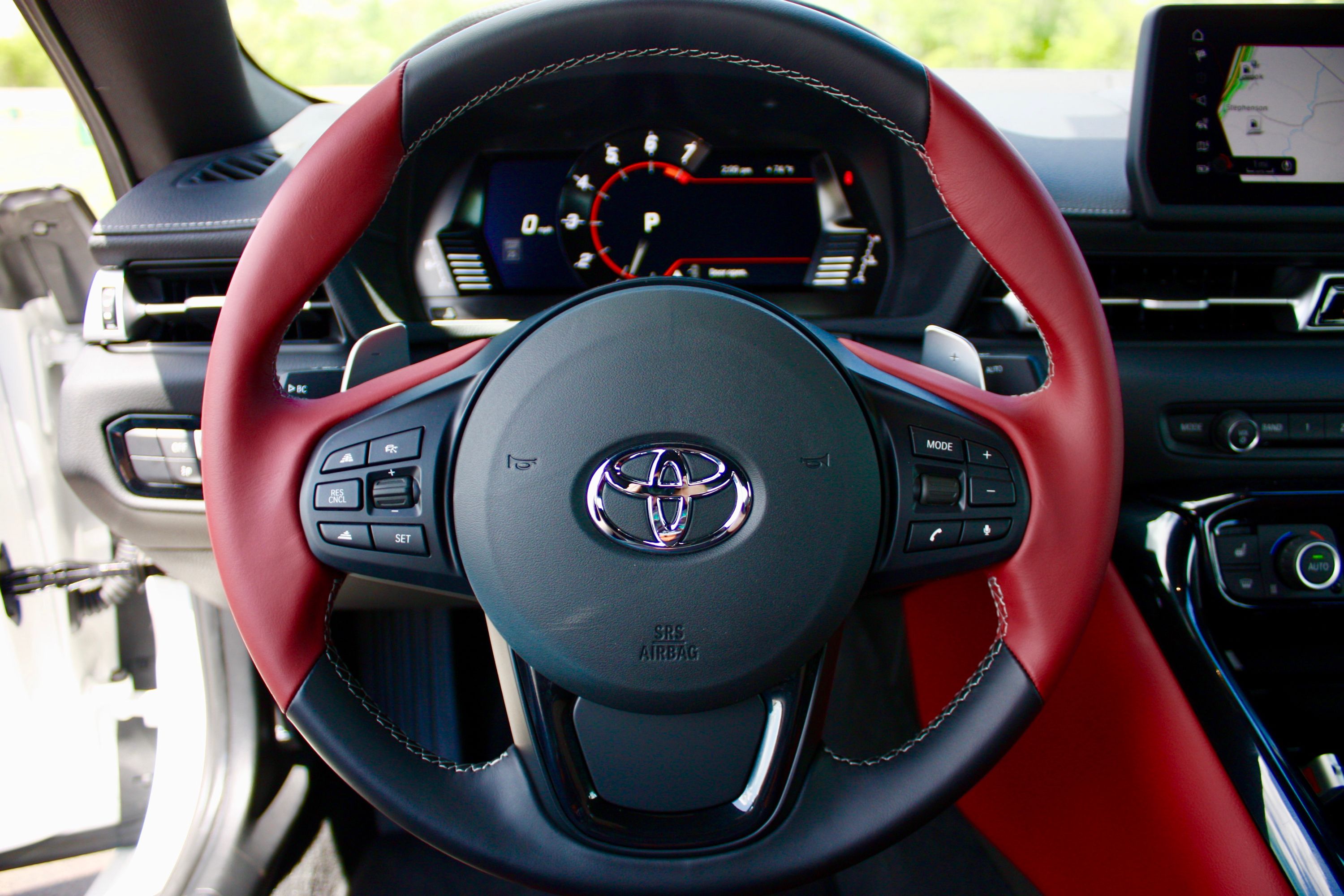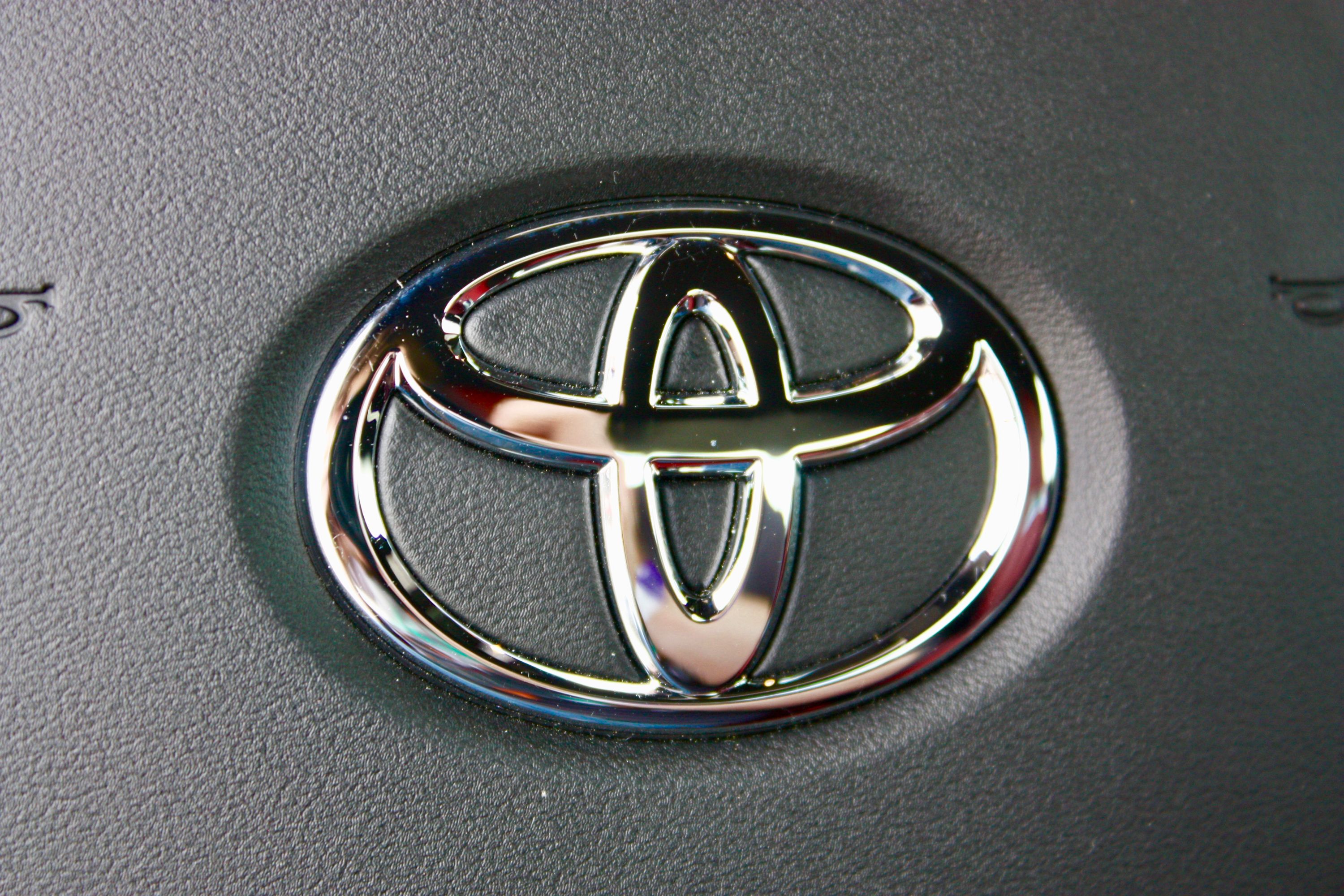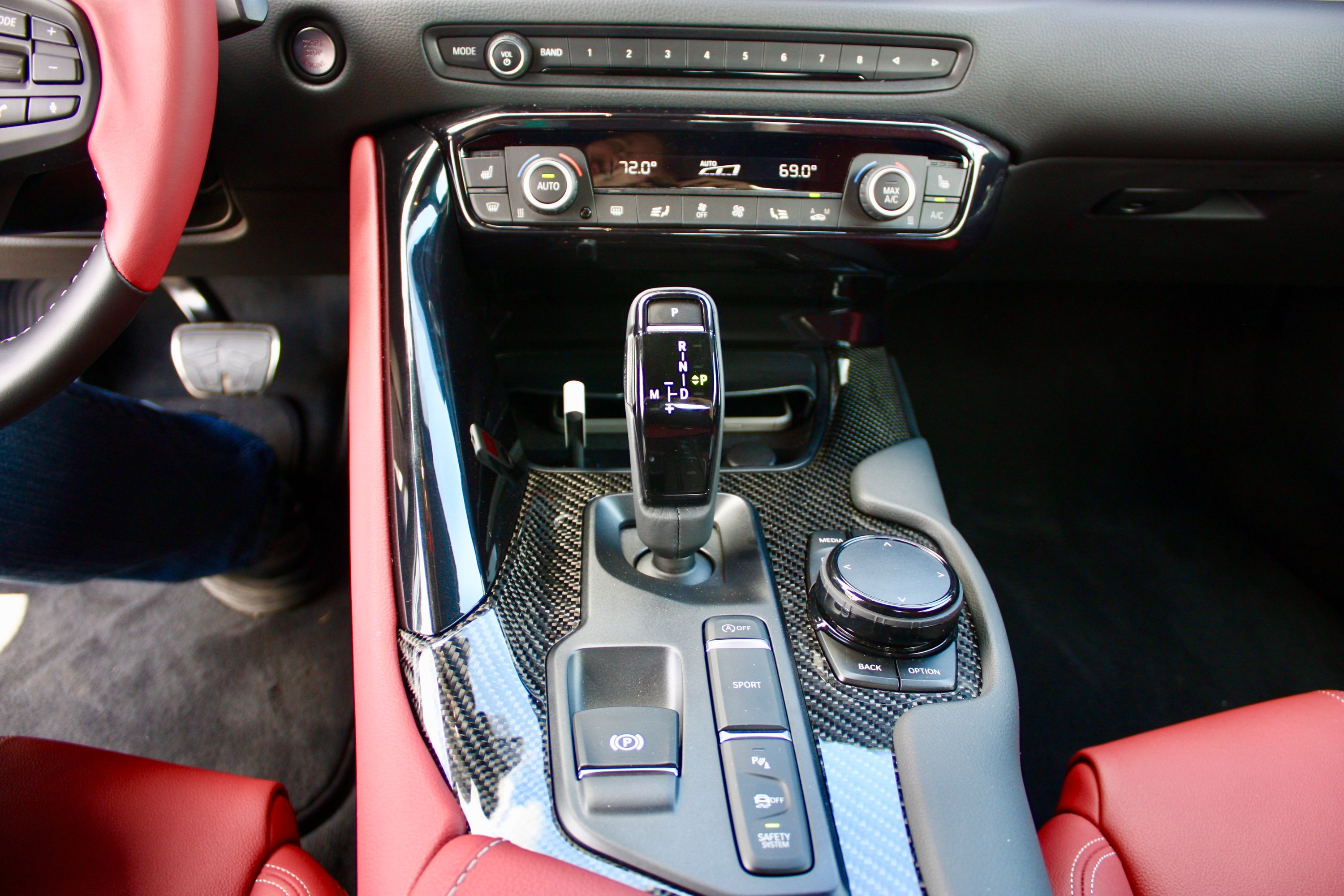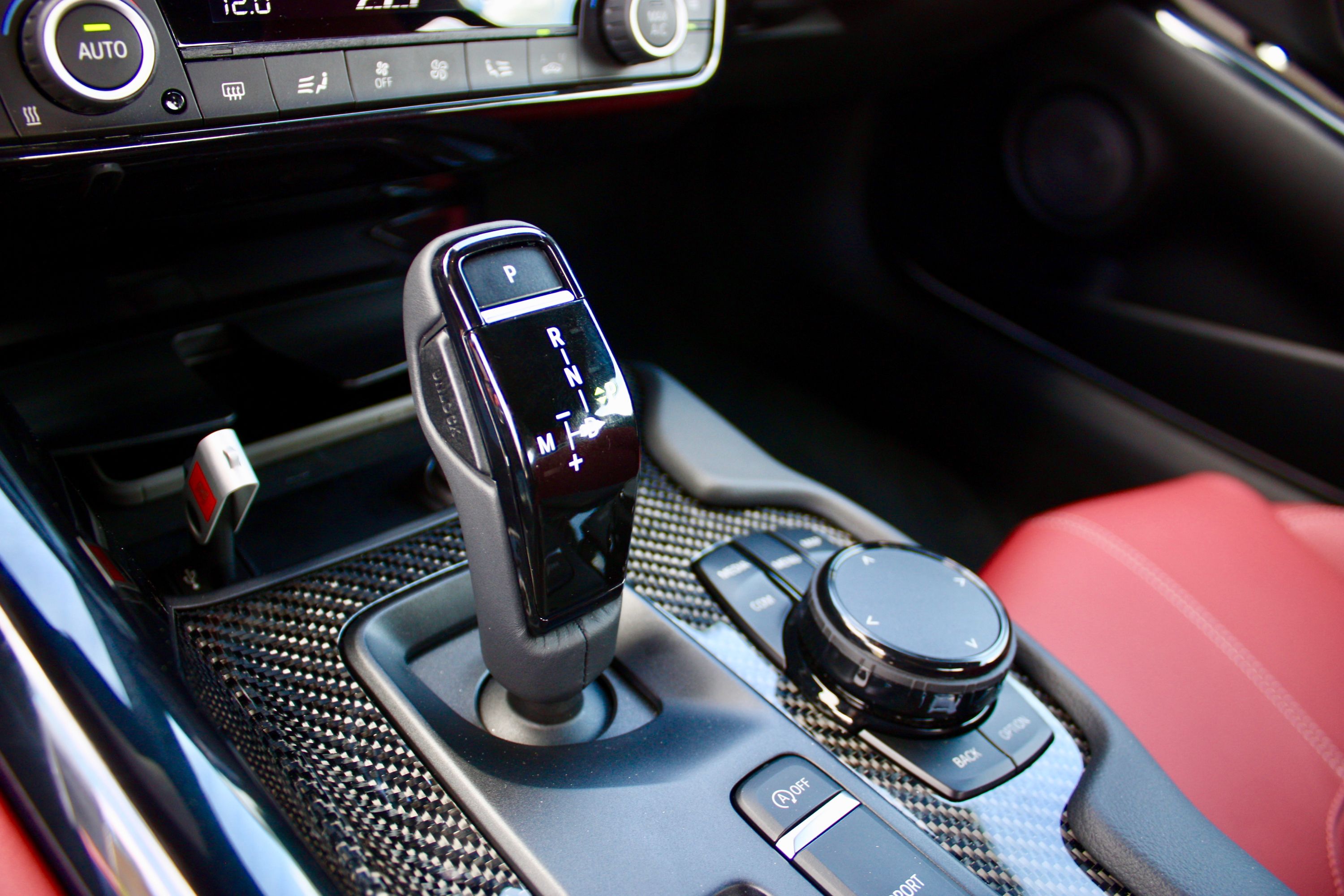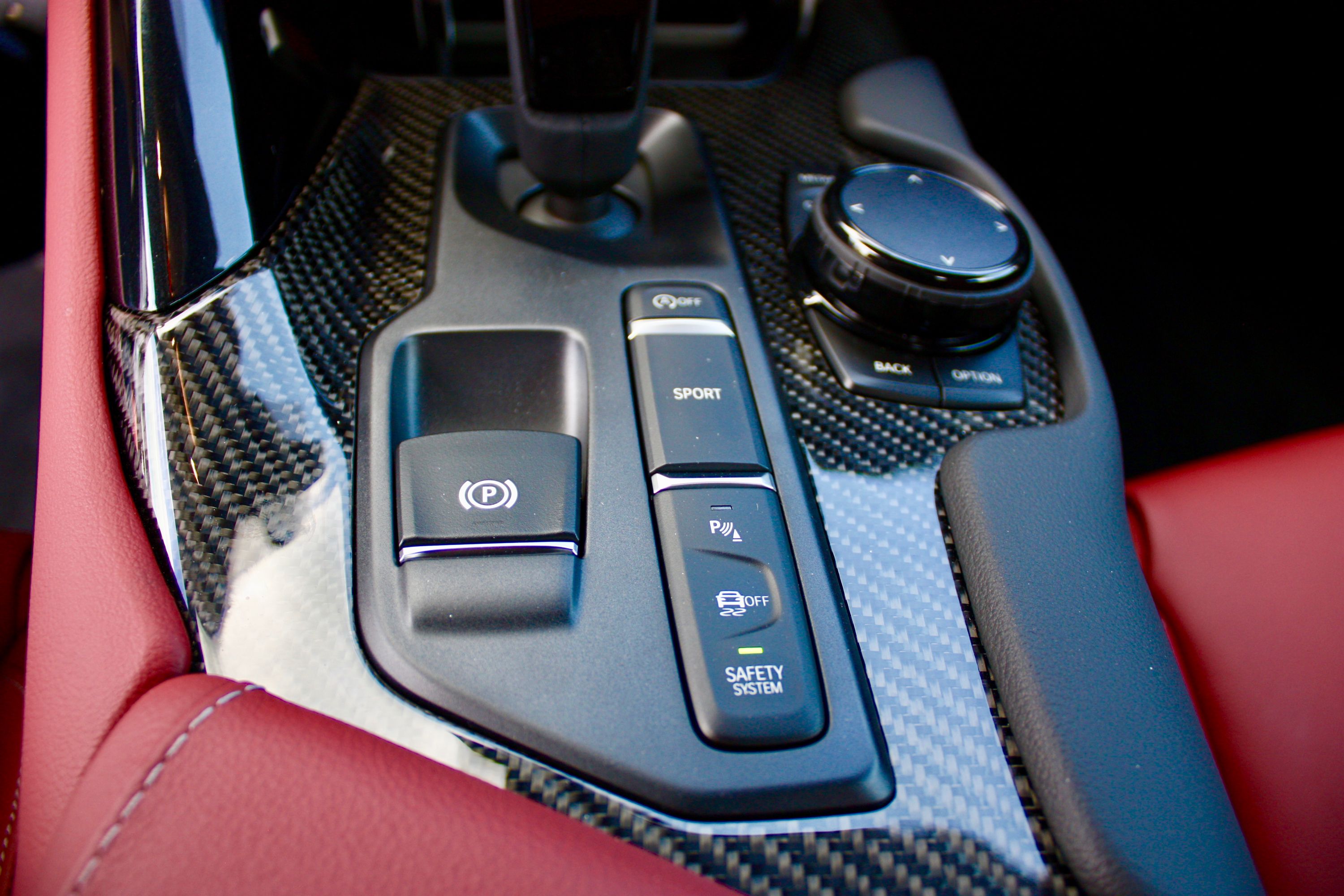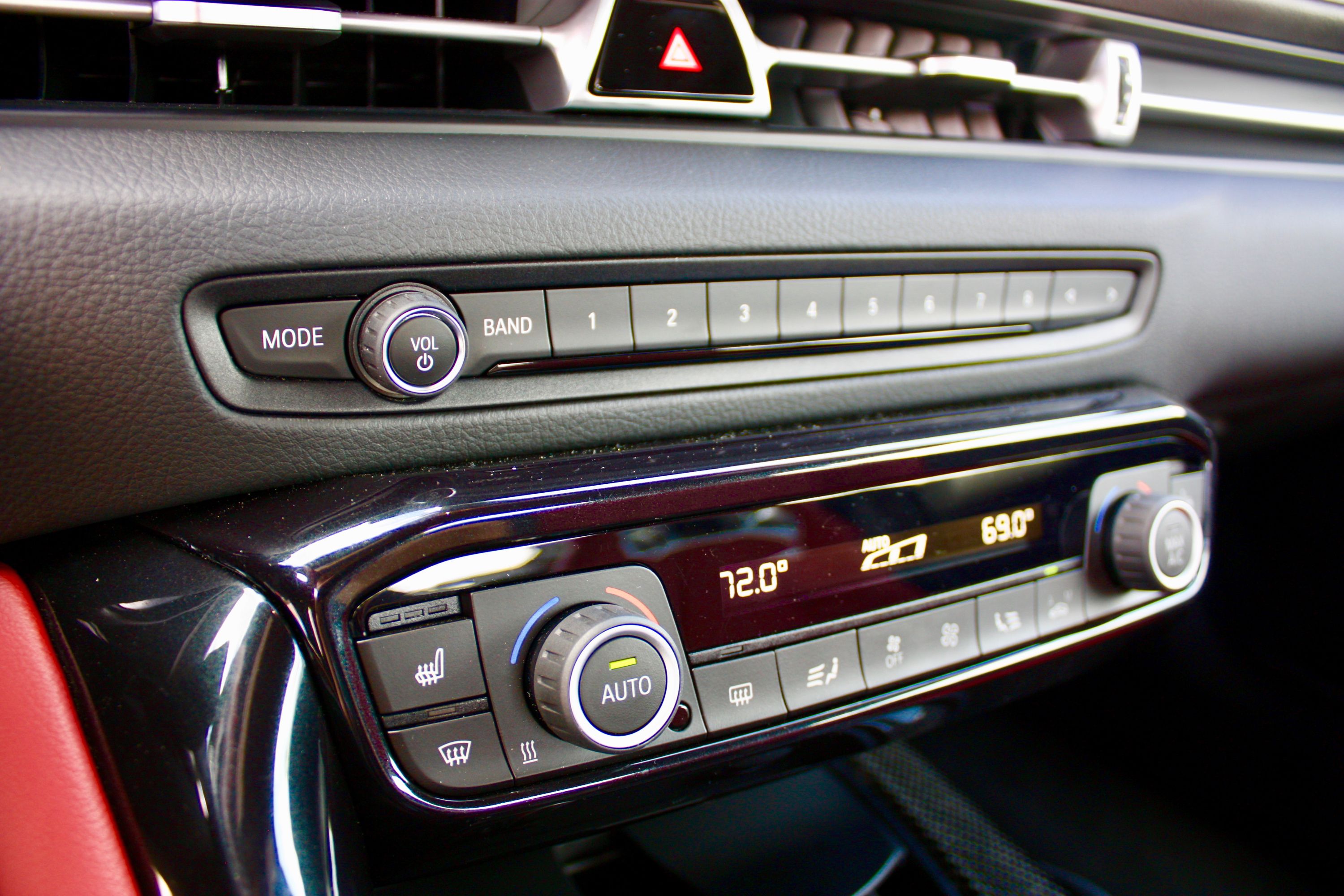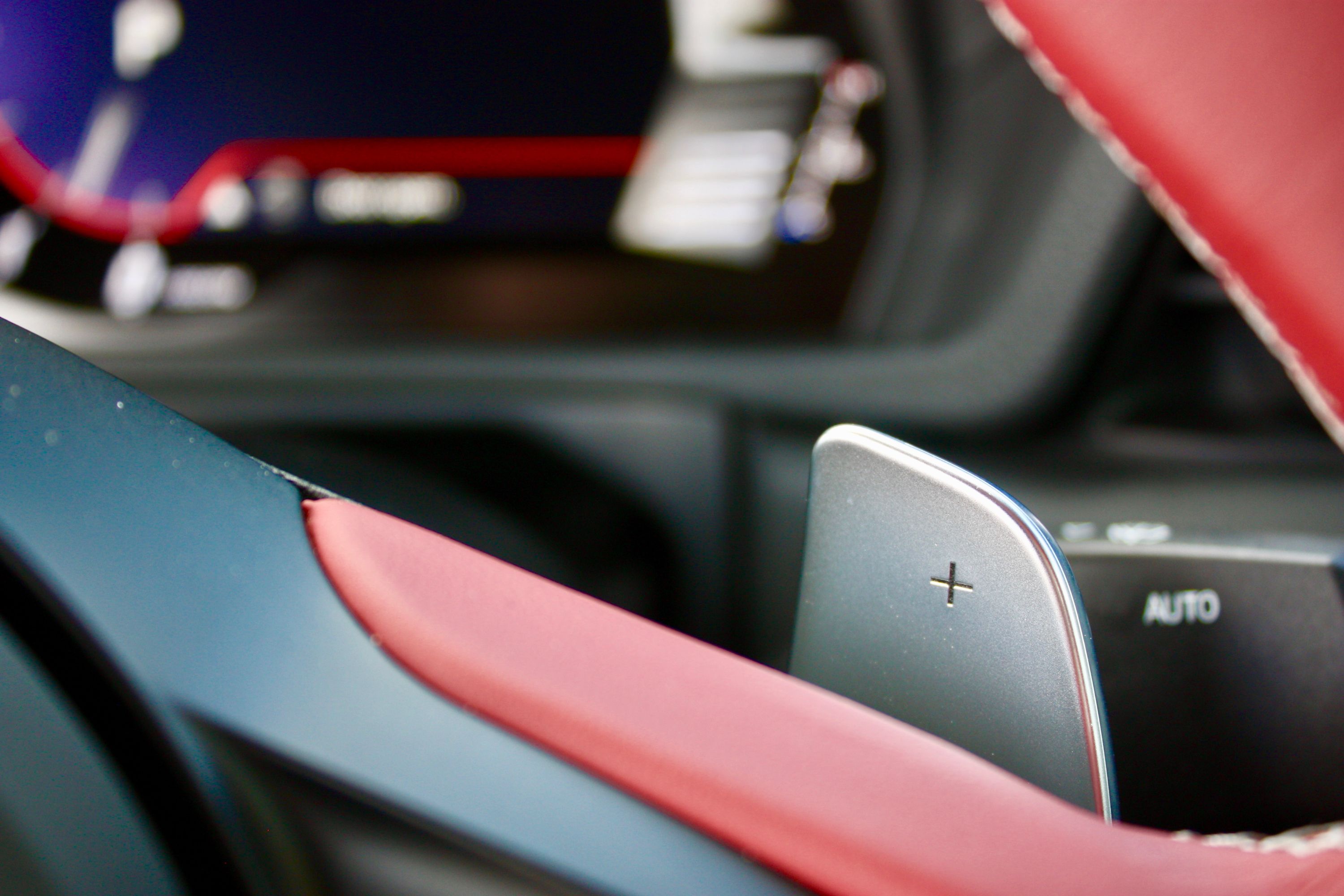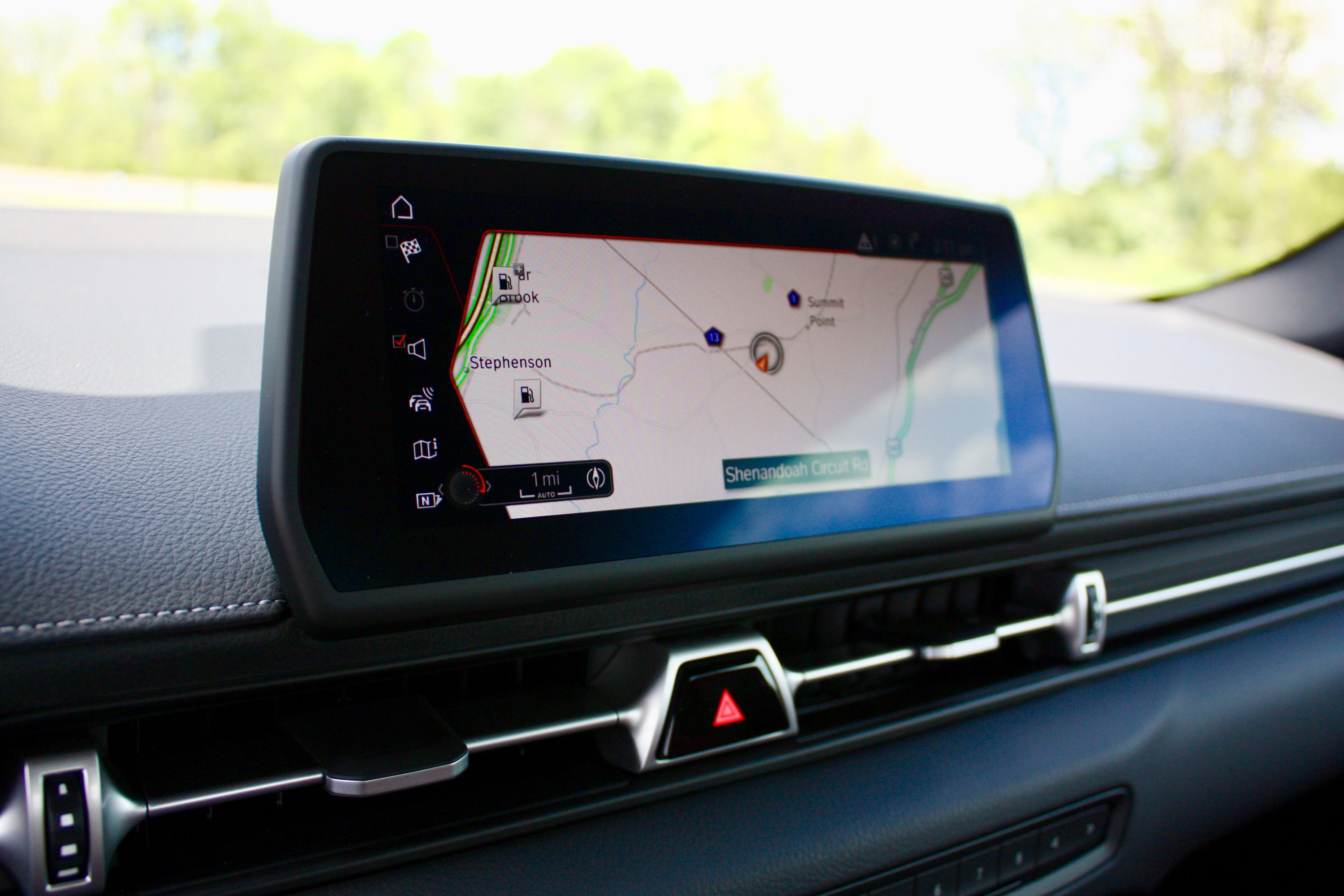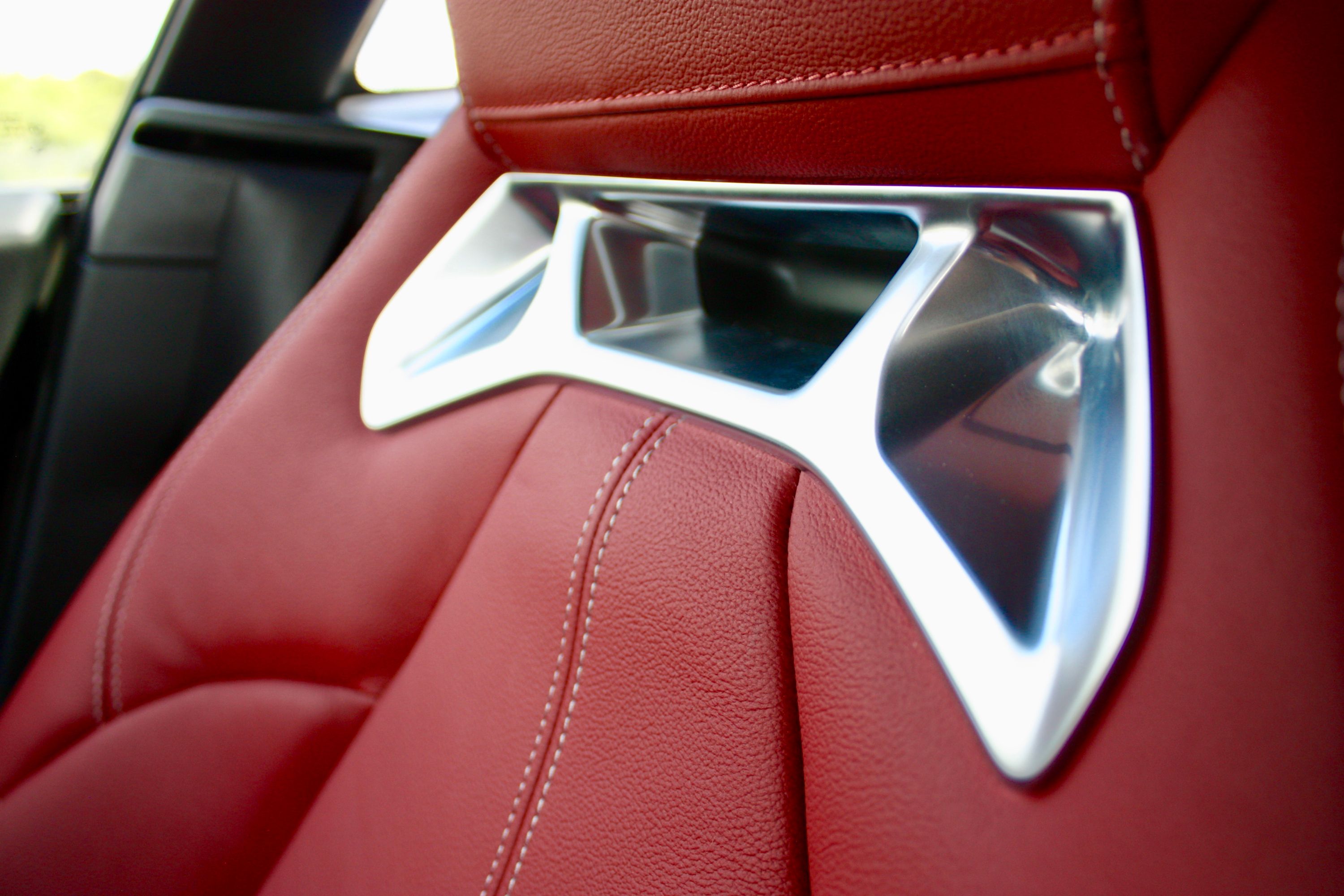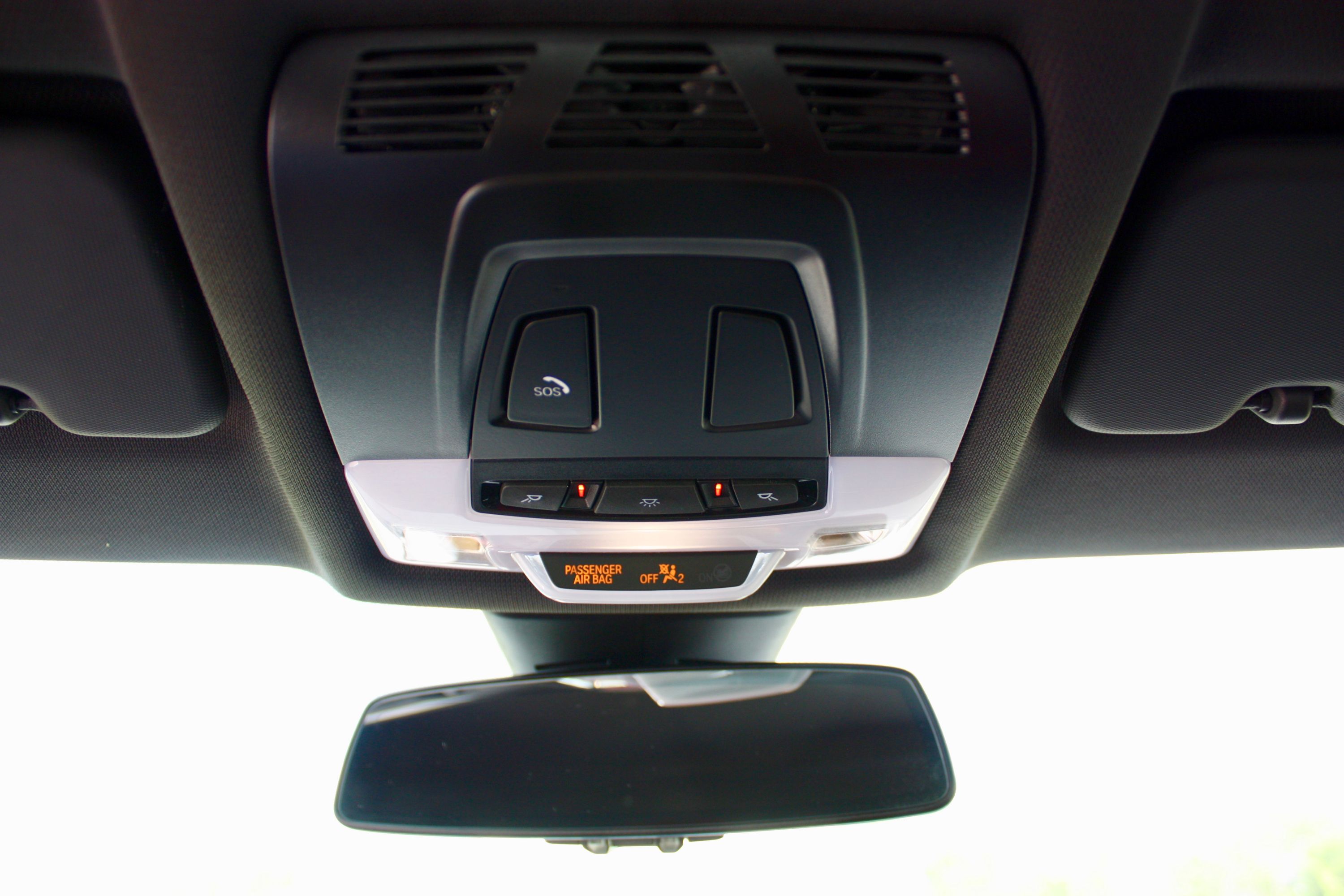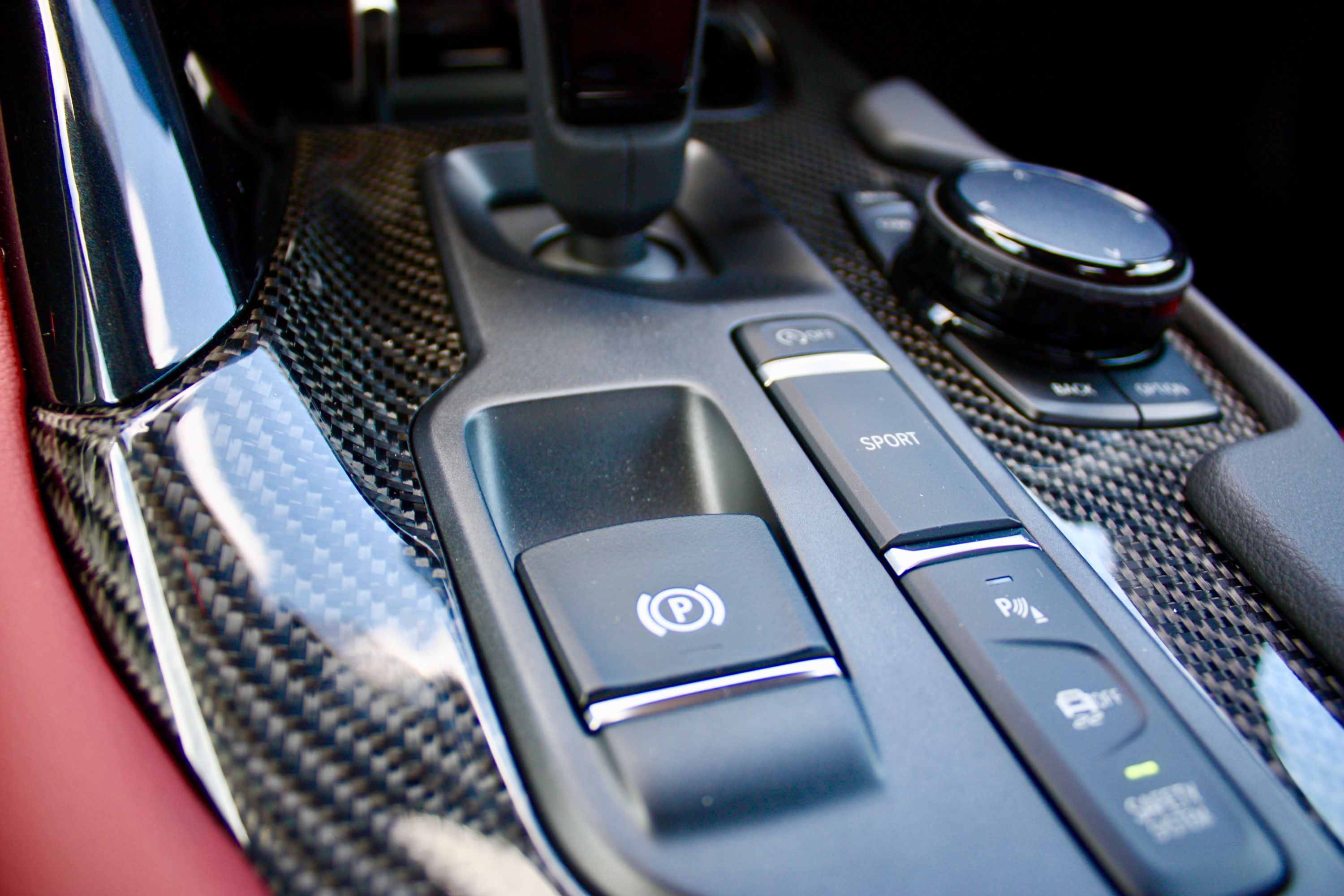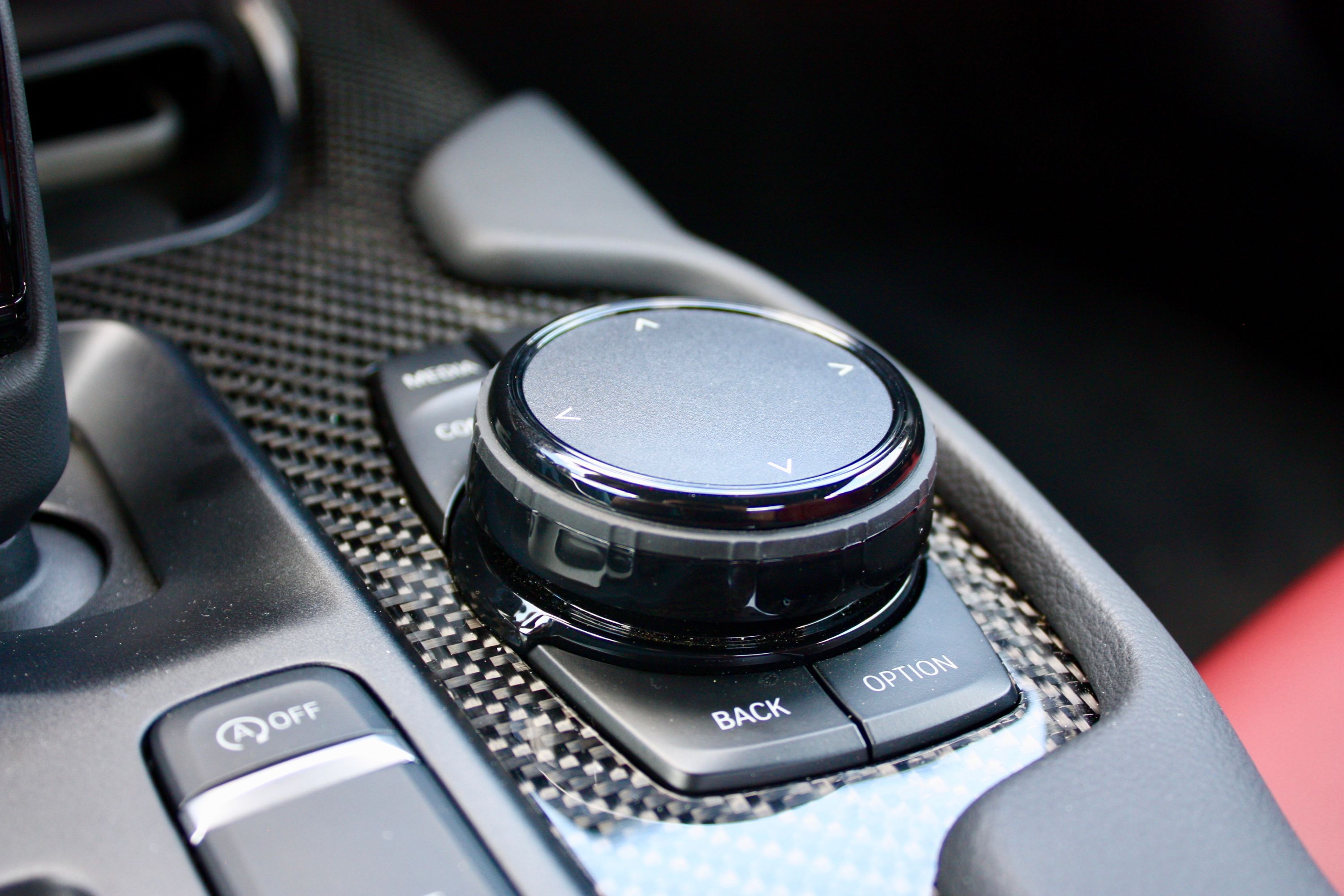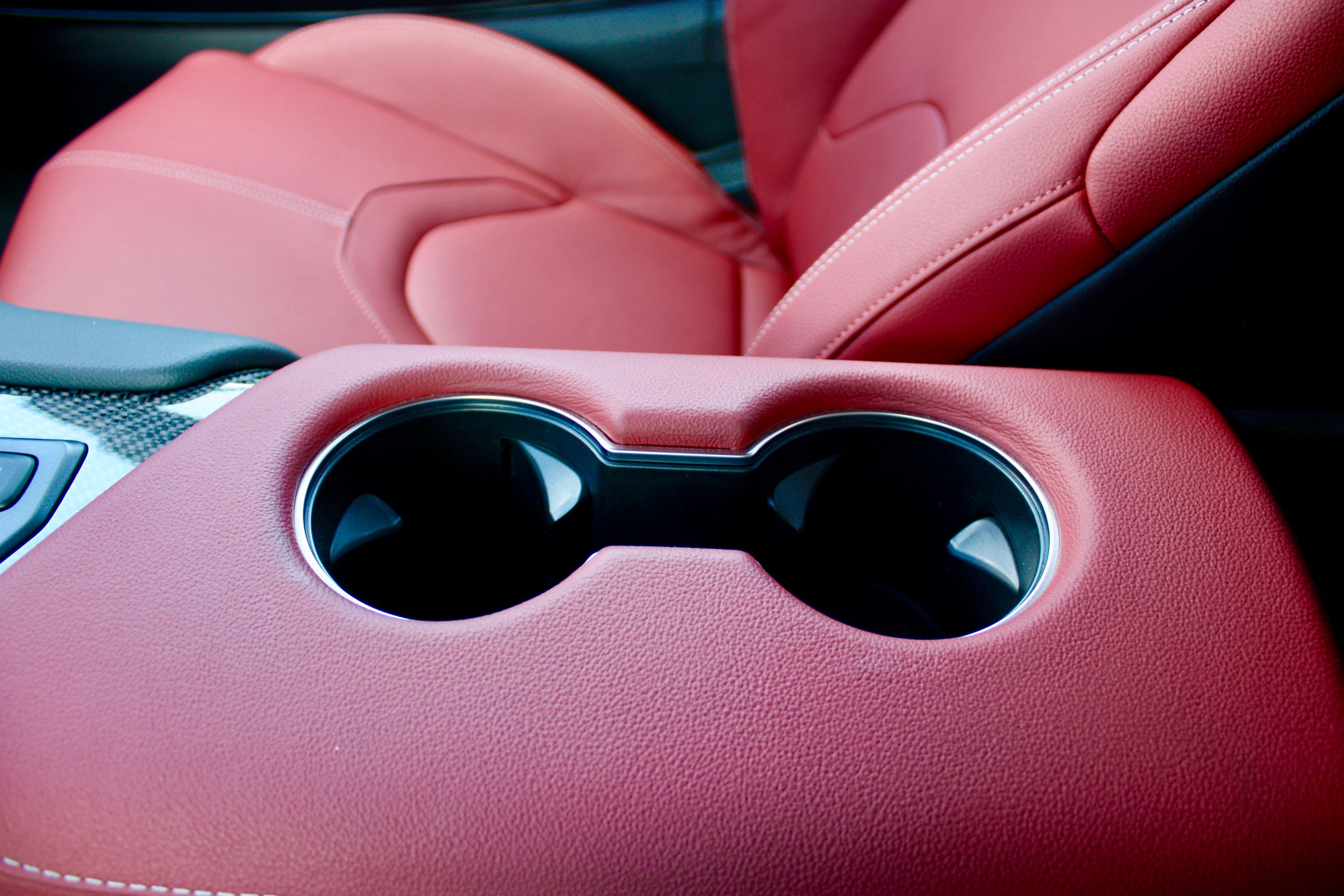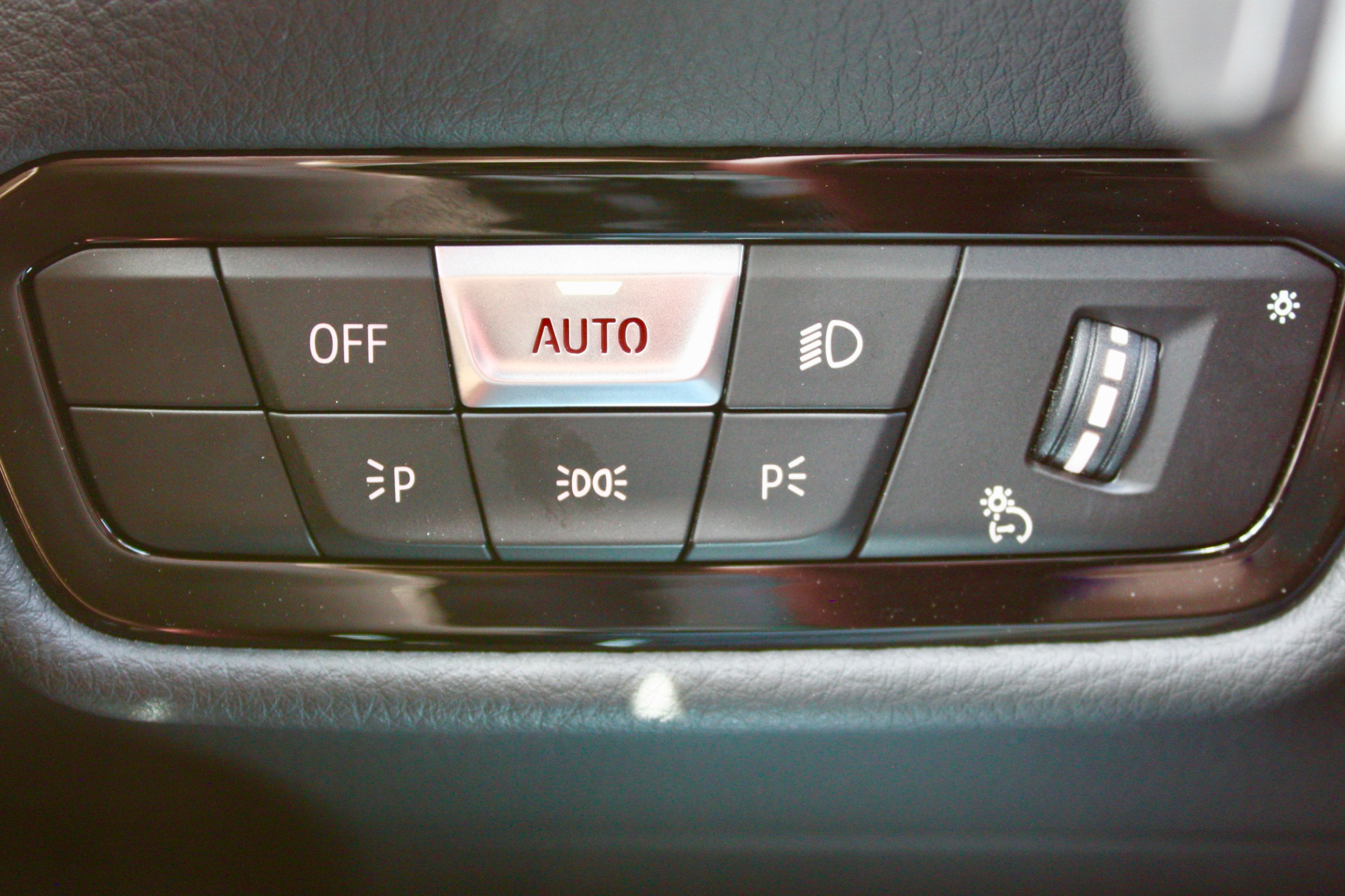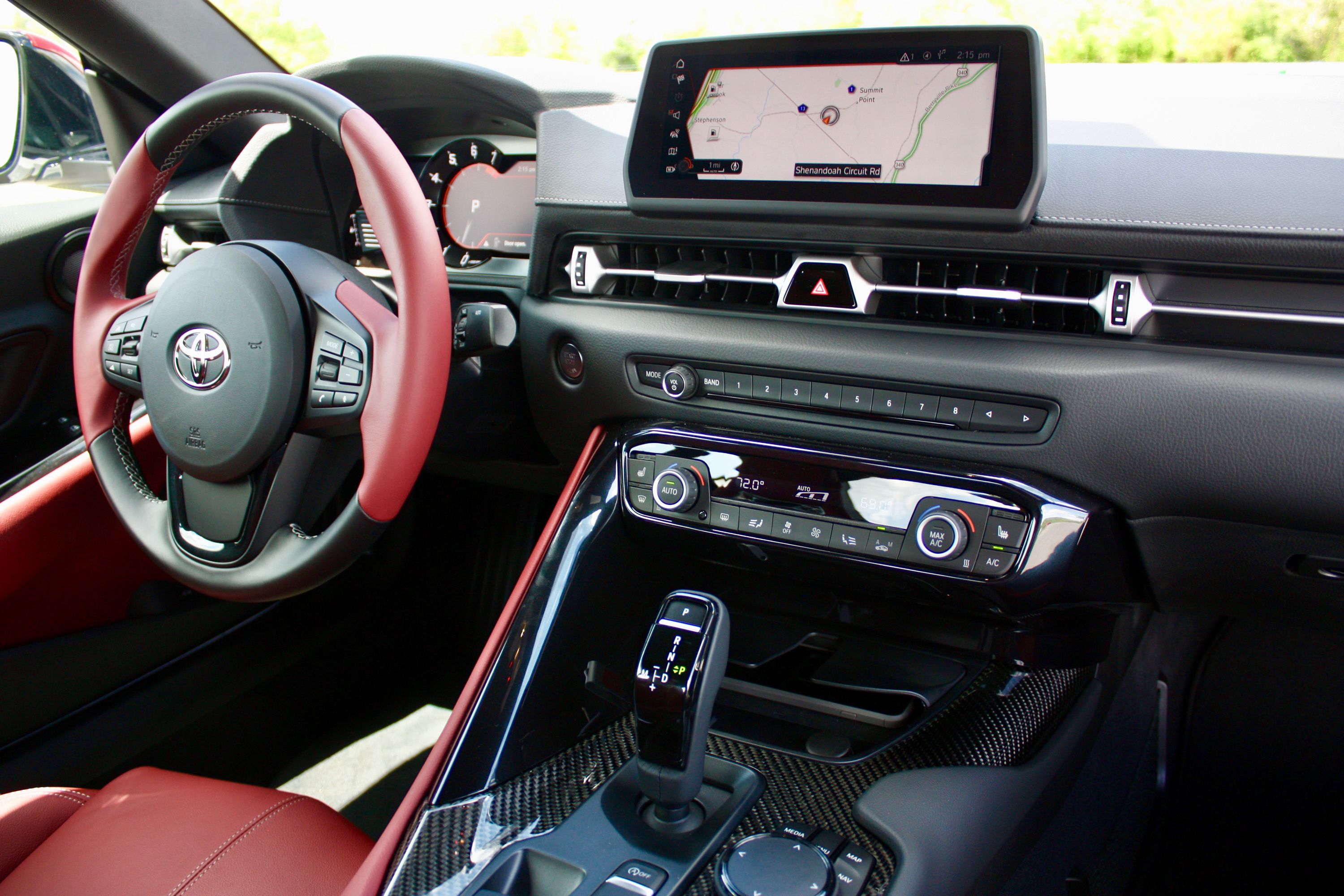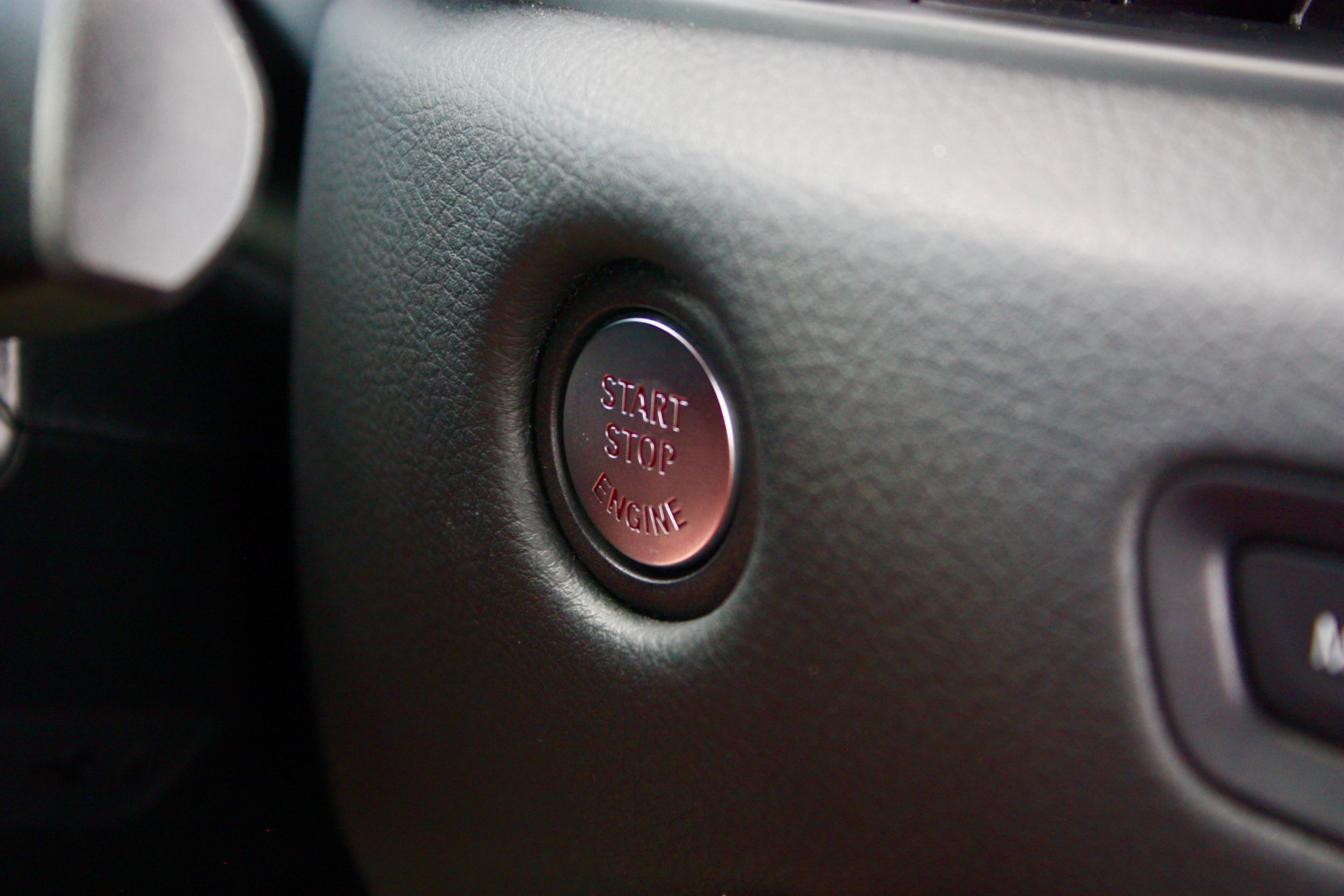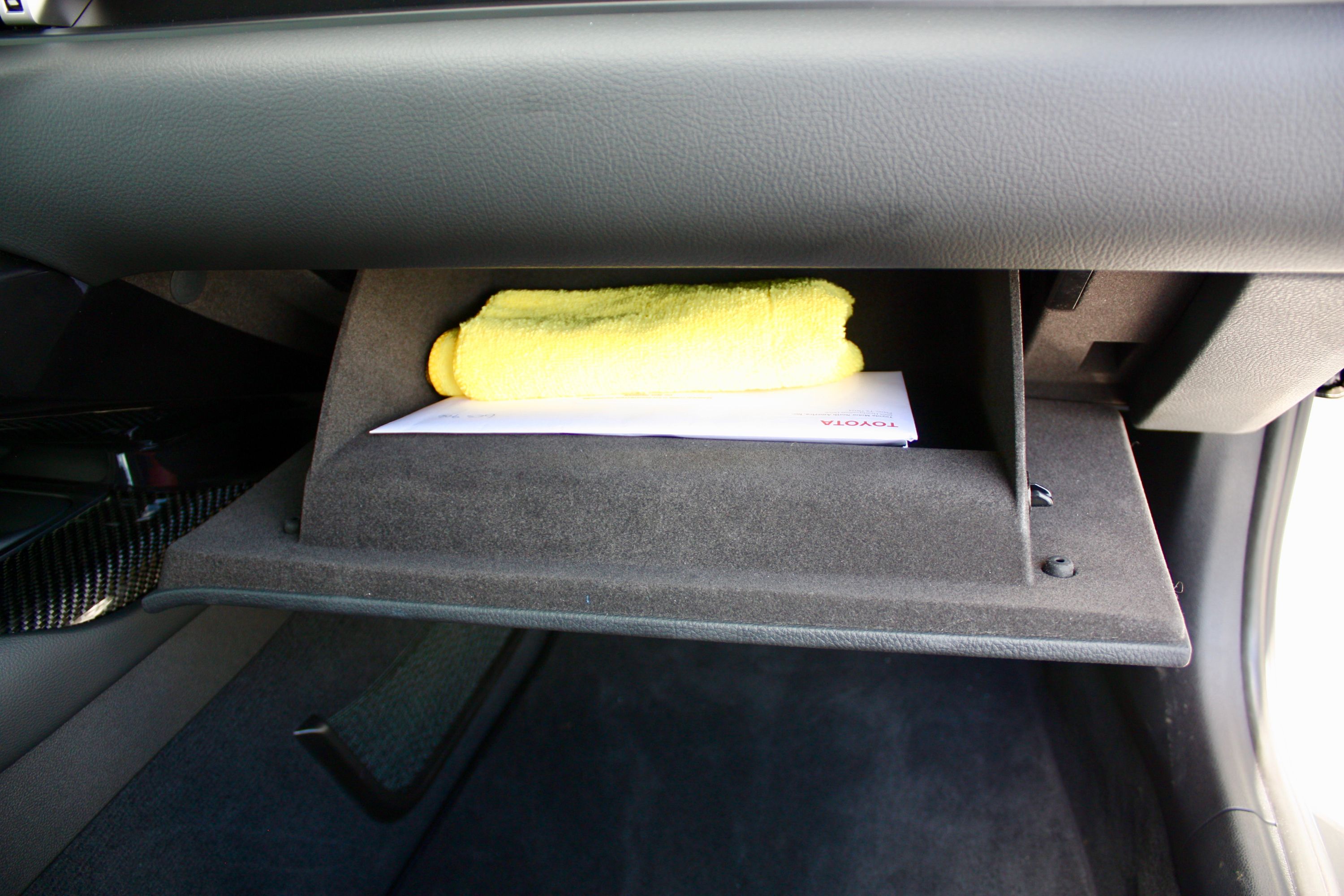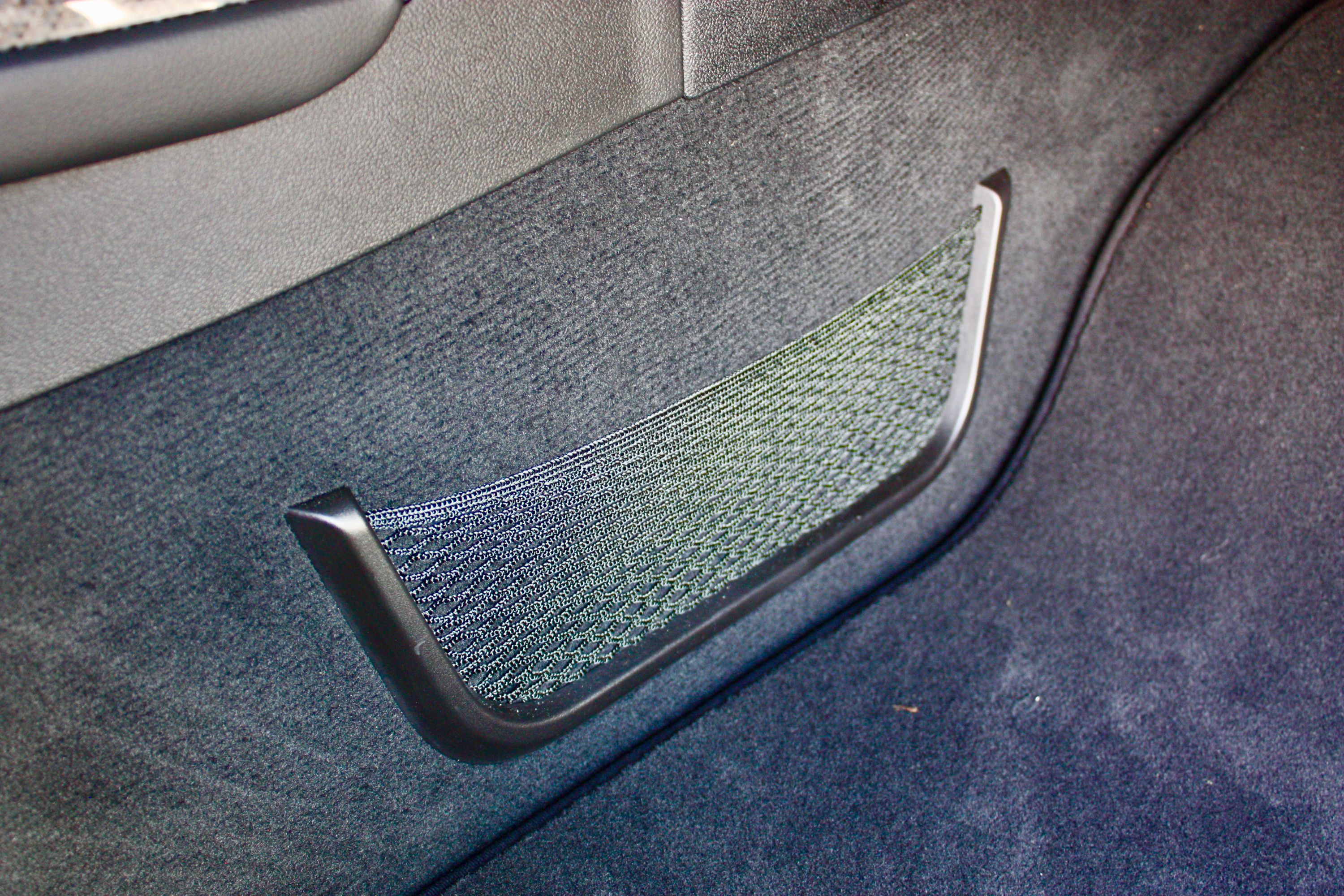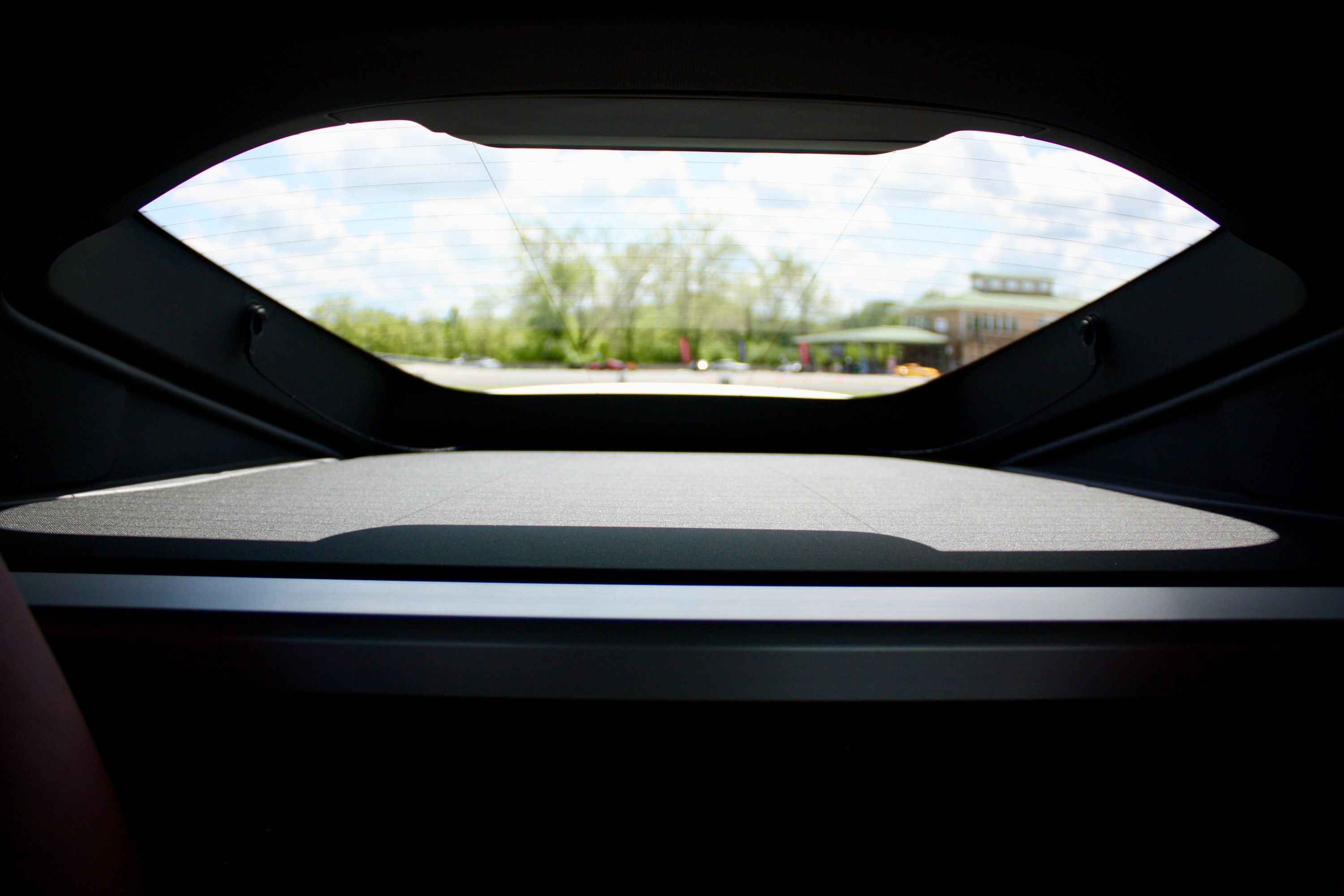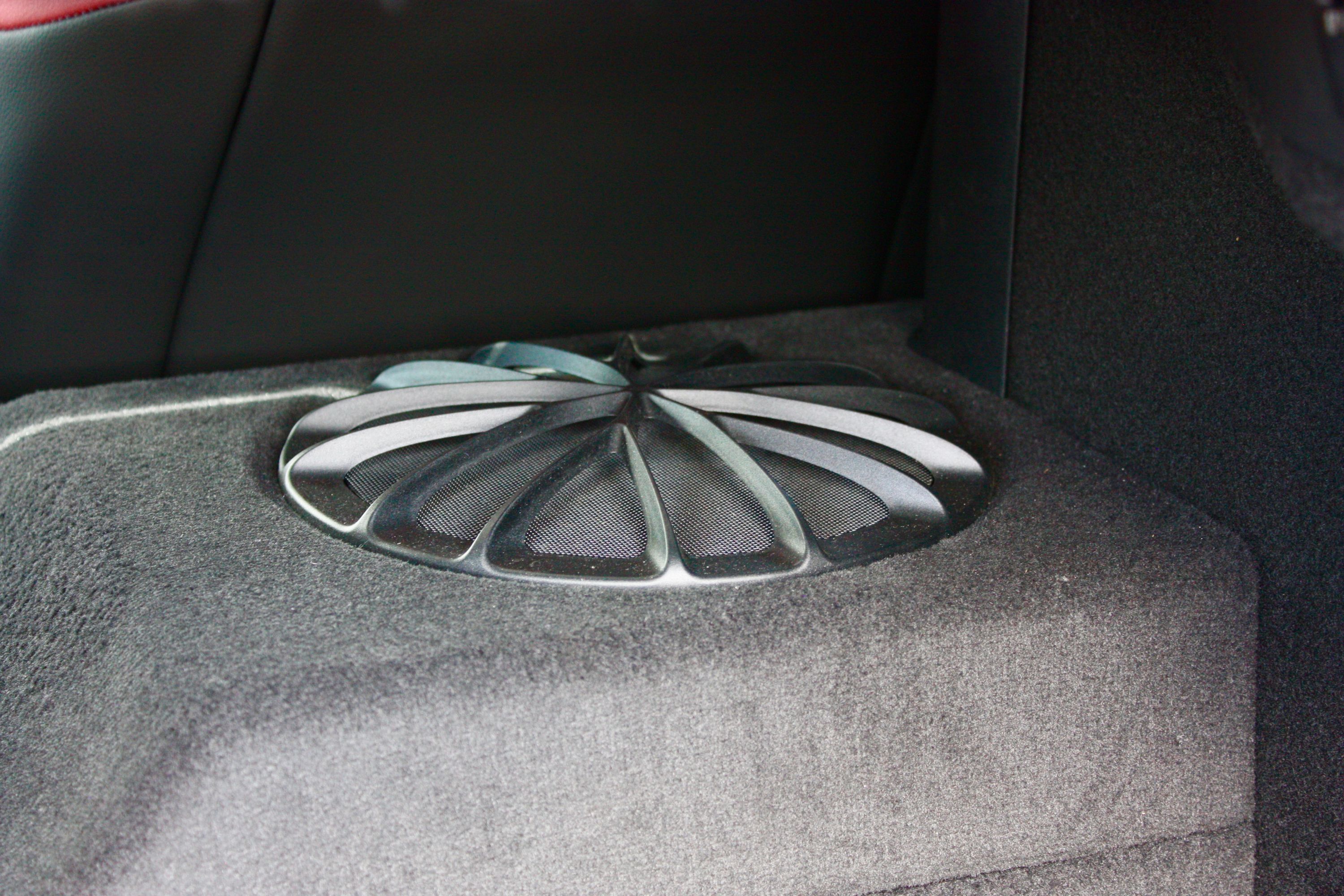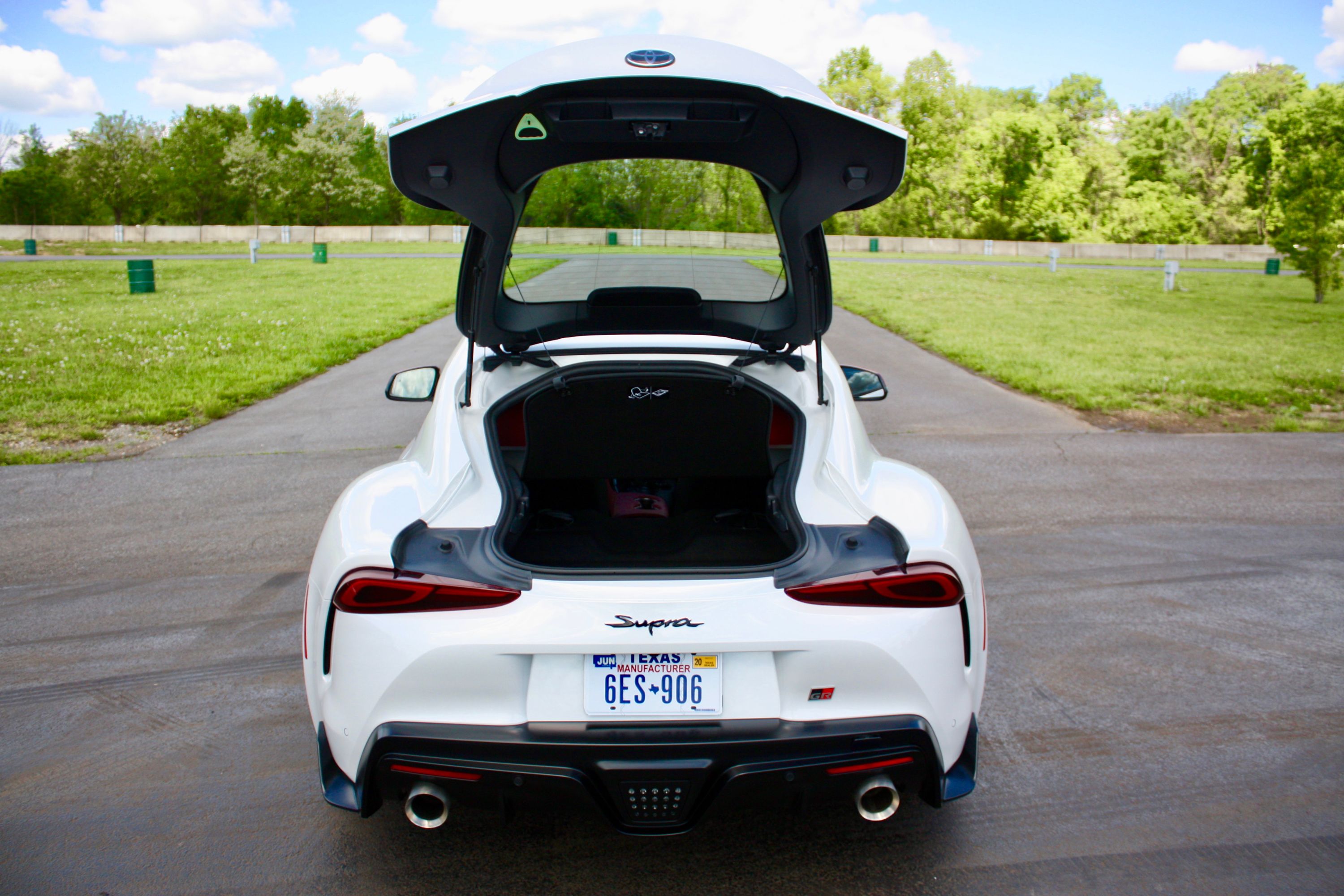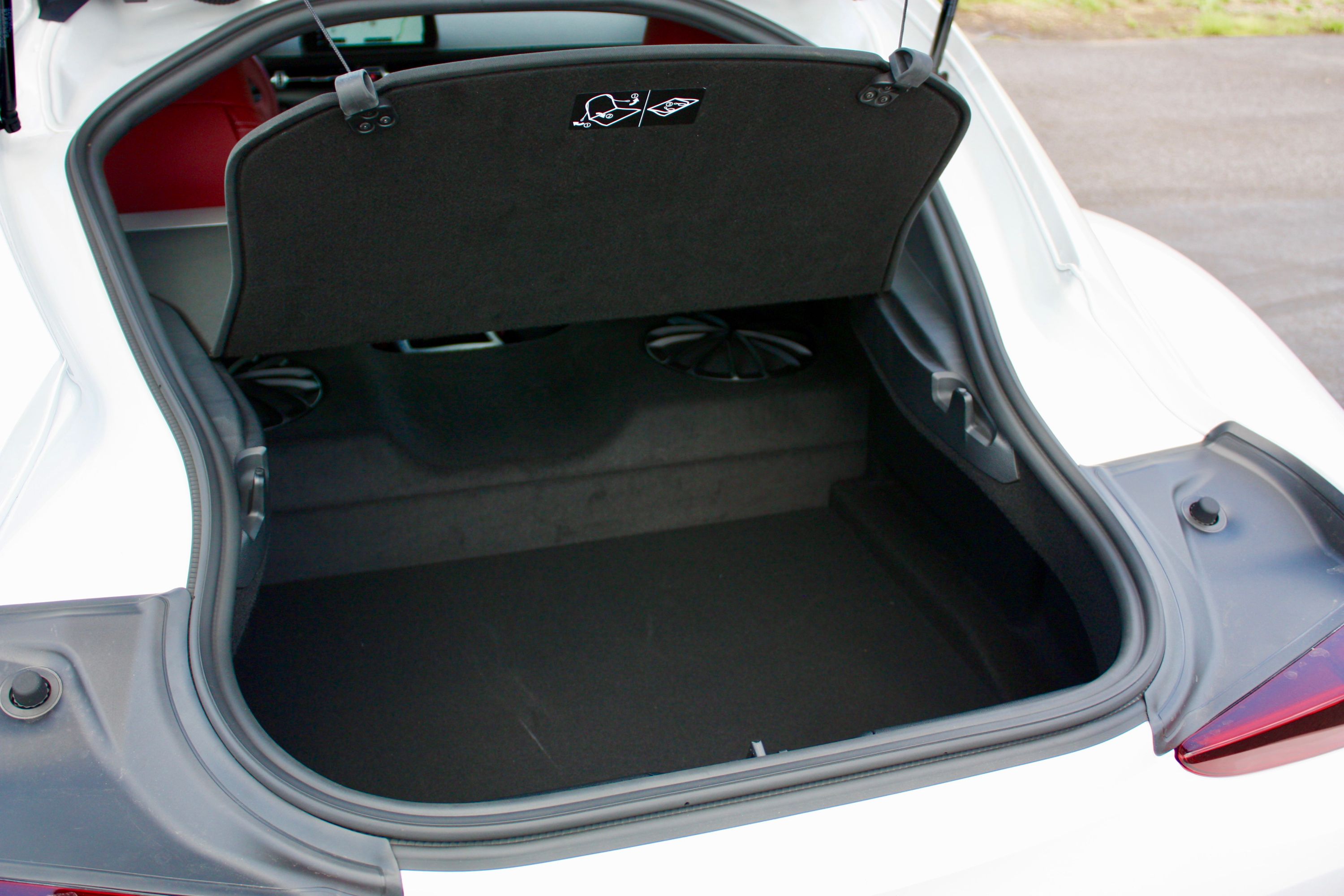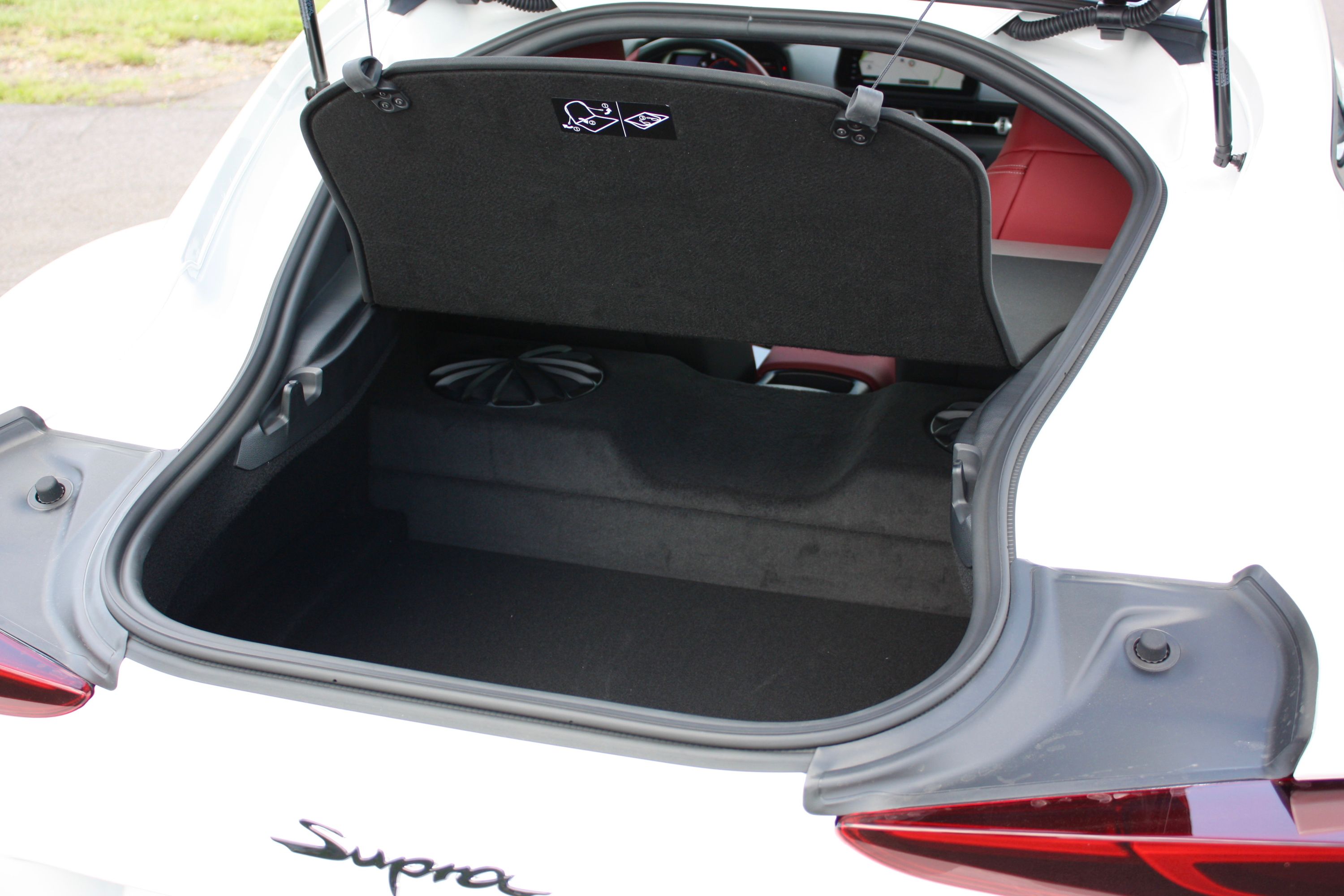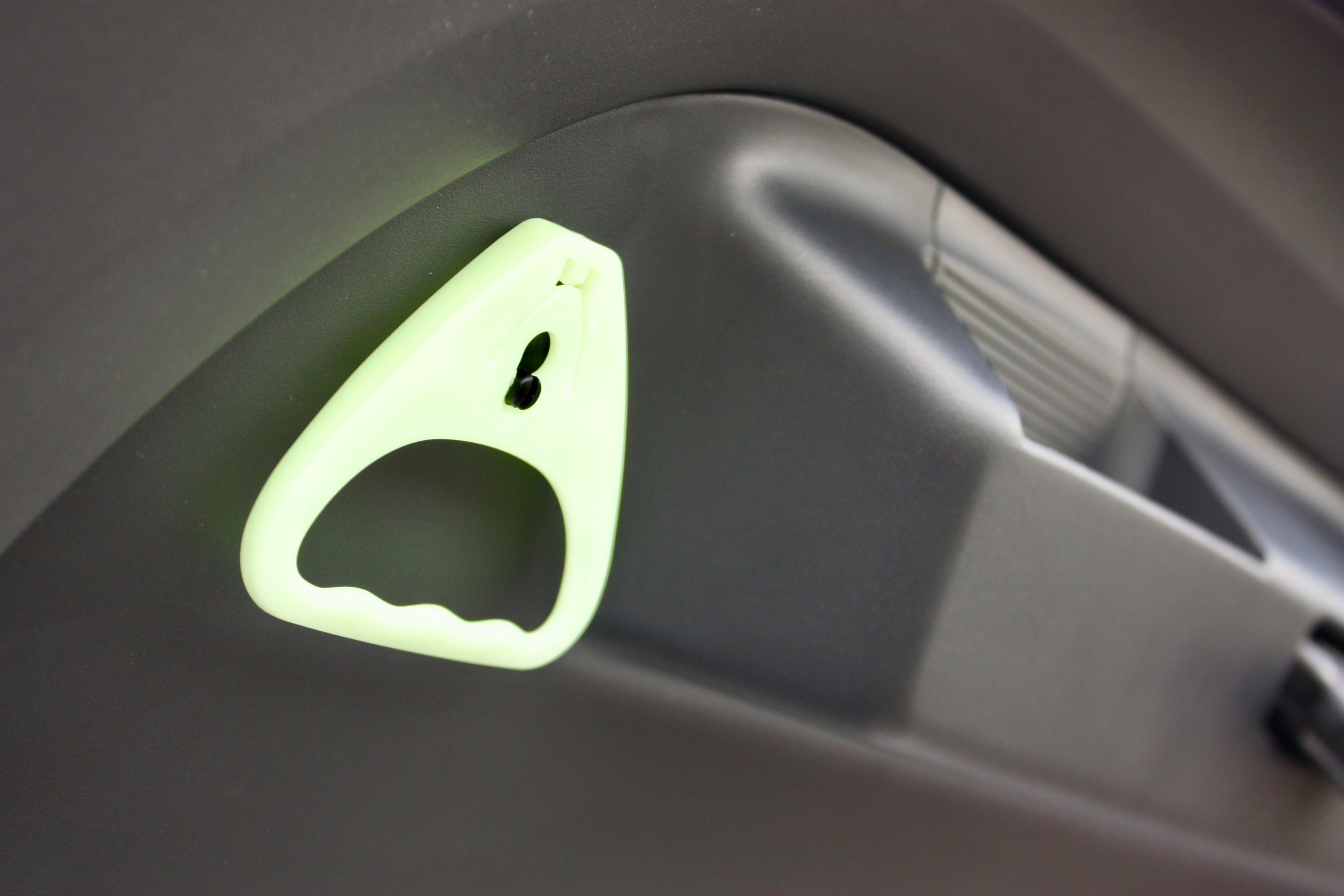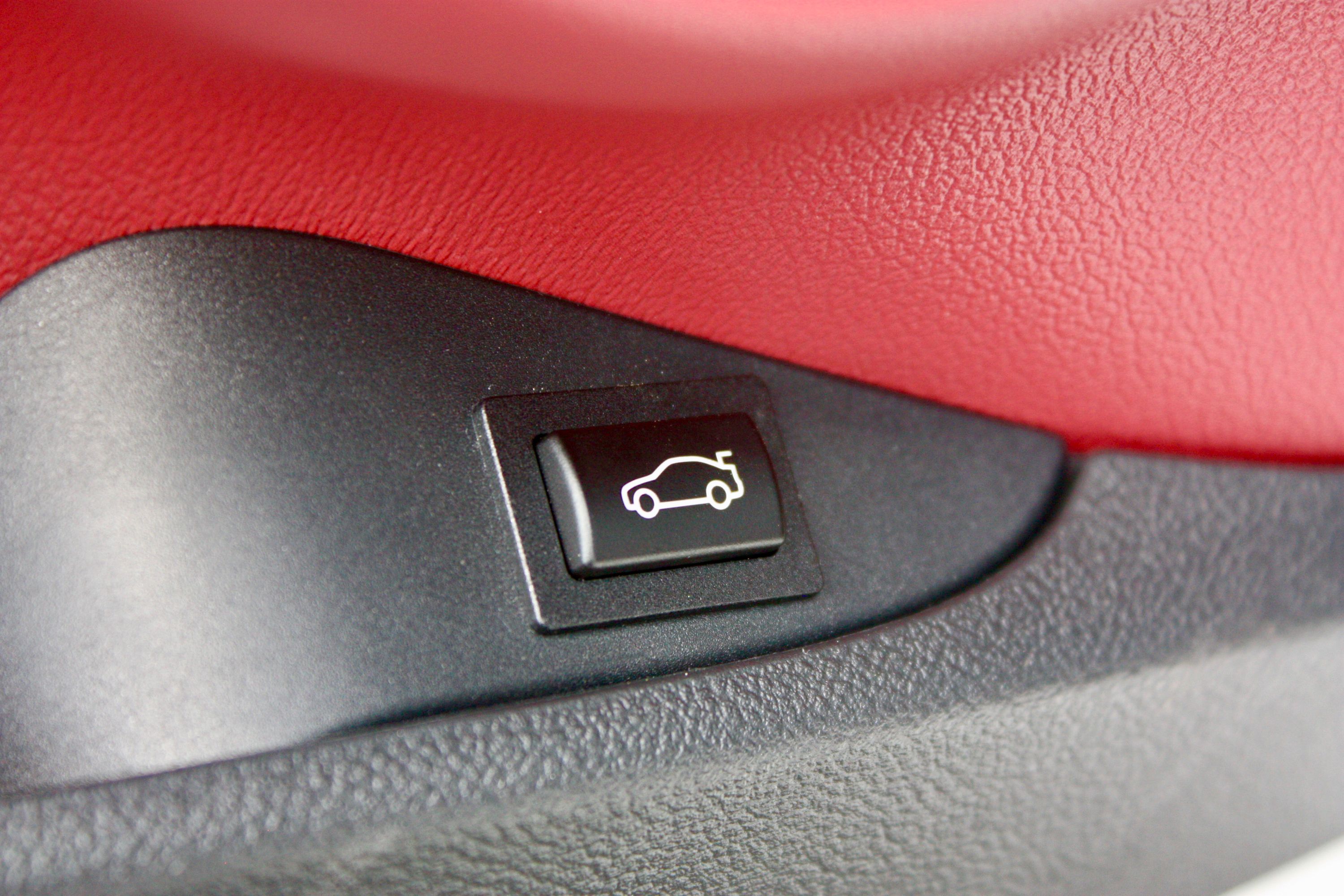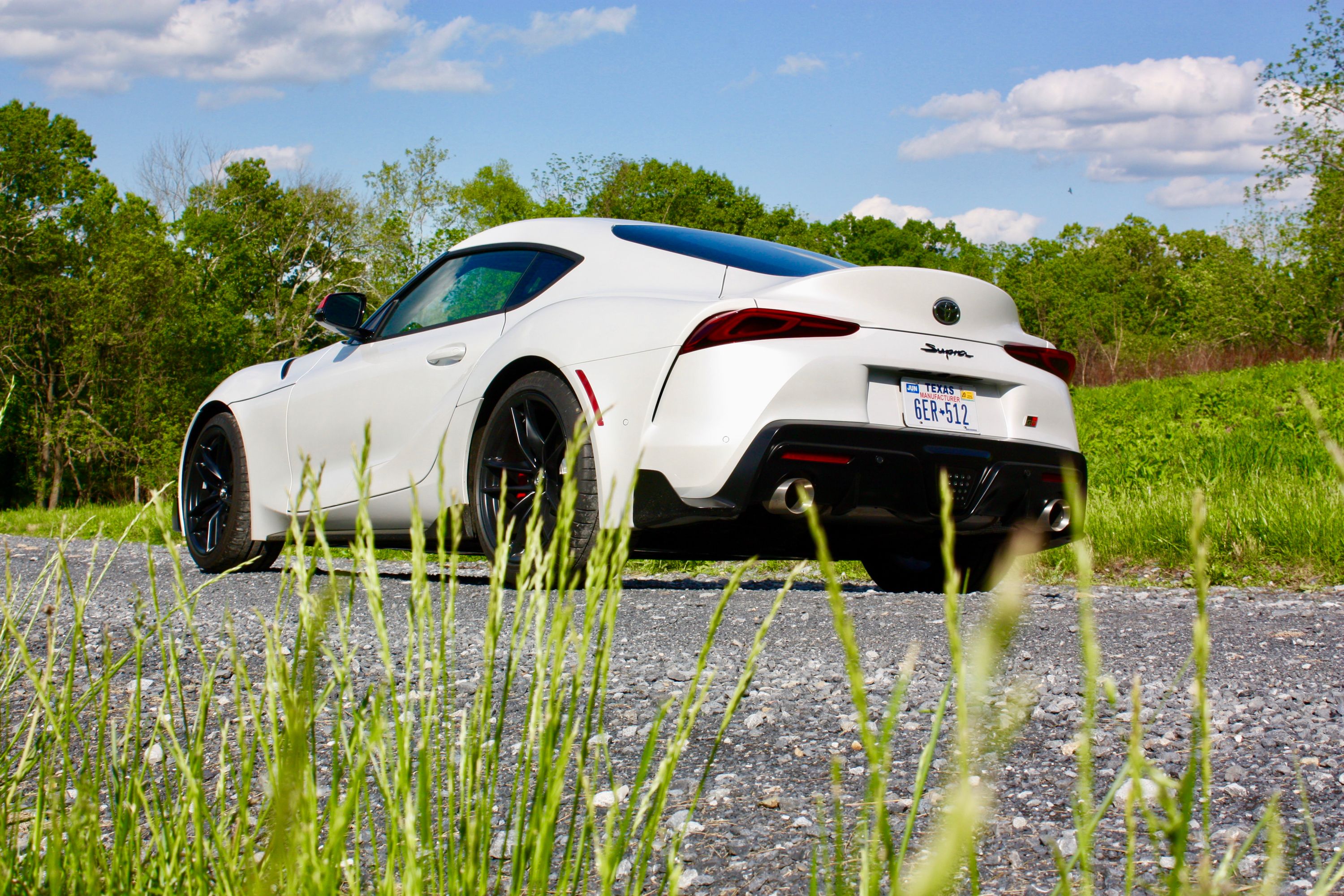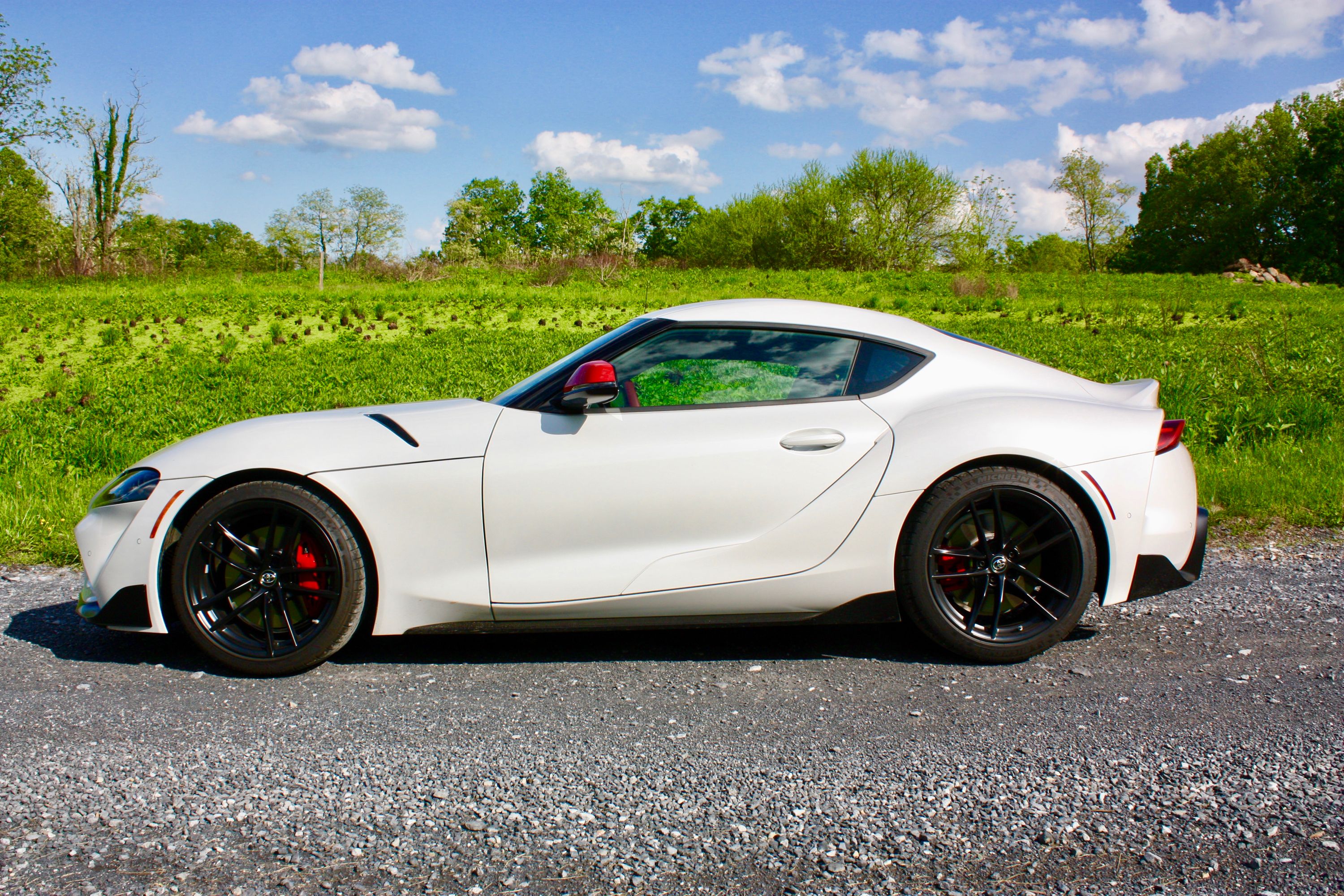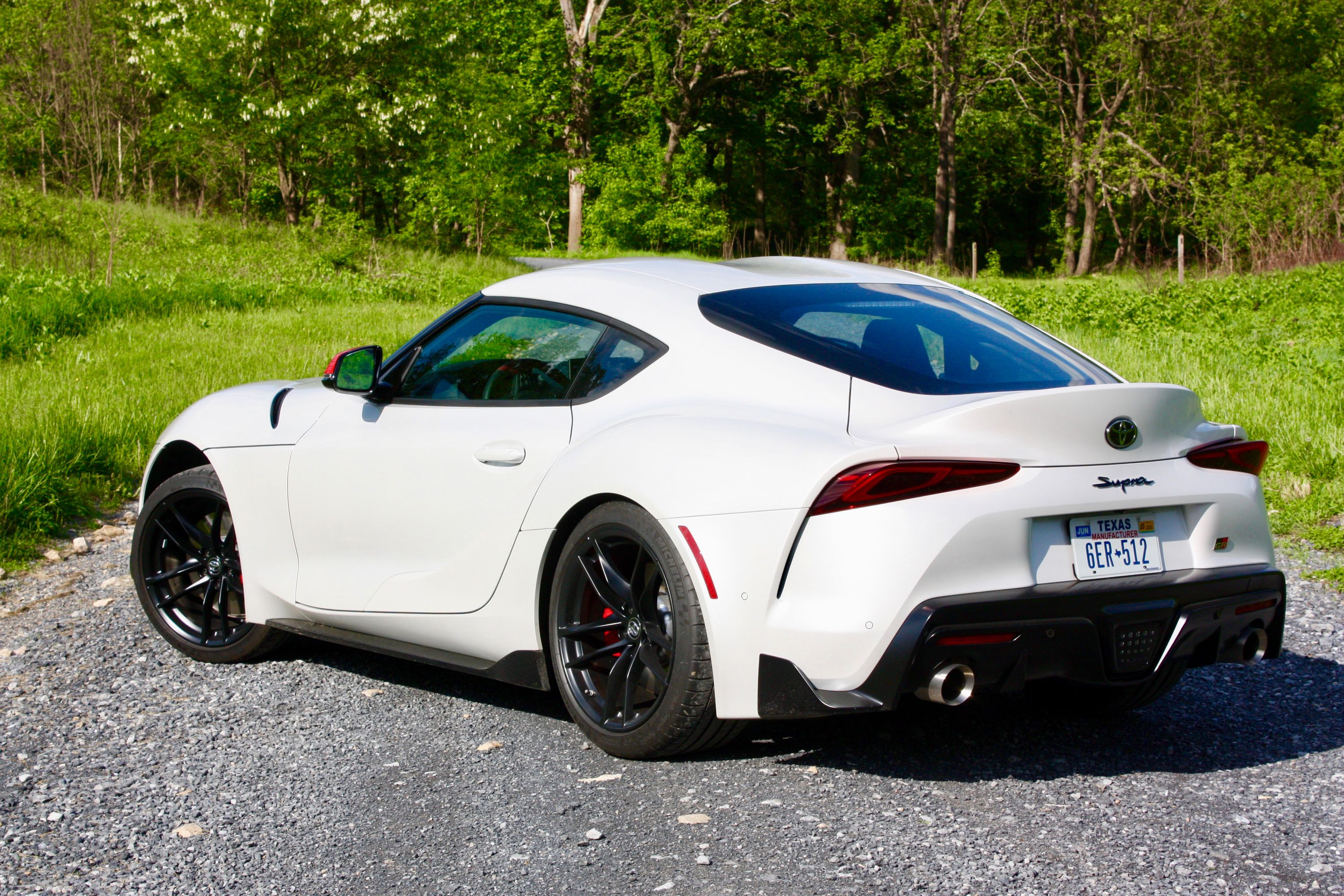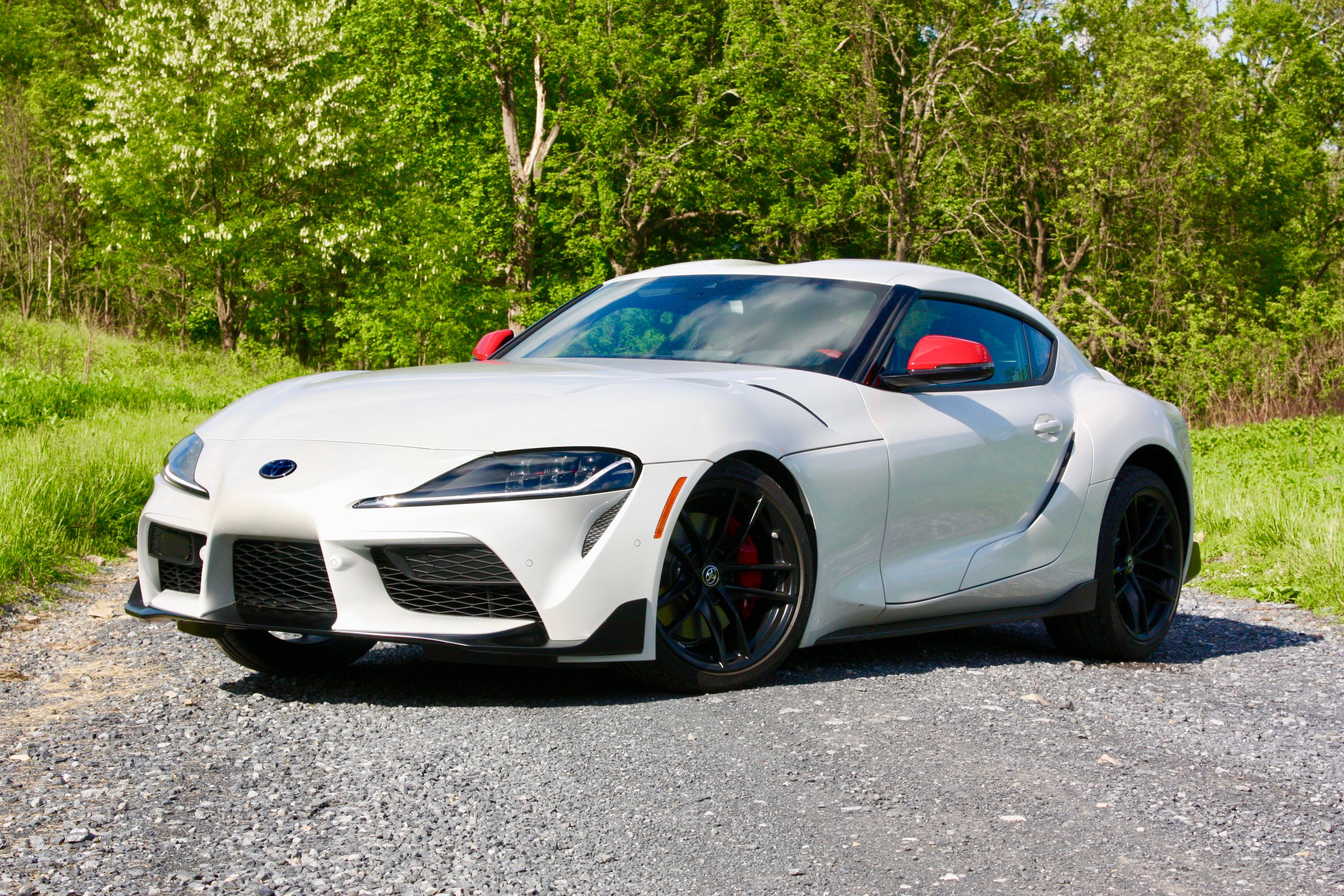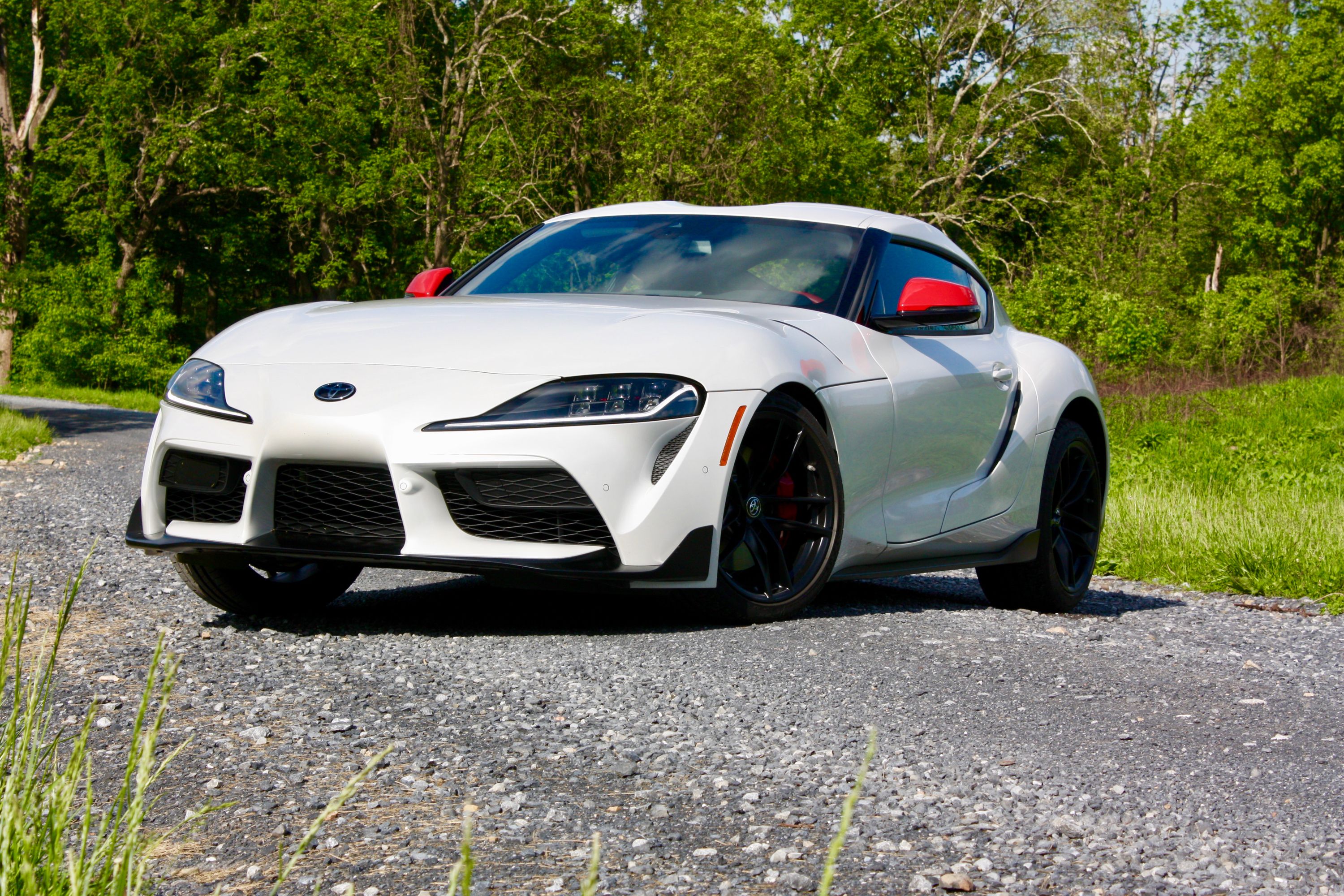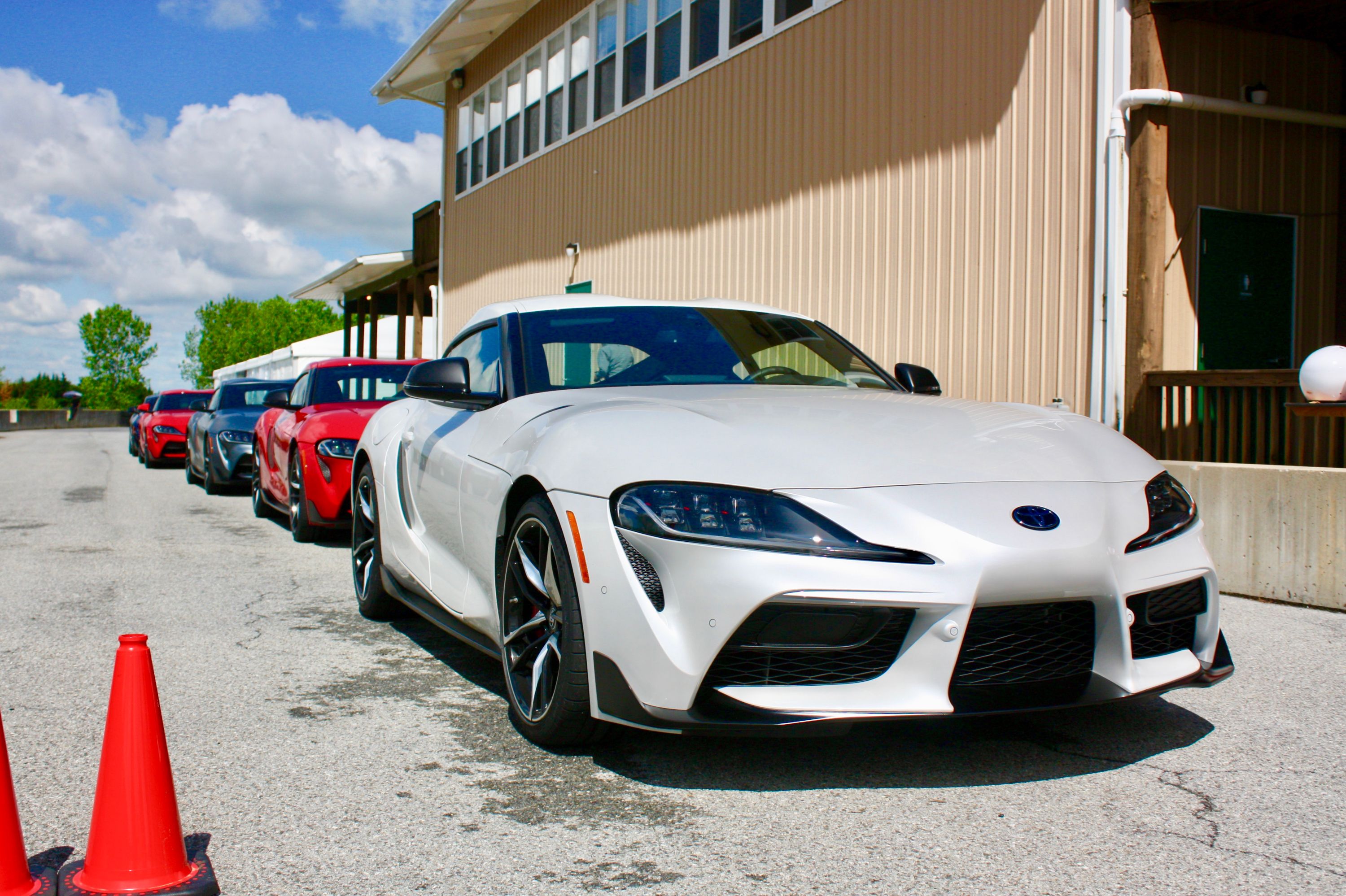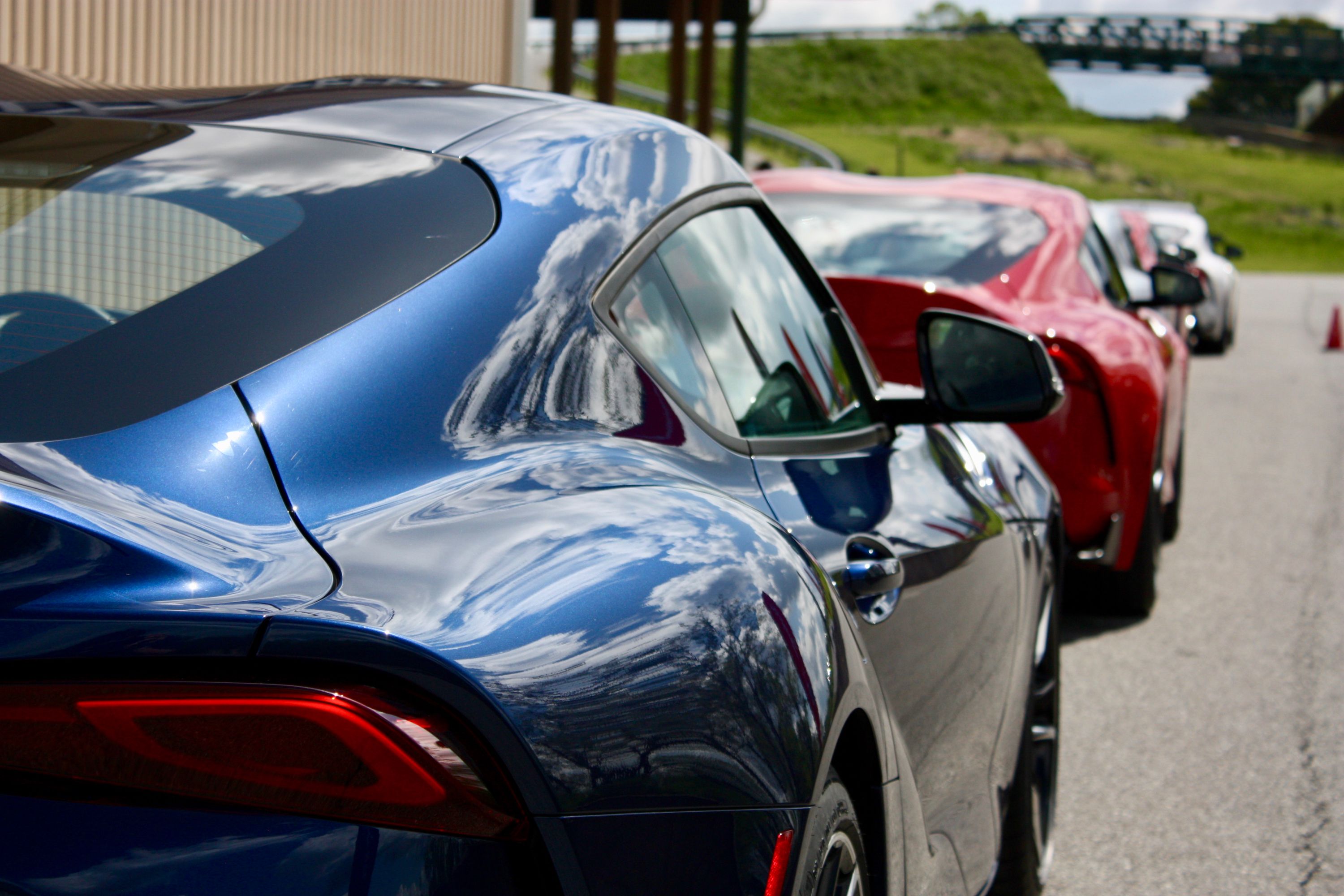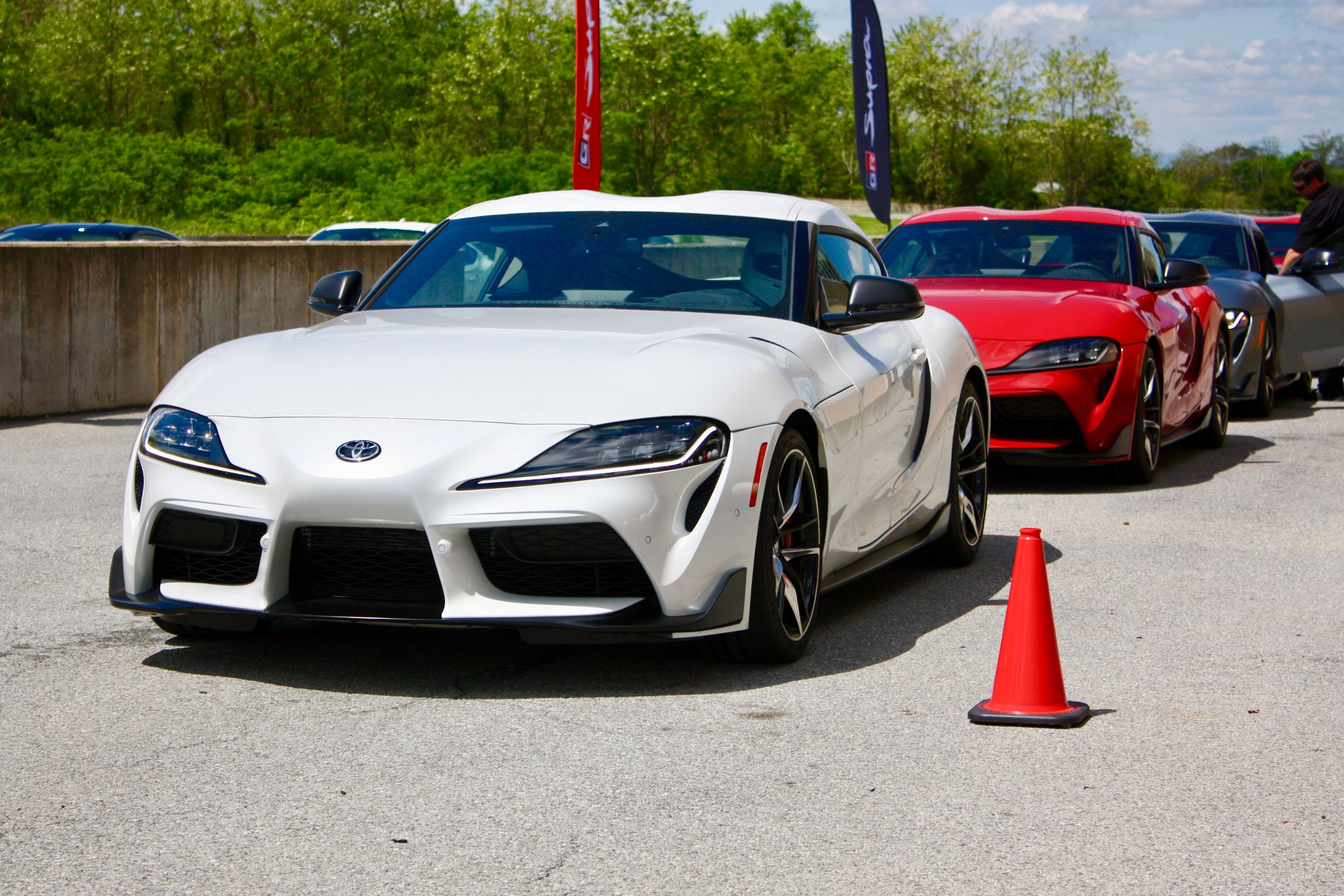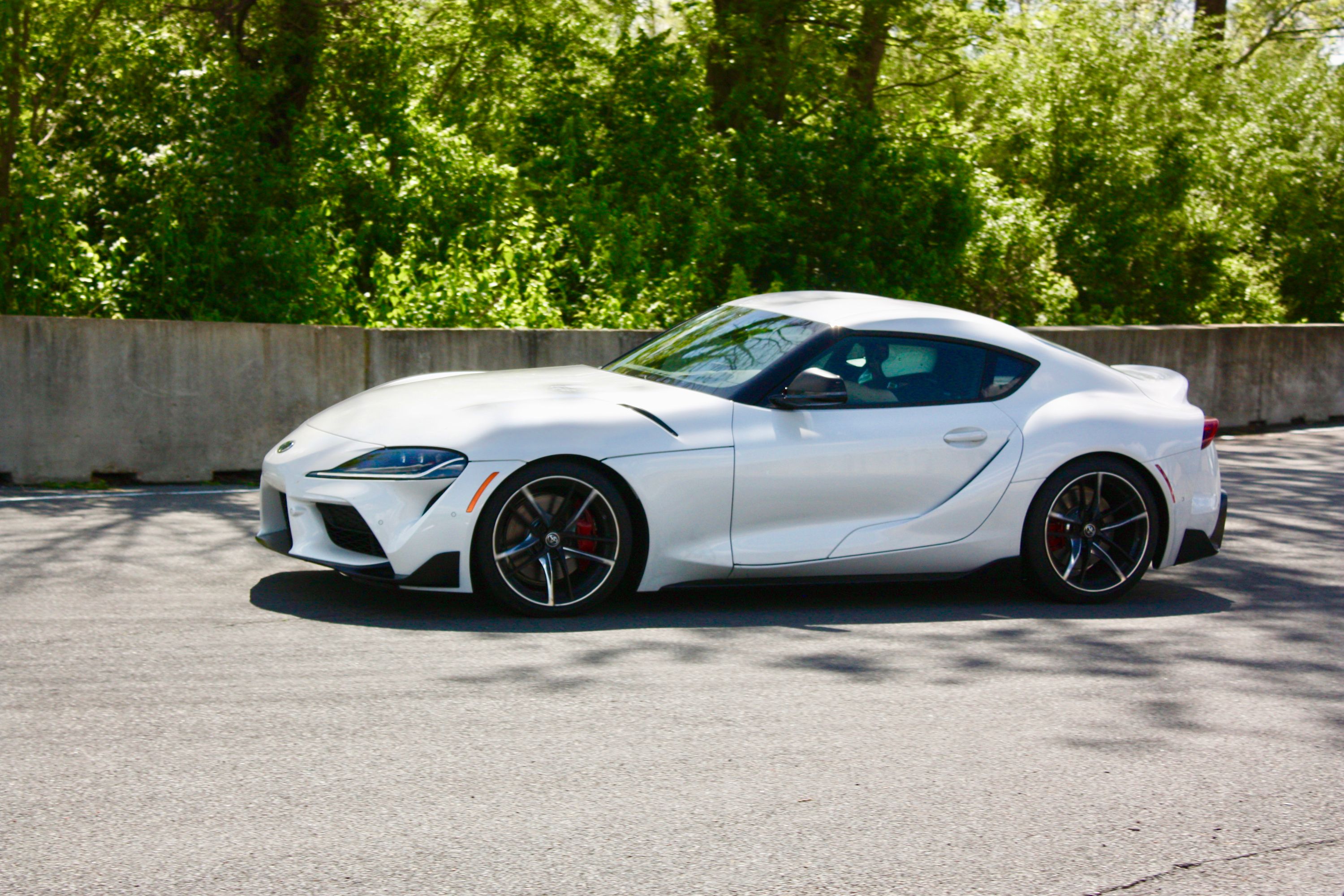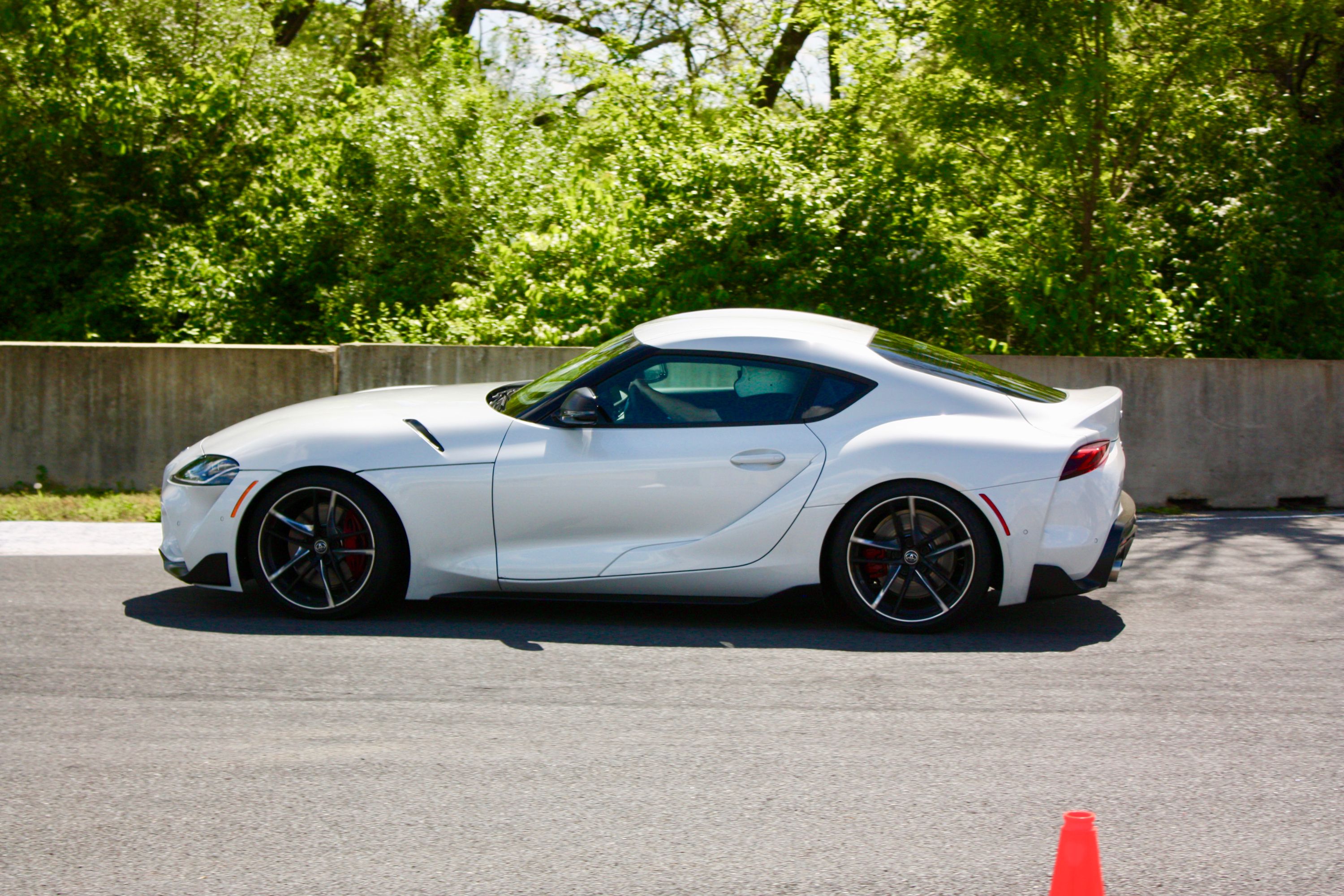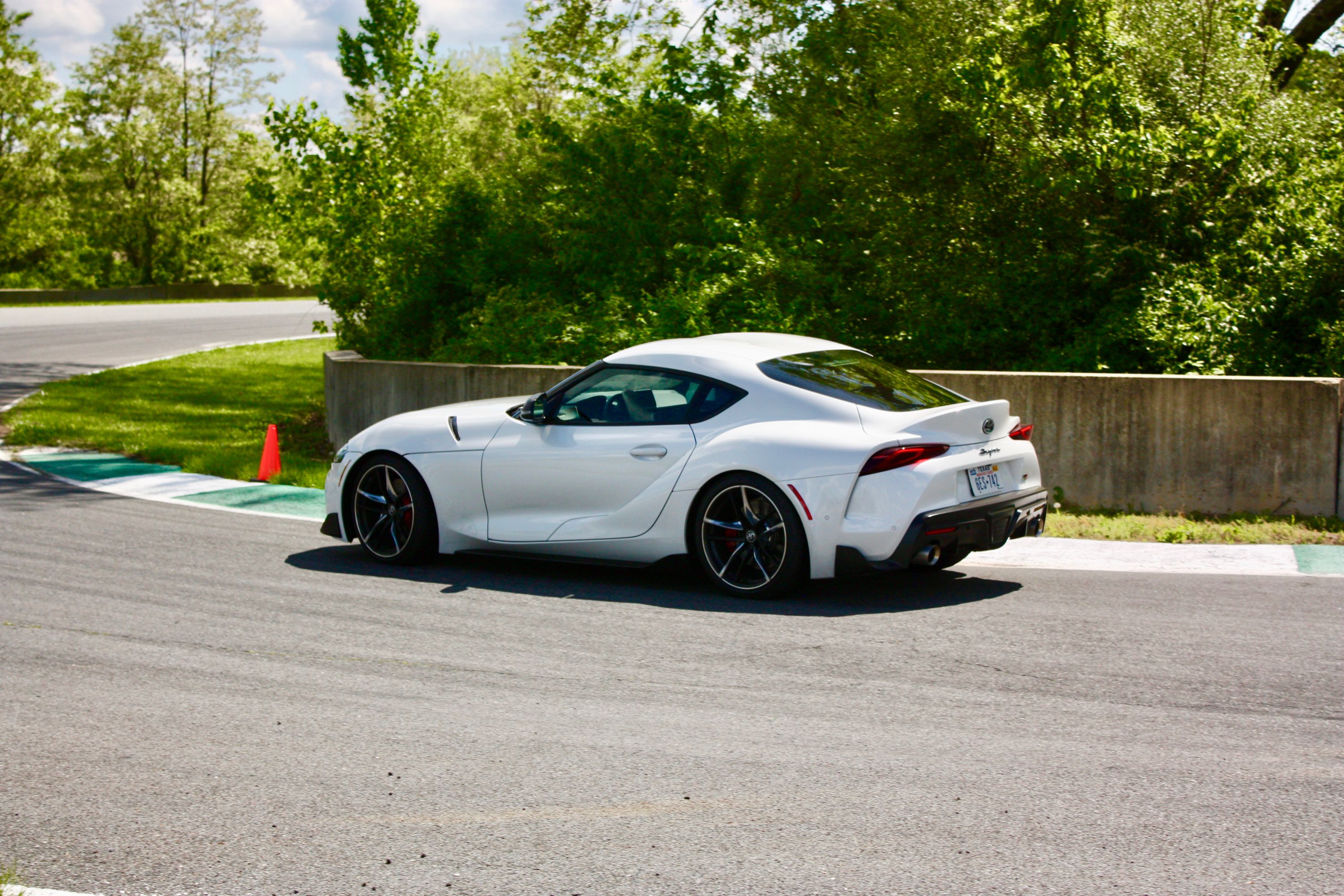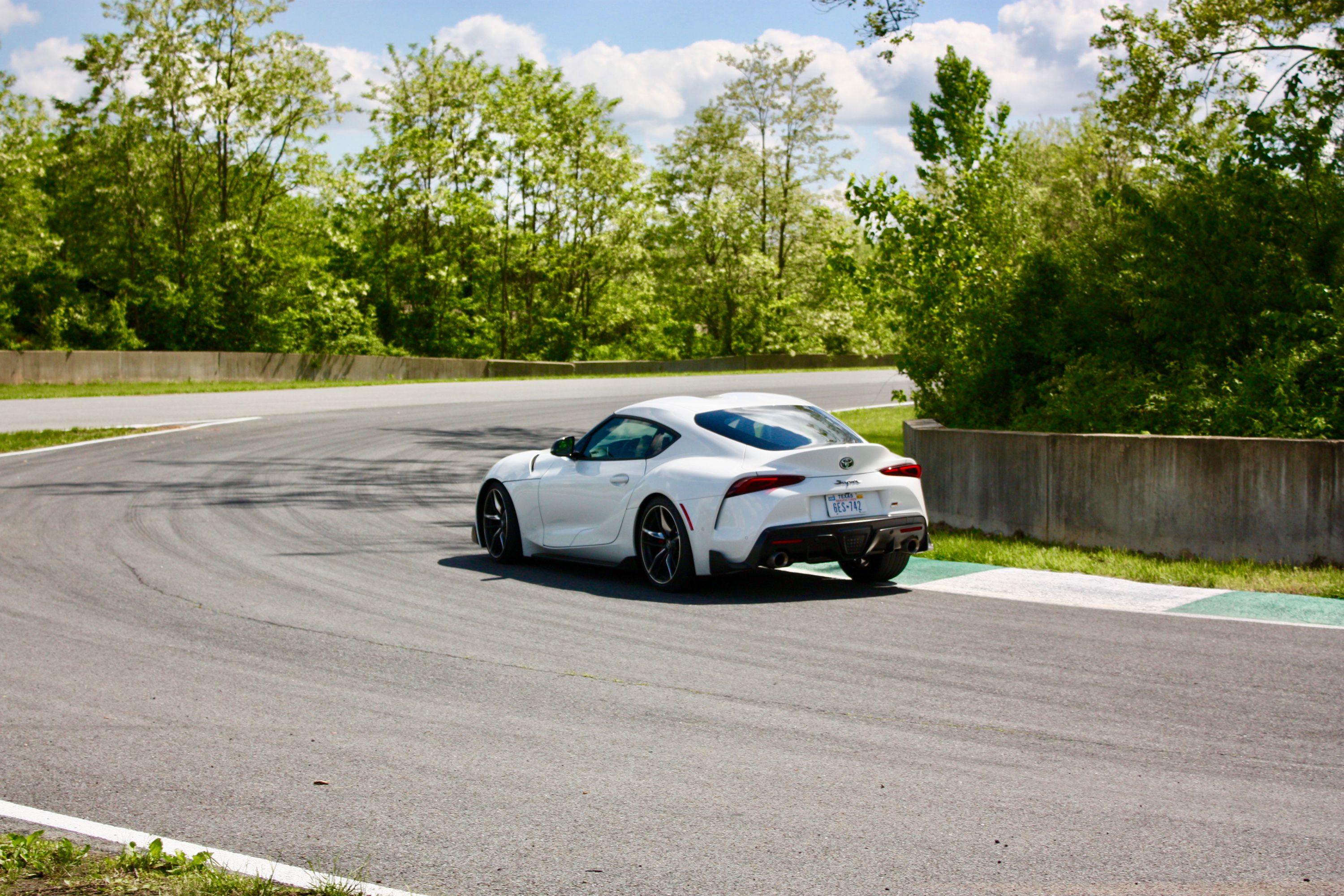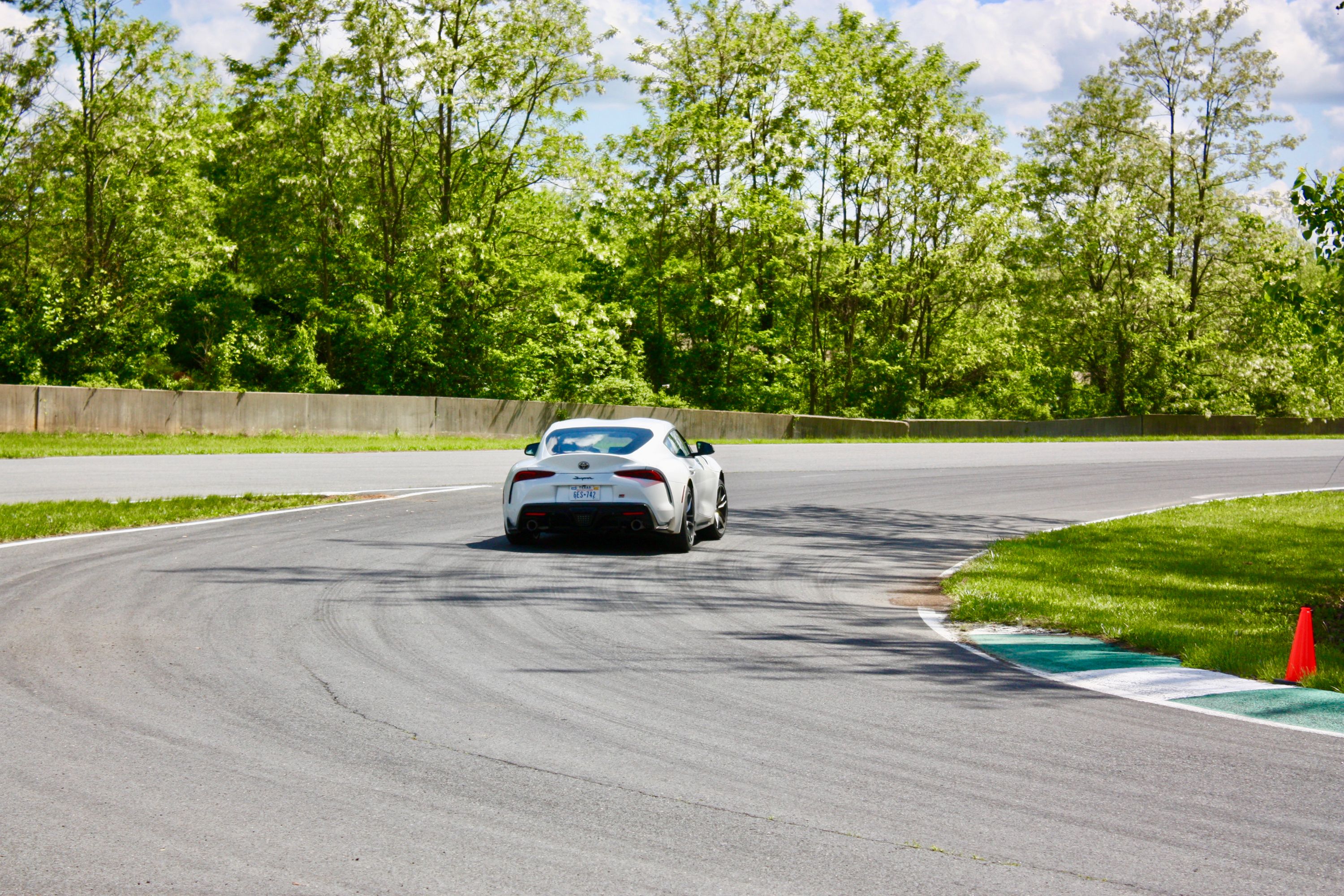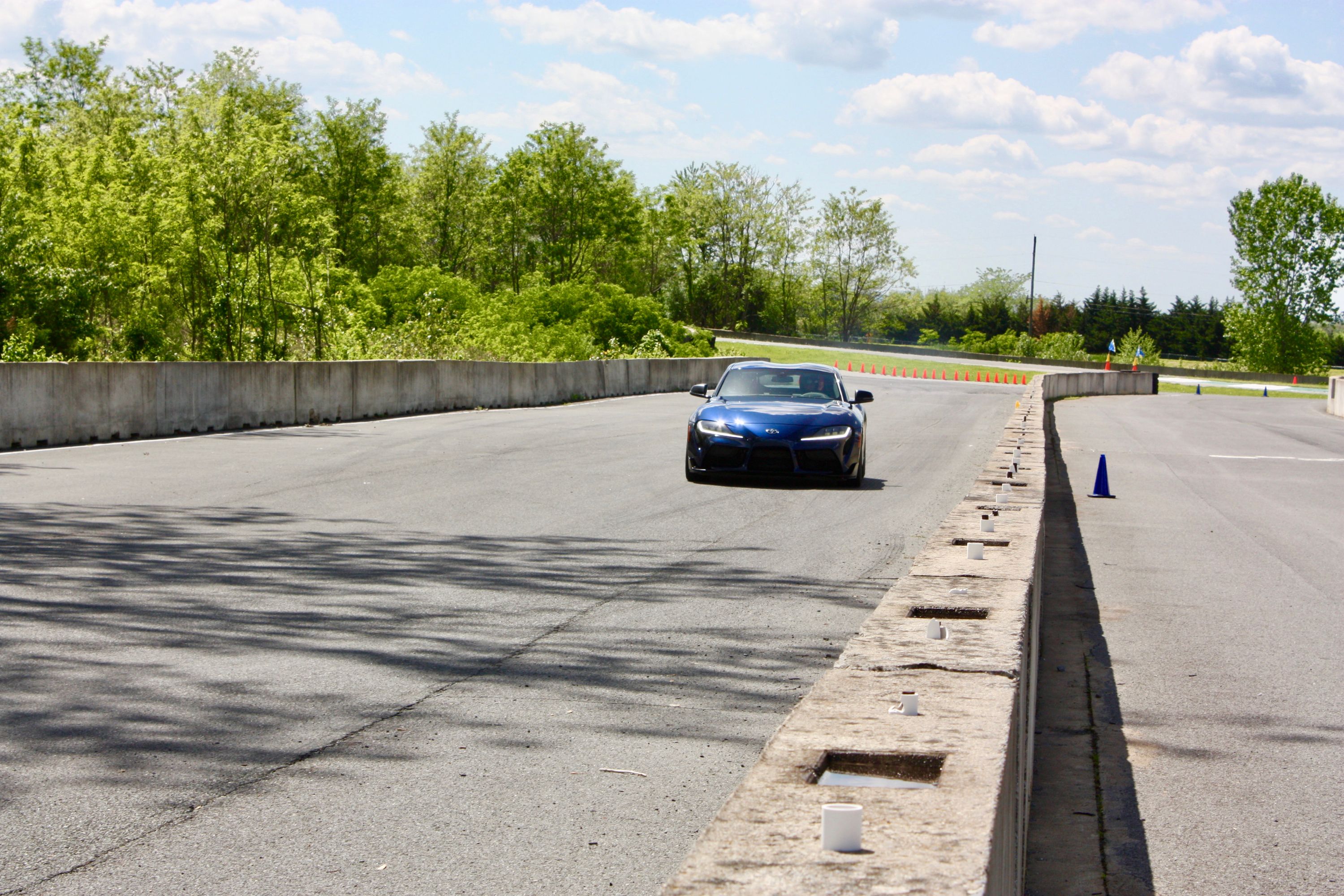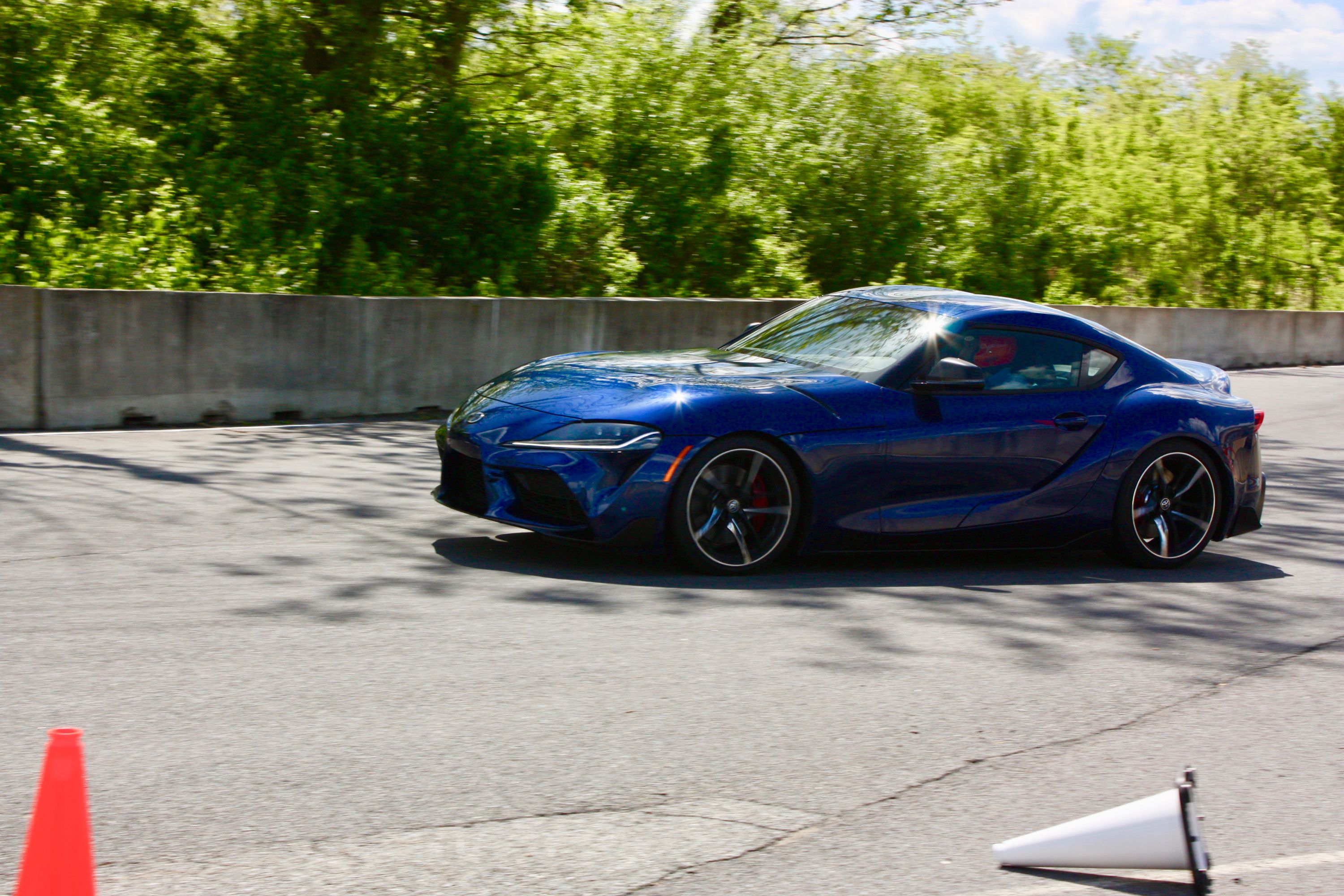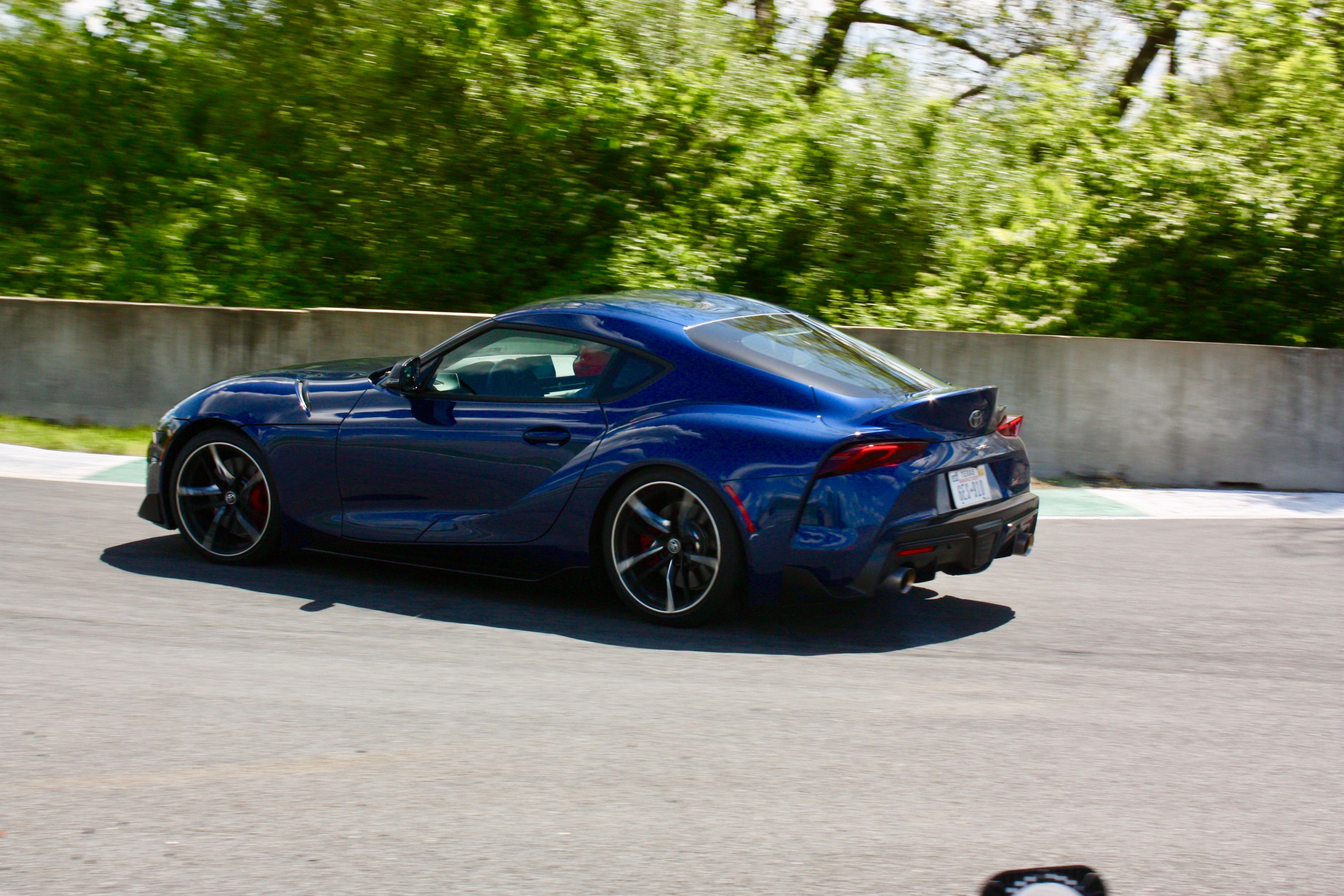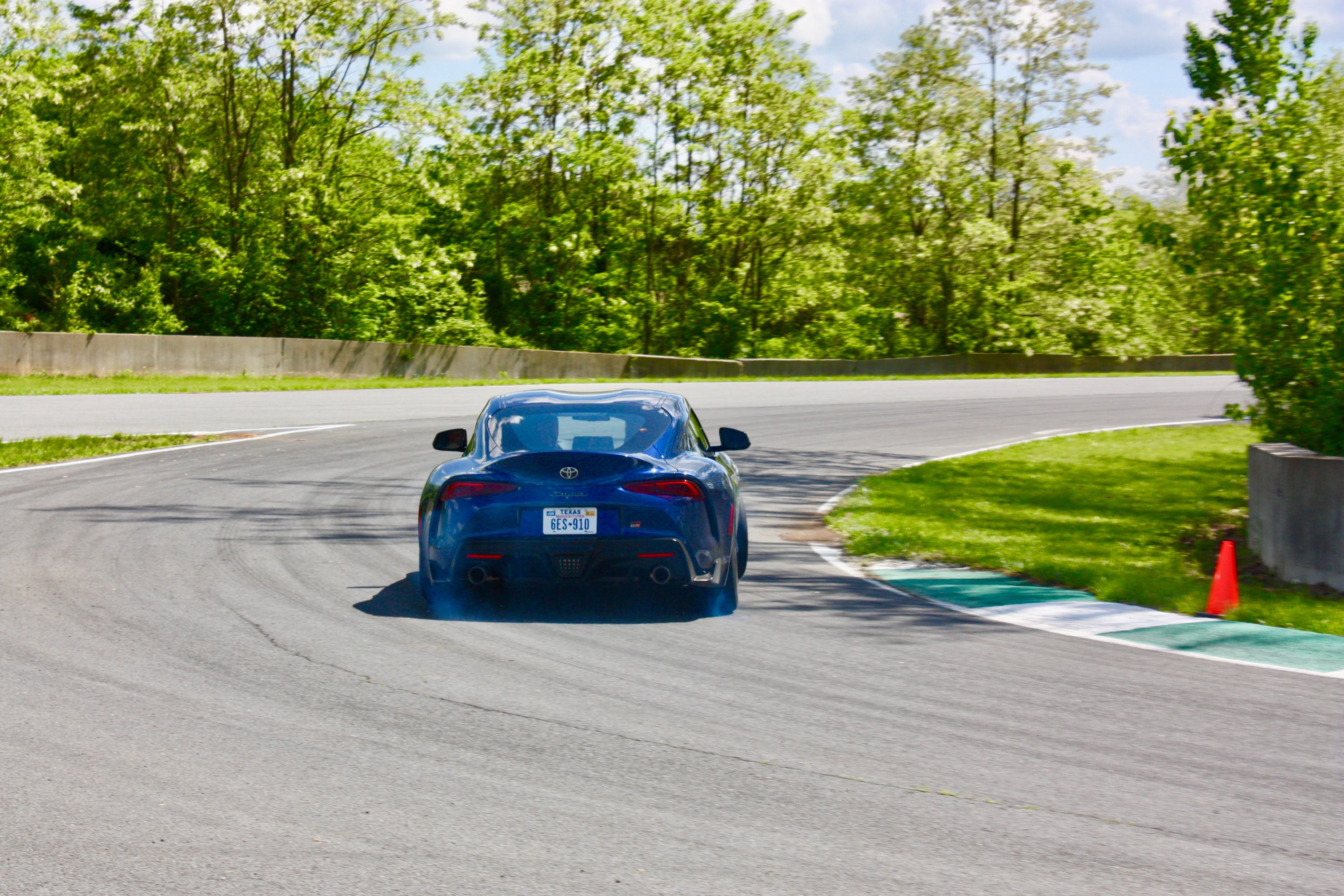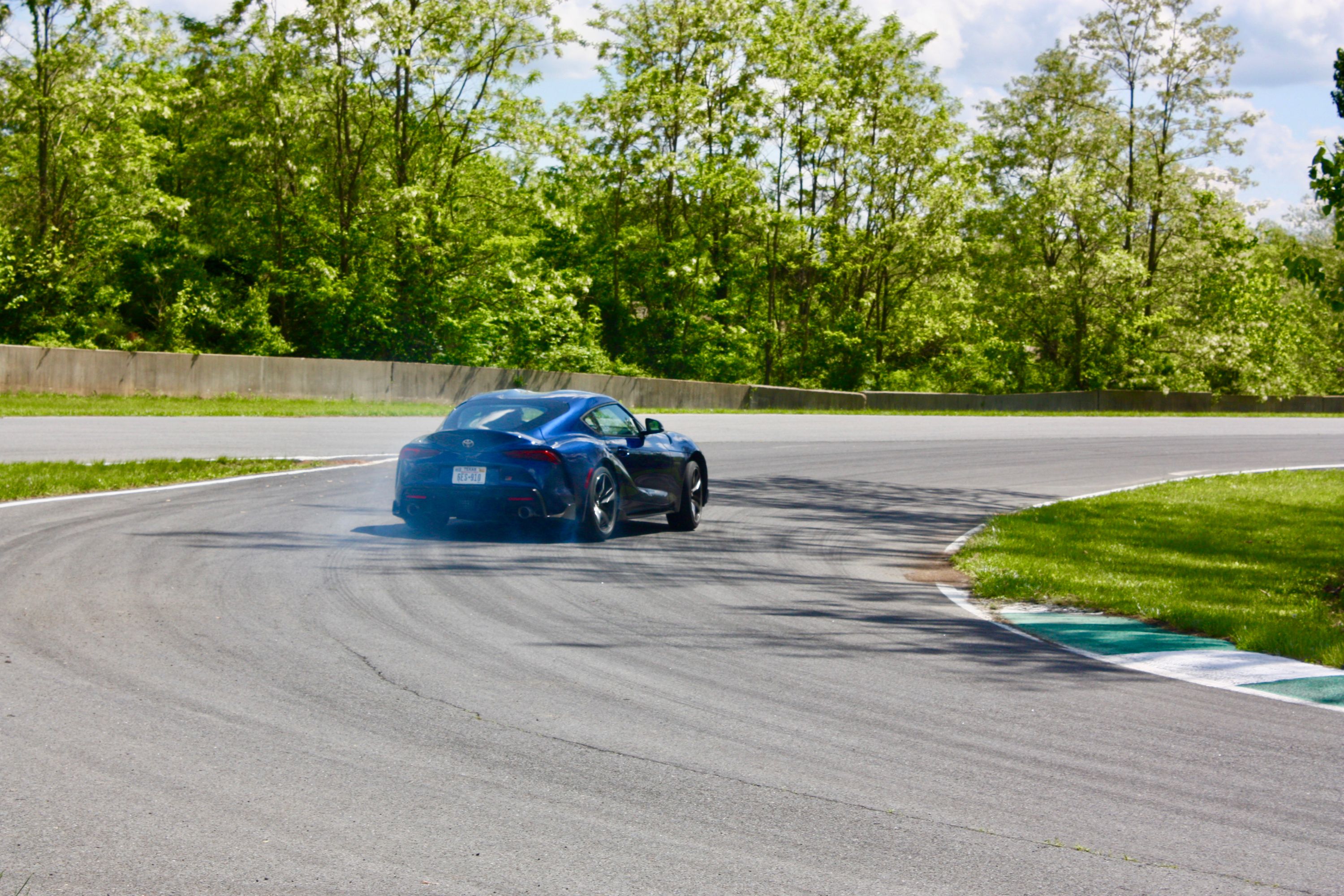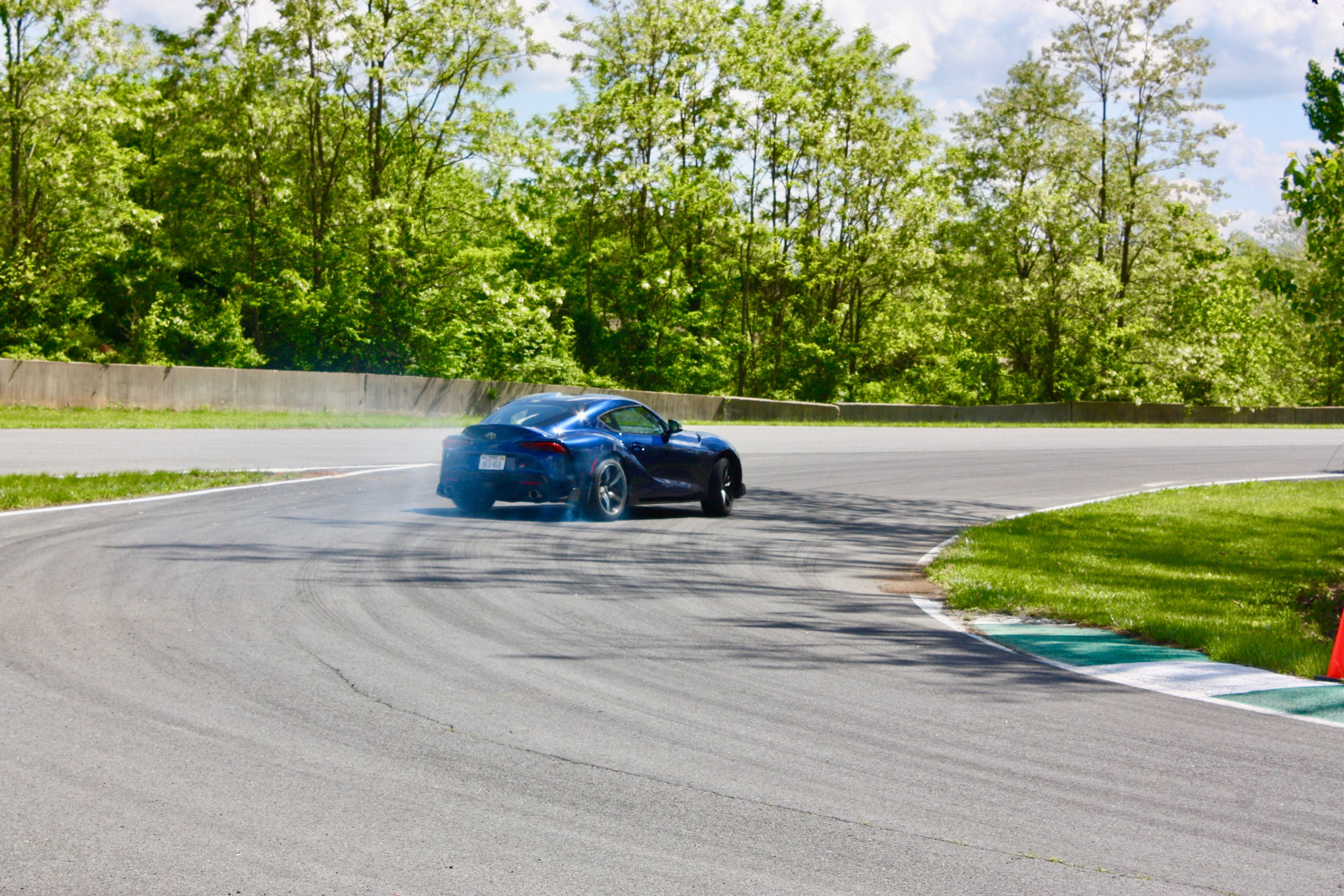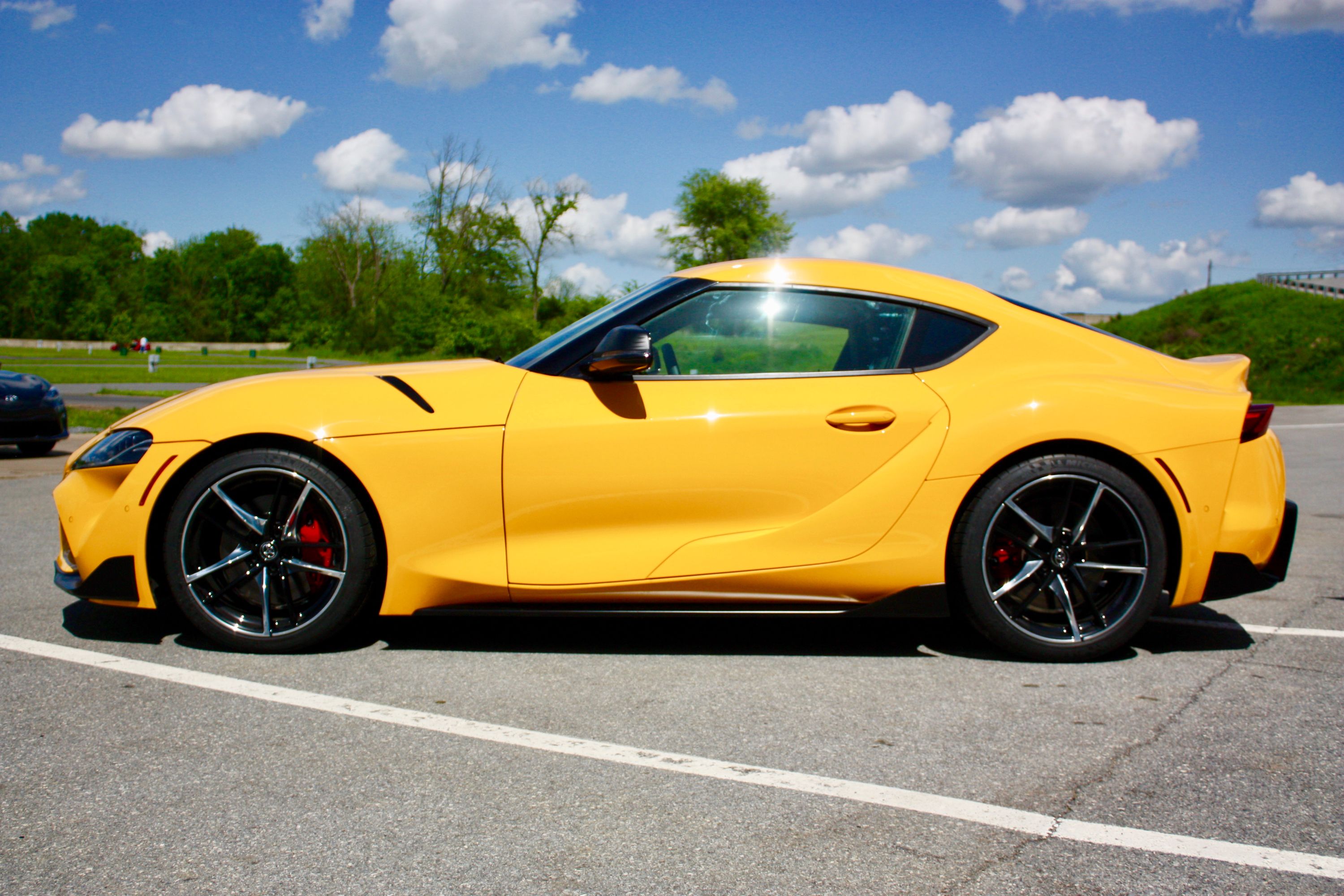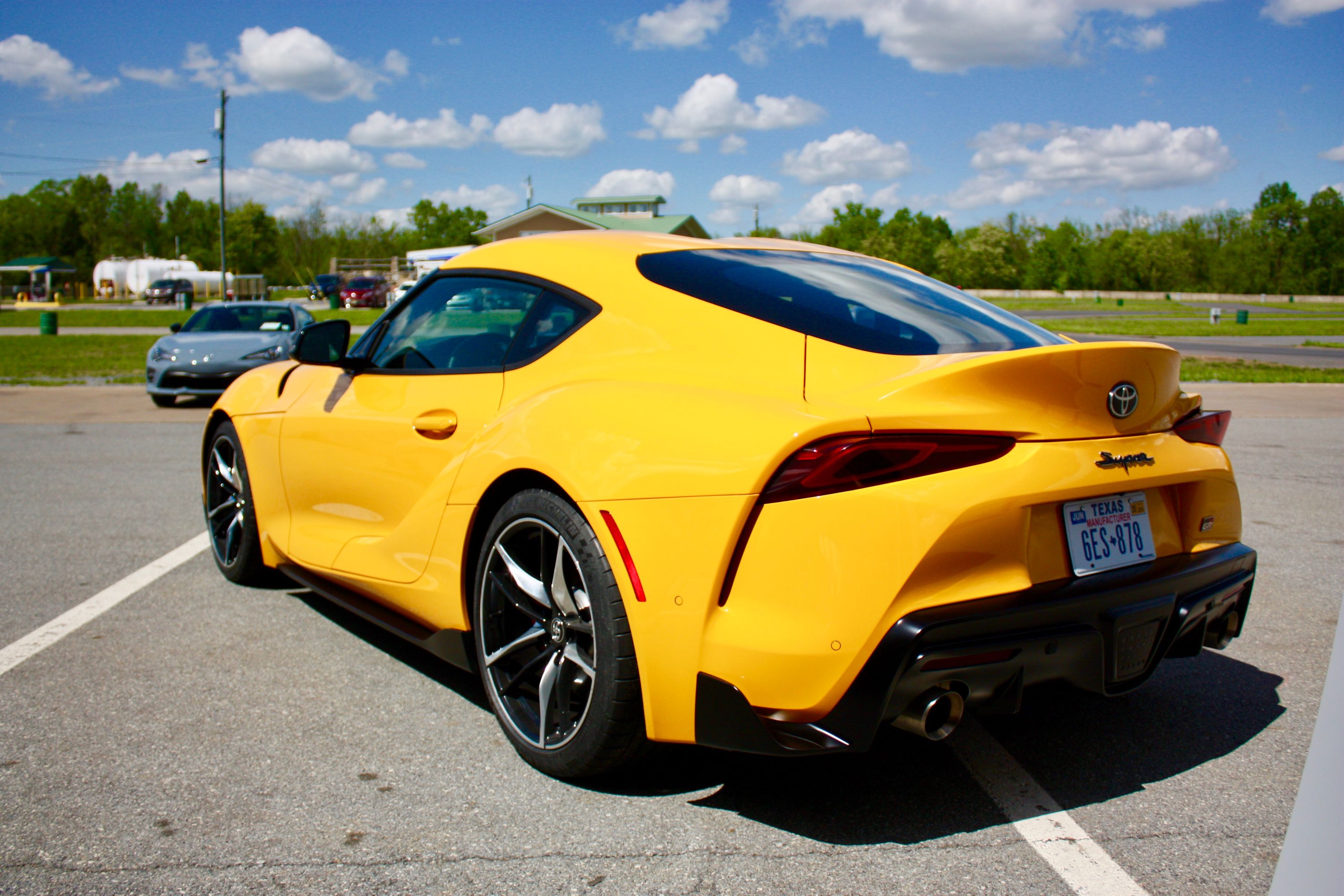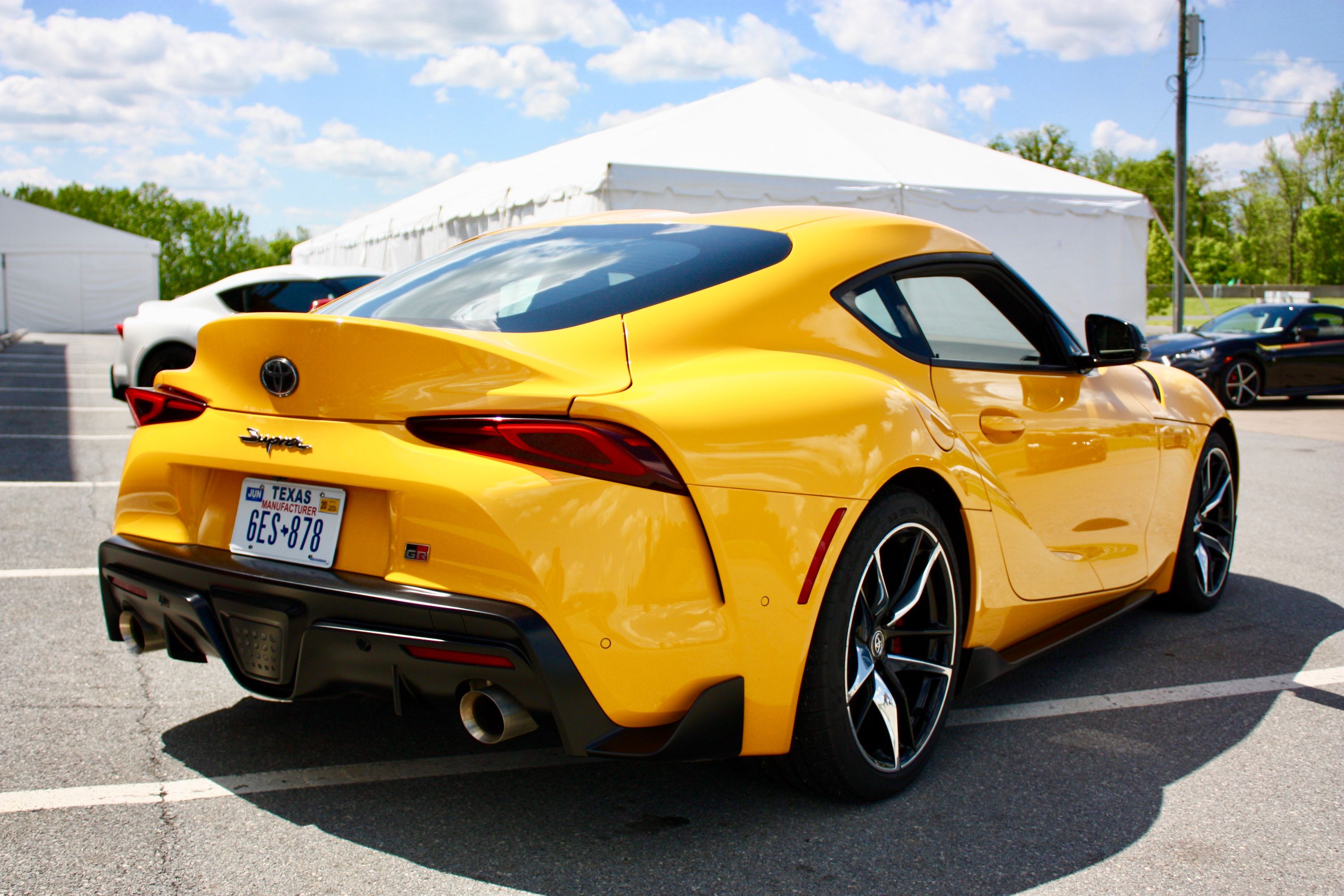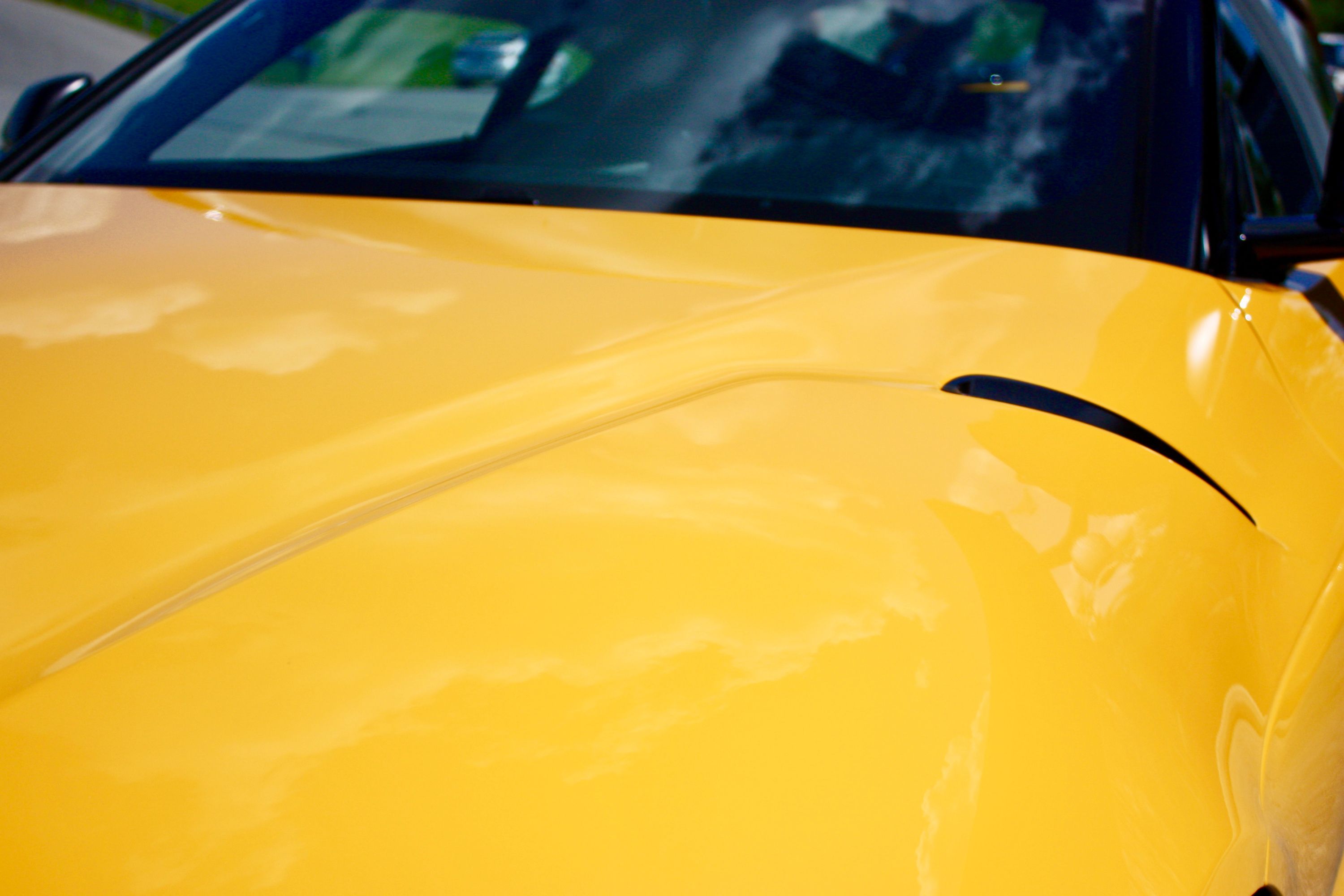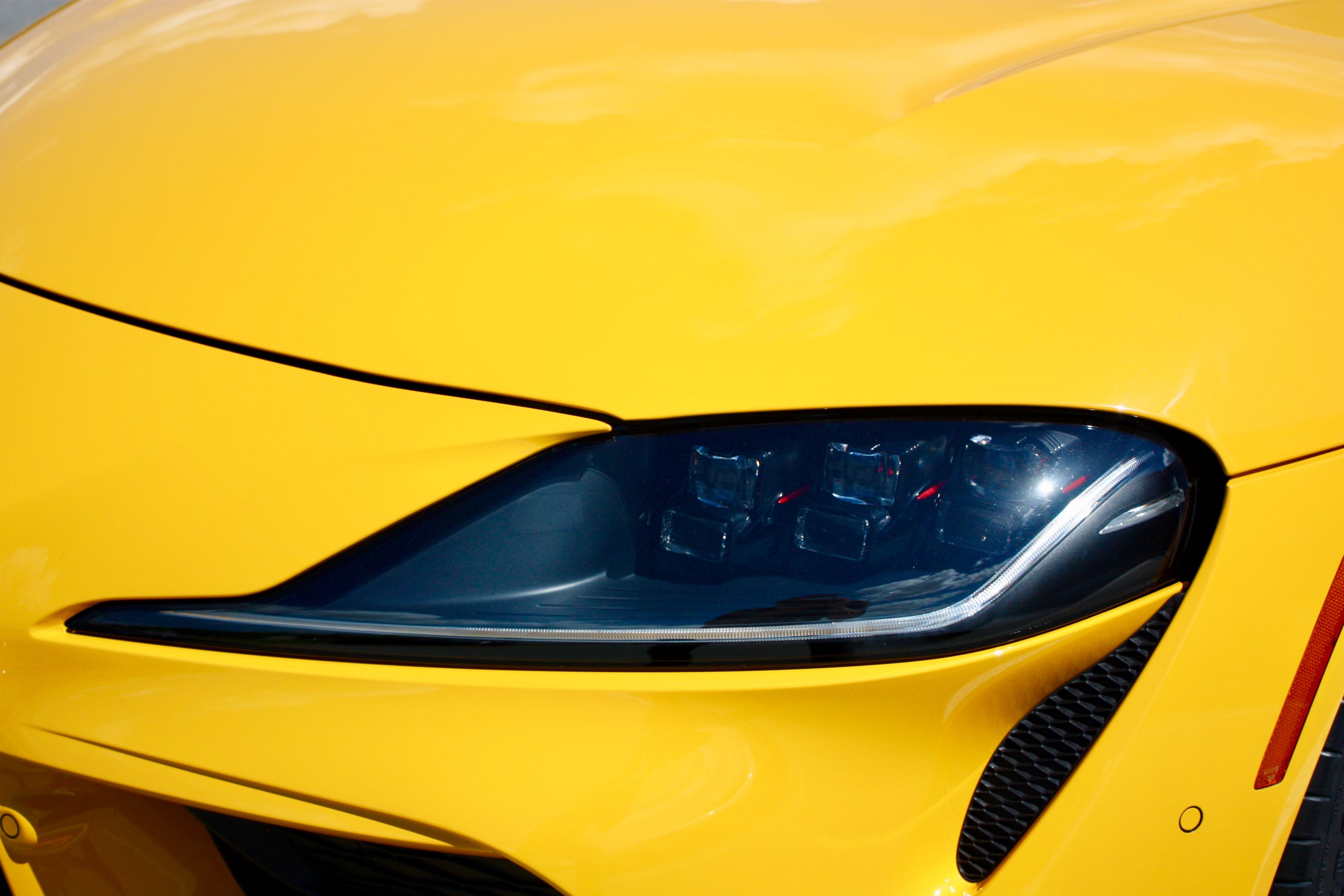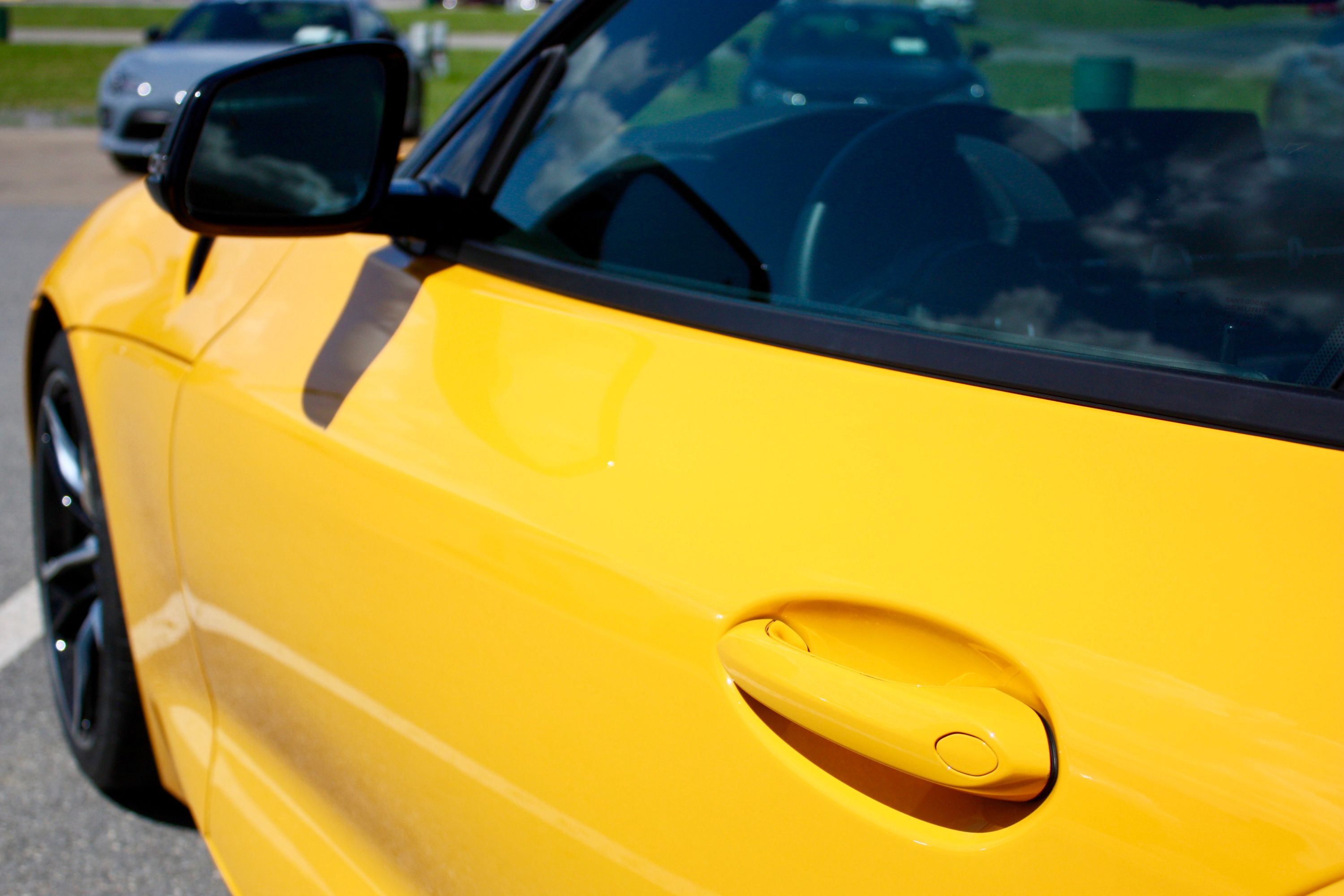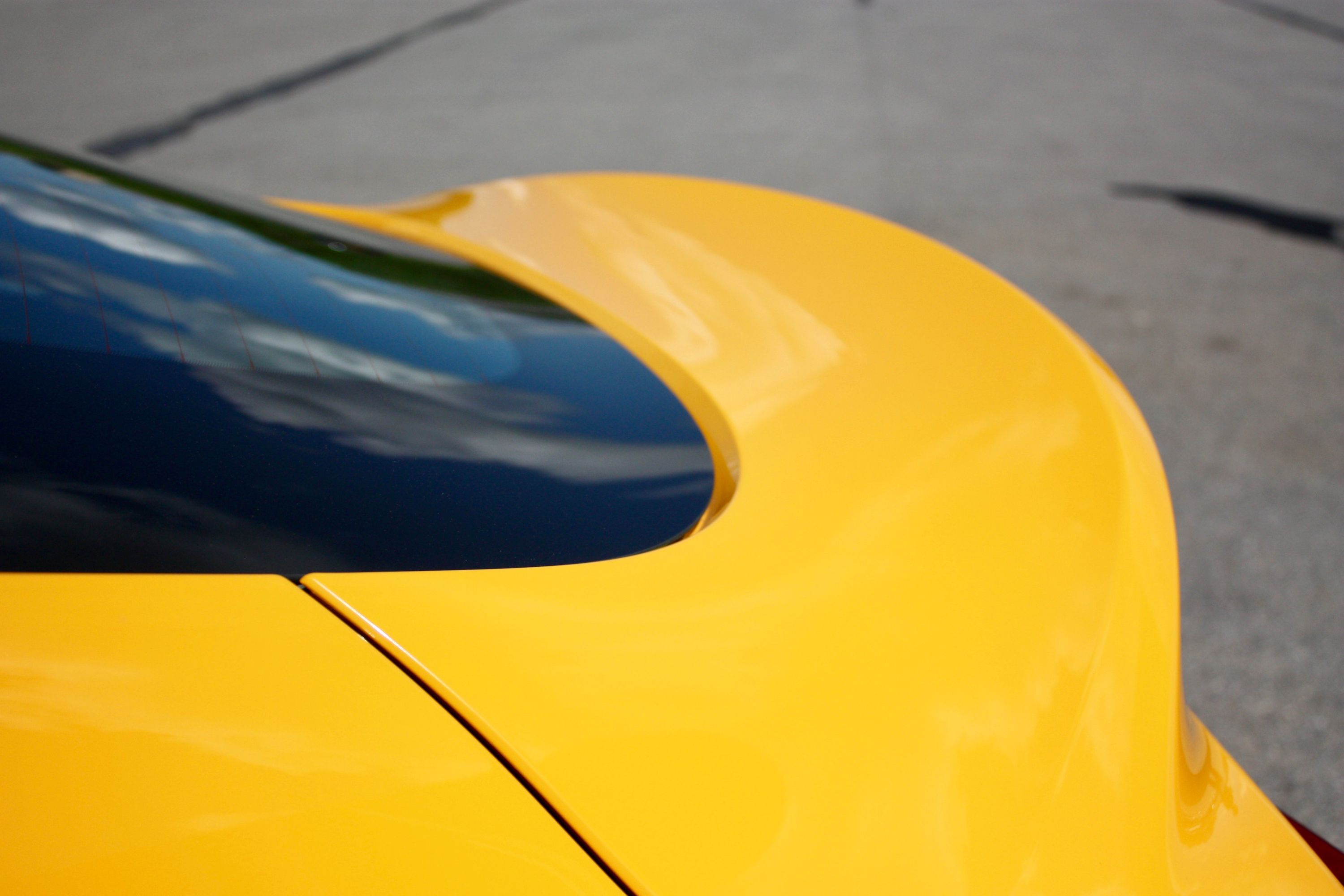Toyota introduced the Supra nameplate back in the late ‘70s with the A40 Celica Supra. The second-gen A60 arrived in 1981, followed by the third-gen A70 in 1986, and the fourth-gen A80 in 1993. Unfortunately, following dwindling sales numbers and stricter emissions laws, the U.S.-spec A80 got the axe in 1998. Now, more than two decades later, this import performance icon is back for an all-new fifth generation. Unsurprisingly, the Supra has been subjected to nearly endless scrutiny from both the motoring press and the enthusiast public, but first-hand experience has been sorely lacking. Until now, that is. Toyota flew me out to Virginia to drive the 2020 Supra both on a racetrack and on the street, and I found out exactly what it brings to the table.
2020 Toyota Supra - Driven
- Make: Array
- Model: 2020 Toyota Supra - Driven
- Engine/Motor: inline-6
- Horsepower: 335 @ 5000
- Torque: 365 @ 1600
- [do not use] Vehicle Model: Array
2020 Toyota Supra Exterior Styling
|
|
ids=838570,838571 |
no_overlay=false |
before_label=2020 Toyota Supra |
after_label=2014 Toyota FT-1 Concept> |
While many have derided the 2020 Supra as a departure from the excellent FT-1 concept that preceded it (myself included), I found that in person, it looks quite a bit more attractive. As is often the case with Toyota’s latest styling efforts, pictures simply don’t do it justice.
Up front, the Supra comes with pointed headlight housings that mix six-lens LED lighting with long, thin daytime running lights. The lower bumper gets a trio of intakes divided by sharp, vertically oriented aero blades, which continue the V-shape that starts in the hood.
Vents and intakes are everywhere on the Surpra, and surprisingly, they’re actually fully functional. Although they’re blocked off on the street car, Toyota says they can get uncorked for use in motorsport - something many folks are sure to do.
Exterior colors include Renaissance Red 2.0, Nitro Yellow, Downshift Blue, Absolute Zero White, Tungsten Silver, Turbulence Gray, Nocturnal Black, and the optional Phantom Matte Gray.
|
|
ids=838356,838357 |
no_overlay=false |
before_label=2020 Toyota Supra |
after_label=2019 Toyota 86> |
Generally speaking, I wouldn’t call the Supra beautiful, but I would say that it’s a striking thing to look at, and that my appreciation grows every time I see it.
2020 Toyota supra vs competition - exterior dimensions
|
Wheelbase: |
97.2 inches |
97.4 inches |
106.7 inches |
|---|---|---|---|
|
Overall Length: |
172.5 inches |
173 inches |
180 inches |
|
Overall Width: |
73 inches |
71 inches |
77 inches |
|
Overall Height: |
50.9 inches |
51 inches |
49 inches |
|
Track Width (front): |
62.8 inches |
60.1 inches |
63.6 inches |
|
Track Width (rear): |
62.6 inches |
60.6 inches |
62.5 inches |
2020 Toyota Supra Interior Design
The 2020 Toyota Supra offers an attractive, horizontally oriented cabin layout. The various design elements emphasize interior width with a variety of rectangular shapes, including the touchscreen mounted high on the dash, the hard buttons on the center console, and the air vents.
A maximum of two passengers will fit, which I think is actually a benefit - I’d rather have maximum space for two over a design that’s compromised to accommodate some half-ass rear bench.
Interior room is a little tight for larger folks, but as an individual that’s 6’1” and weighs about 190 pounds, I never felt uncomfortable. Headroom was a bit of an issue while wearing a helmet on the track, but beyond that, interior room is acceptable for a sports car, even after extended driving sessions on the road. Standard dual-zone climate control keeps it comfy.
Out on track, the standard sports seats do a fantastic job keeping you in place. On the street, these sitters can be a little confining, but hey - this is a sports car. You’re gonna want all the lateral support you can get.
The 2020 Toyota Supra gets a hatchback rear end, with a maximum of 10.1 cubic-feet of cargo space available for things. That’s a good deal less than what you get with the Chevrolet Corvette and 718 Cayman, both of which offer about 15 cubic-feet.
Still, I’d wager the Supra could fit a pair of golf bags or a pair of suitcases without too much trouble, although the small rear hatch opening doesn’t make it terribly easy to load stuff in and out. A pass-through to the front does make it a bit easier to accommodate long objects, though.
On the materials front, it’s a mixed bag. There’s leather in spots, with a combination of leather and Alcantara offered for the upholstery on the base model, and full-leather upholstery offered higher in the range. There’s also leather for the multi-function three-spoke steering wheel as standard across the line. However, there’s also a good amount of cheaper plastic bits intermingled with the fine hide.
Handling infotainment duties is a standard 6.5-inch touchscreen, which pairs with a digital multi-information display behind the steering wheel. There’s also Bluetooth support and a 10-speaker audio system. Options include navigation and 12-speaker audio.
Higher in the range, the Supra comes with an upgraded 8.8-inch touchscreen, as well as Apple CarPlay, 12-speaker audio, wireless phone charging, a heads-up display, and a heating function for the leather-clad seats.
Generally speaking, the infotainment was a bit fussy to use, but at least there’s Apple CarPlay available to keep it simple for iOS users.
Standard safety features include the usual Toyota lineup, such as:
-* forward collision warning
-* automatic emergency braking with pedestrian detection
-* lane departure warning with steering assist
-* automatic high-beam headlights
Further safety and convenience features can be had with the Driver Assist Package, which adds in:
-* full-speed adaptive cruise control
-* blind spot monitor
-* rear cross traffic alert
-* parking sonar
2020 Toyota Supra interior dimensions
|
Seating Capacity: |
2 |
2 |
2 |
|---|---|---|---|
|
Headroom: |
38.3 inches |
39.1 inches |
37.9 inches |
|
Legroom: |
42.2 inches |
42.2 inches |
43 inches |
|
Shoulder Room: |
54.4 inches |
N/A |
55.2 inches |
|
Passenger Volume: |
50.9 cubic-feet |
N/A |
52 inches |
|
Cargo Room: |
10.1 cubic-feet |
14.9 cubic-feet |
15 cubic-feet |
2020 Toyota Supra Drivetrain And Performance
Without a doubt, the 2020 Toyota Supra’s biggest strength is on the track, where input from Toyota’s performance division, Gazoo Racing, starts to really shine through.
It all starts with the front-mounted, BMW-sourced B58 engine. Peak output from this turbocharged 3.0-liter inline six-cylinder engine is rated at 335 horsepower at 5,000 rpm and 365 pound-feet of torque at 1,600 rpm, with boost provided by a single twin-scroll turbo.
The engine feels meaty and responsive, offering a ton of low-end grunt as soon as you crack the go pedal. The sprint to 60 mph takes just 4.1 seconds, while top speed is limited at electronically 155 mph. However, with the governor eliminated, we think it’ll do 175 mph.
Routing the muscle to the rear axle is an eight-speed automatic transmission with paddle shifters. Also known as the ZF 8HP, this transmission can be found across the industry, and it mates well to the Supra’s ‘six, providing quick shifts and seamless operation.
2020 Toyota Supra engine specifications
|
Engine |
turbocharged 3.0-liter inline six-cylinder |
|---|---|
|
Horsepower |
335 hp at 5,000 rpm |
|
Torque |
365 lb-ft at 1,600 rpm |
|
0-60 mph |
4.1 seconds |
|
Top Speed (electronically limited) |
155 mph |
|
Top Speed (no limiter) |
175 mph (est.) |
|
Transmission |
eight-speed automatic |
Granted, I would prefer if Toyota offered a manual, but that’s a given. Nothing beats the connection you feel with a true-blue three-pedal setup, so hopefully Toyota will provide one in the future. This car deserves it.
Helping to put the power down is an active rear differential with 0-100 percent stepless variable locking. Out on track, I could definitely feel this thing working with me to extract every last tenth, scrambling on the bumpy race surface and adjusting to my inputs without issue.
Under the skin, the 2020 Toyota’s Supra platform is very rigid - in fact, it’s several times more rigid than the Toyota 86. Paired with the short wheelbase and wide track, it makes the Supra an absolute blast to drive fast.
Handling the heft are double-joint spring struts in front and a multi-link setup in the rear. Adaptive dampers are standard across the line, providing adjustable damping on the fly that works perfectly with the electronic diff. The same can be said for the variable electric steering, which provides more weight in the proper sport setting.
Wheel and tire sizing is staggered, with 9 inches of width in front and 10 inches of width in the rear. Making the grip are Michelin Pilot Super Sport rubber, which are measured at 255/35R19 in front and 275/35R19 in the rear.
I was surprised by how neutral the Supra handled, especially with those wider rear tires. Toyota’s engineers really spent a long time tuning this thing to make sure it performed as intended on the track, and it shows.
Throwing the anchor are large brakes, including 13.7-inch front discs mated to four-pot Brembo calipers. Lap after lap, these provided plenty of stopping power, and fade was minimal.
2020 Toyota Supra Suspension And Drivetrain
|
Differential: |
active electronic rear differential |
|---|---|
|
Suspension: |
double-joint type MacPherson strut in front, multi-link setup five-arm in rear |
|
Dampers: |
adaptive |
|
Steering: |
electric, variable ratio |
|
Brakes: |
ventilated discs, Brembo four-pot calipers with 13.7-inch discs in front, single-pot calipers with 13.6-inch discs in rear |
|
Tires: |
Michelin Pilot Super Sport, 255/35R19 in front, 275/35R19 in rear |
The whole thing weighs in at just under 3,400 pounds, with the weight distributed in an even 50/50 ratio front to back. It’s also worth mentioning that the center of gravity is lower than that of the Toyota 86.
2020 Toyota Supra Prices
The 2020 Toyota Supra made its official public debut at the 2019 Detroit Auto Show.
Two grade levels are on offer, including the base-level 3.0, and the upgraded 3.0 Premium. There’s also the limited Launch Edition, which will be offered with the first 1,500 units produced.
Pricing starts at $49,990 for the 3.0, $53,990 for the 3.0 Premium, and $55,250 for the Launch Edition.
Options include the Driver Assist Package for $1,195, while the Navigation and JBL Audio package can be had with the 3.0 grade level for $2,460.
Go for the Launch Edition, and you’ll have three paint options to choose from, including Absolute Zero White, Nocturnal Black, and Renaissance Red 2.0. Upgrades include contrasting mirror caps and unique 19-inch black alloy wheels. Inside, the Launch Edition is outfitted with red seat upholstery and red leather for the steering wheel, plus a carbon fiber badge declaring the vehicle’s limited-edition status, complete with a signature from Toyota’ President, Akio Toyoda.
2020 Toyota Supra Competition
Porsche 718 Cayman
Starting at $56,900, the Porsche 718 Cayman certainly makes for a strong rival to the 2020 Toyota Supra. Mounted midship is a turbocharged 2.0-liter boxer four-cylinder engine, which produces a maximum of 300 horsepower and 280 pound-feet of torque. Sent to the ground by way of a seven-speed PDK automatic transmission, it’s enough muscle to hit 60 mph in 4.5 seconds, assuming you’ve got the optional Sport Chrono Package equipped. There’s also a six-speed manual if you prefer to row your own. Inside, luxury features like leather everything keep it feeling high-end, but expect to pay extra to get ‘em.
Read our full review on the Porsche 718 Cayman.
Chevrolet Corvette
If it’s raw horsepower and specs that you’re after, the Chevy Corvette might be the better option. Priced at $55,900, the base-model ‘Vette is a bit pricier than the Supra, but for the money you get a fire-breathing ‘Merican V-8 spitting out as much as 455 horsepower and 460 pound-feet of torque. Both a seven-speed manual and an eight-speed automatic are on deck for the cog swaps. Properly motivated, the Corvette will sprint to 60 mph in less than 4 seconds, and with acres of tire in the corners, plus the optional adaptive suspension, it’ll rip up a racetrack with the best of them.
Read our full review on the Chevrolet Corvette Stingray.
Final Thoughts
All told, the 2020 Toyota Supra is one of the best sports cars on the market, no question about it. The engine is powerful and sonorous, shoving the coupe forward with plenty of low-end torque, while the suspension and electronic differential keep it planted without issue. The chassis is so good, you easily walk right up to the limit of adhesion, dance around it, step over it, and the car won’t fling you off into the tire wall. It’s forgiving and predictable, exactly what you want if maximum driving pleasure is what you’re after. Despite pushing it on an unfamiliar and bumpy race track, I never once had a “pucker moment.”
Of course, with such laser-focus on performance and handling, there are a few concessions to be made. There isn’t much cargo room, the seats can be a little tight for larger folks, and headroom is at a premium for the very tall. The infotainment is fussy as well.
Also, the lack of a manual transmission option could be an issue for those enthusiasts used to the direct connection that only a three-pedal setup can provide.
But beyond those criticisms, the Supra is wonderful. Quite frankly, I don’t know why anyone would want to put another Porsche or ‘Vette on the road when they could have the 2020 Toyota Supra.
Further Reading
Read our review of the 2020 Toyota Supra
How Much BMW DNA Can Be Found In The 2020 Toyota Supra?
14 Little-Know Facts About The 2020 Toyota Supra A90

